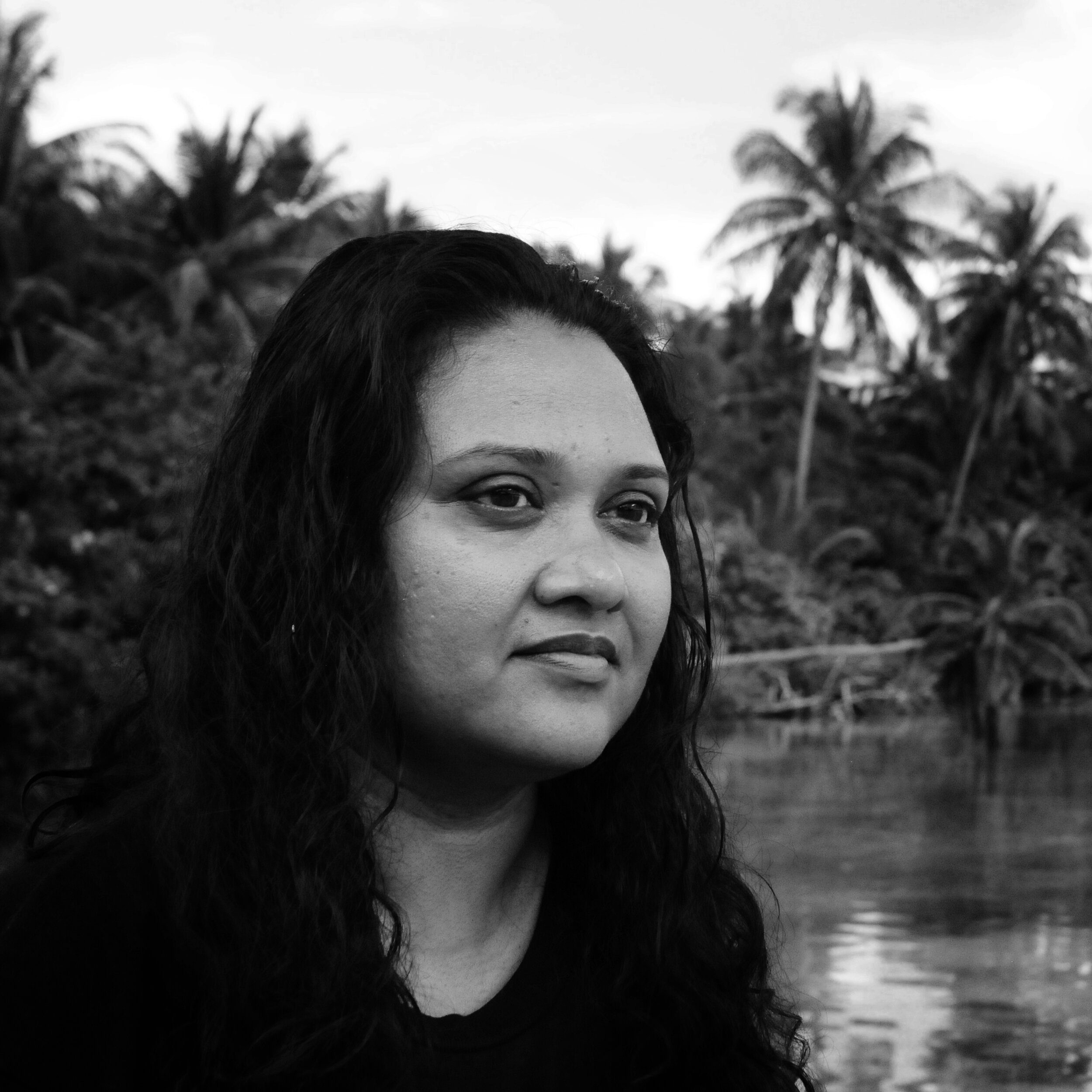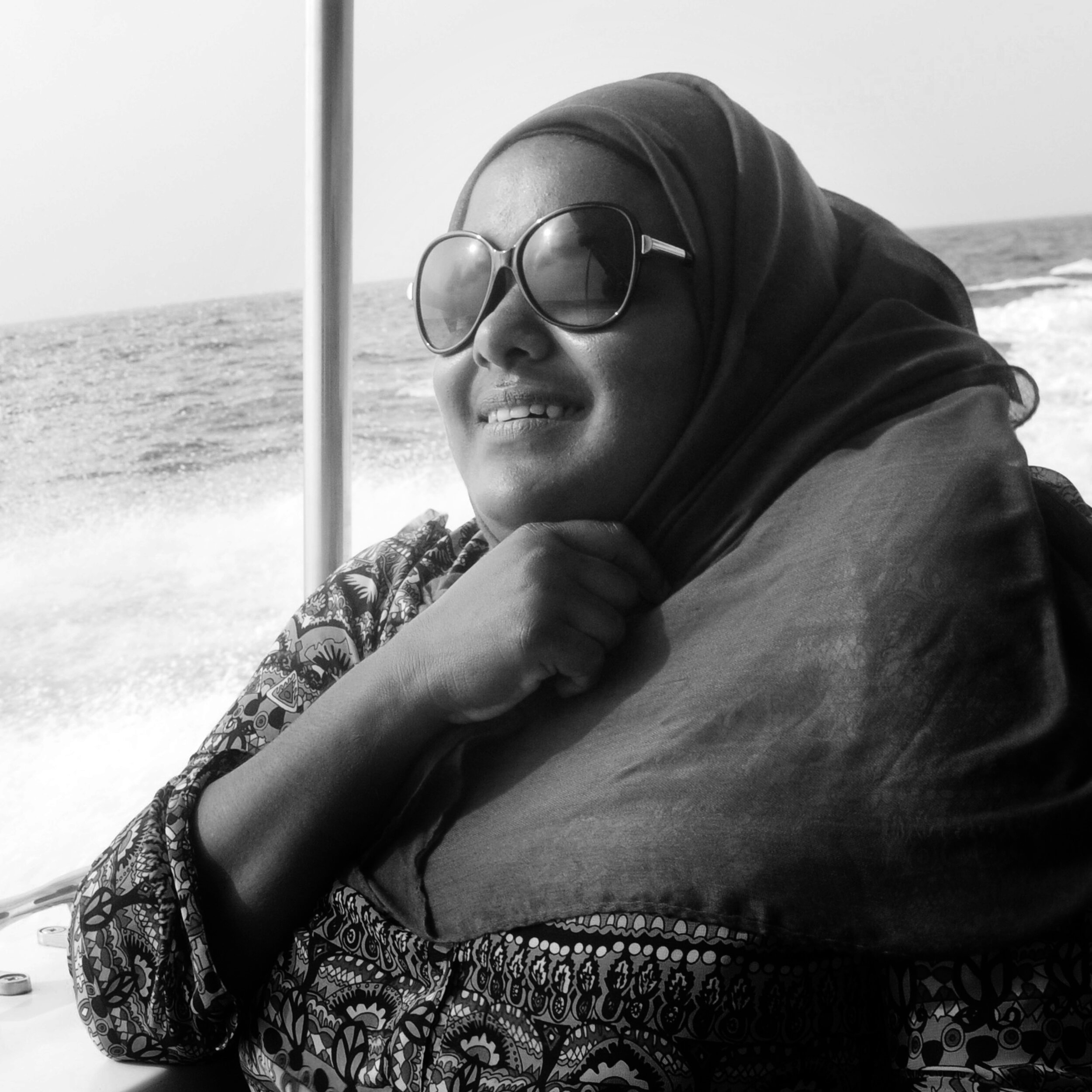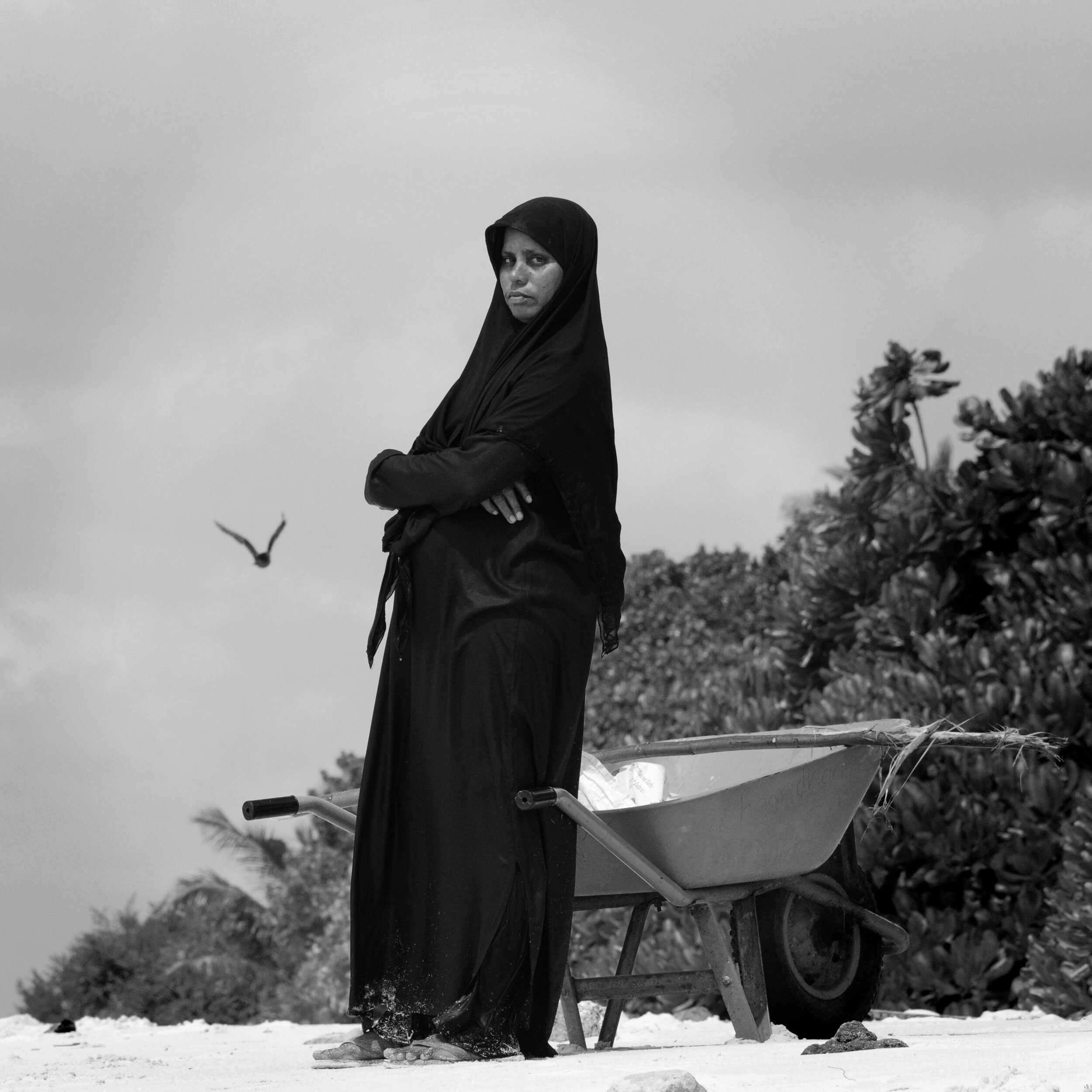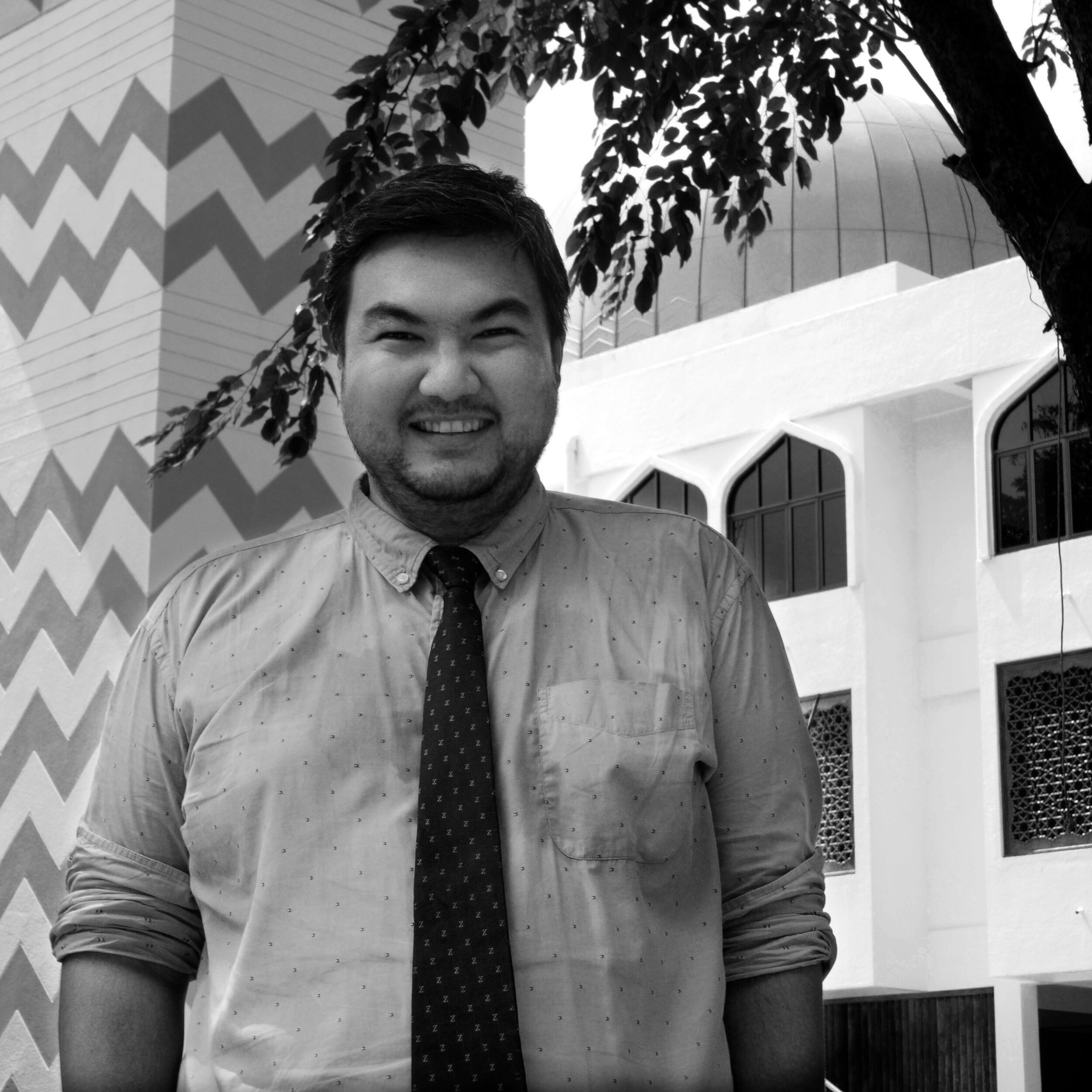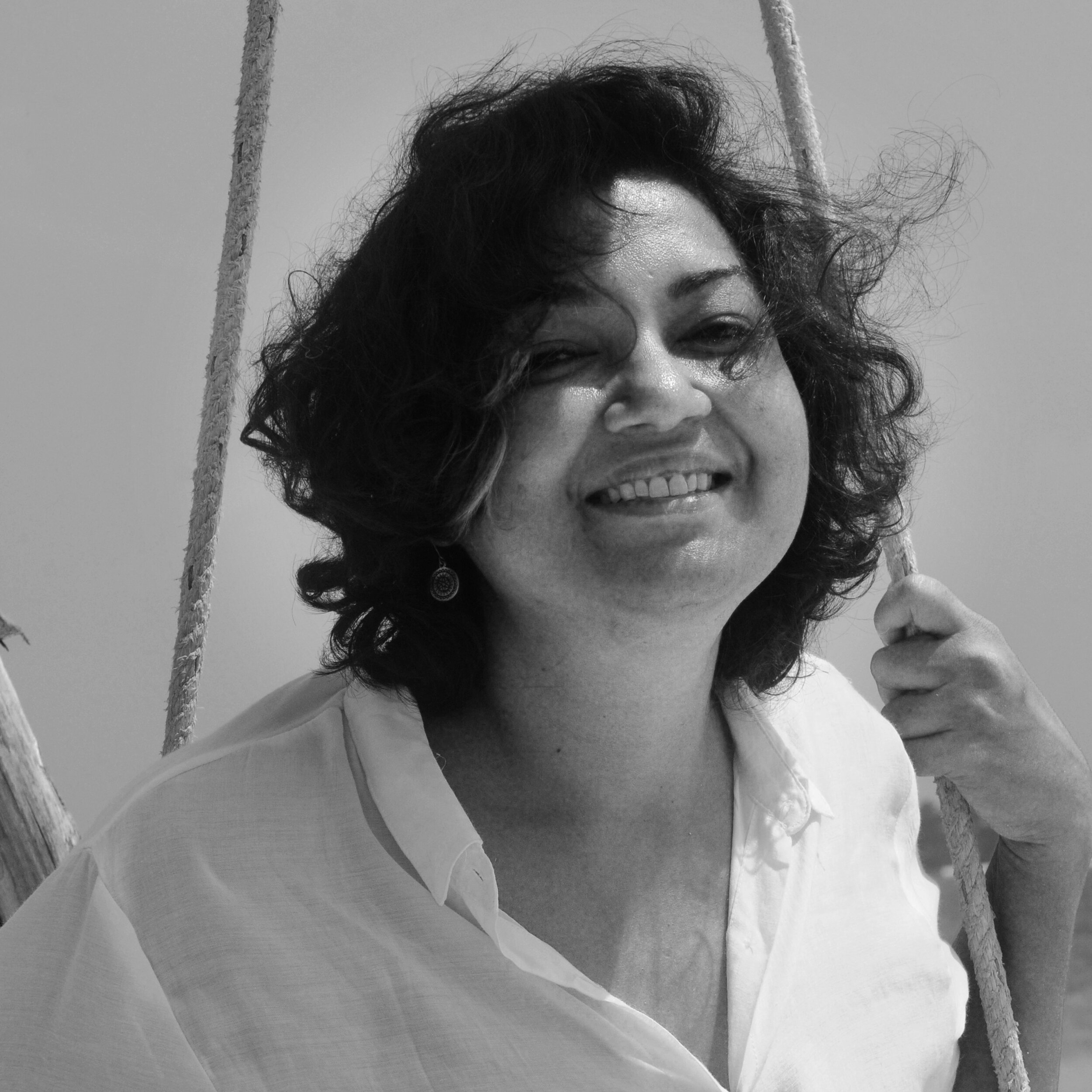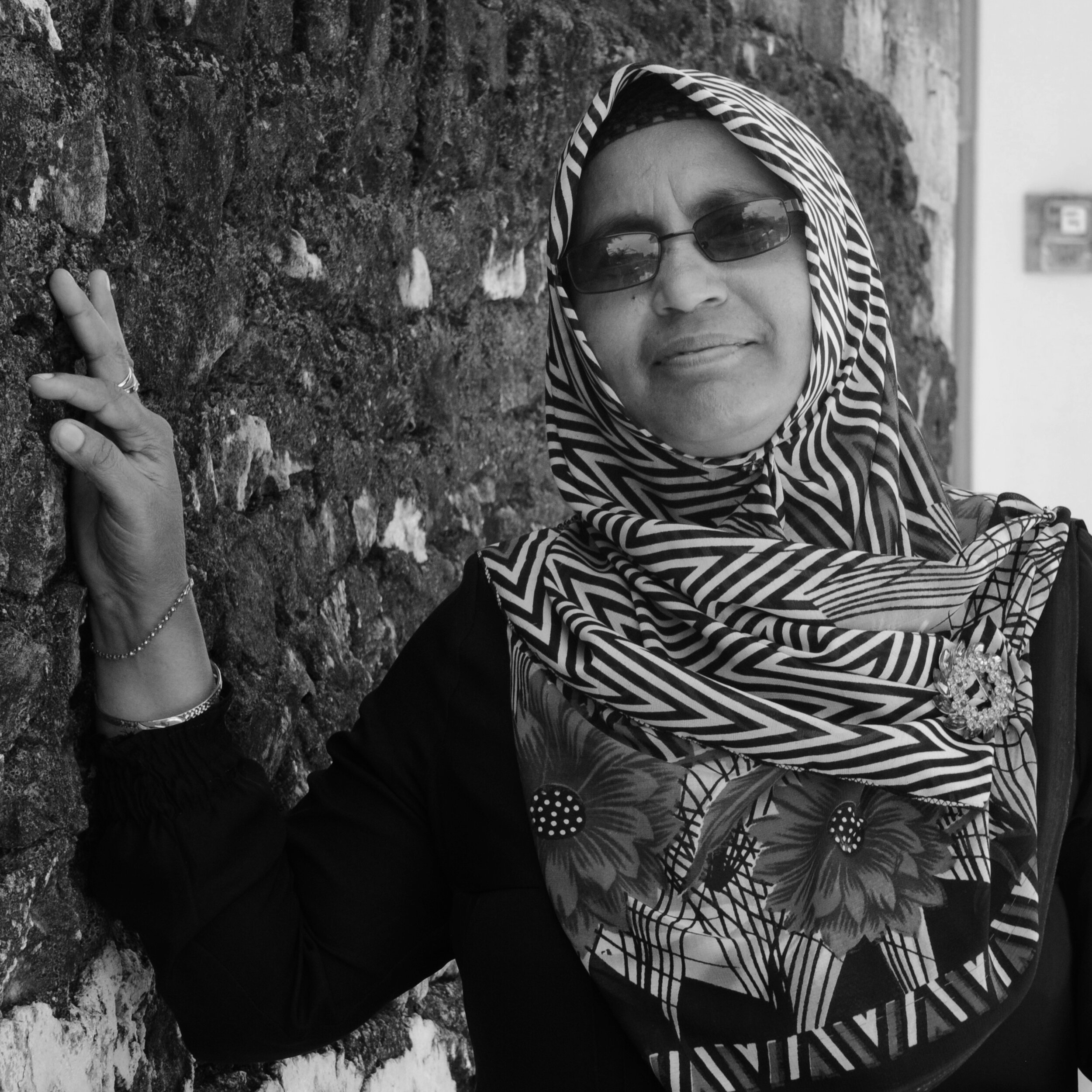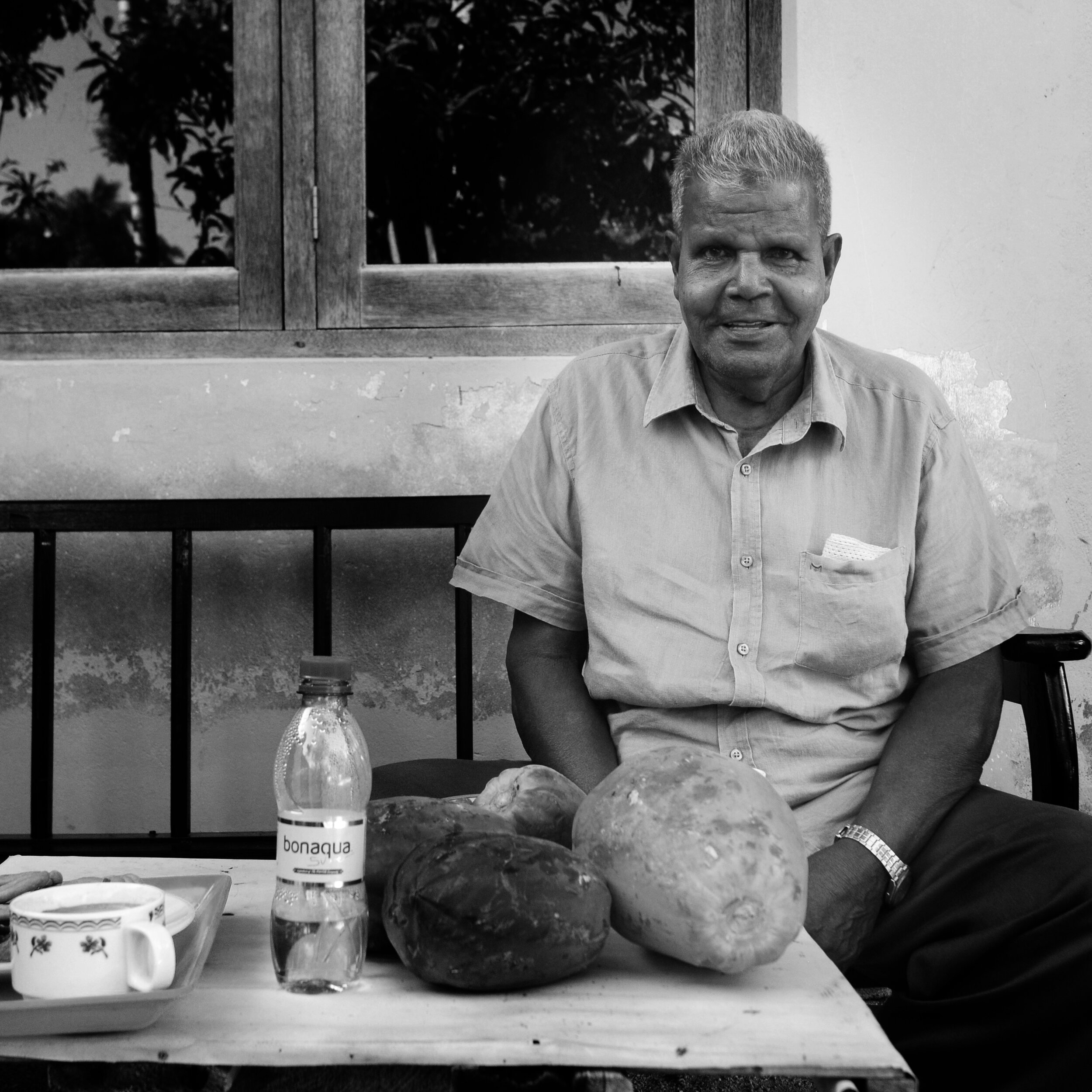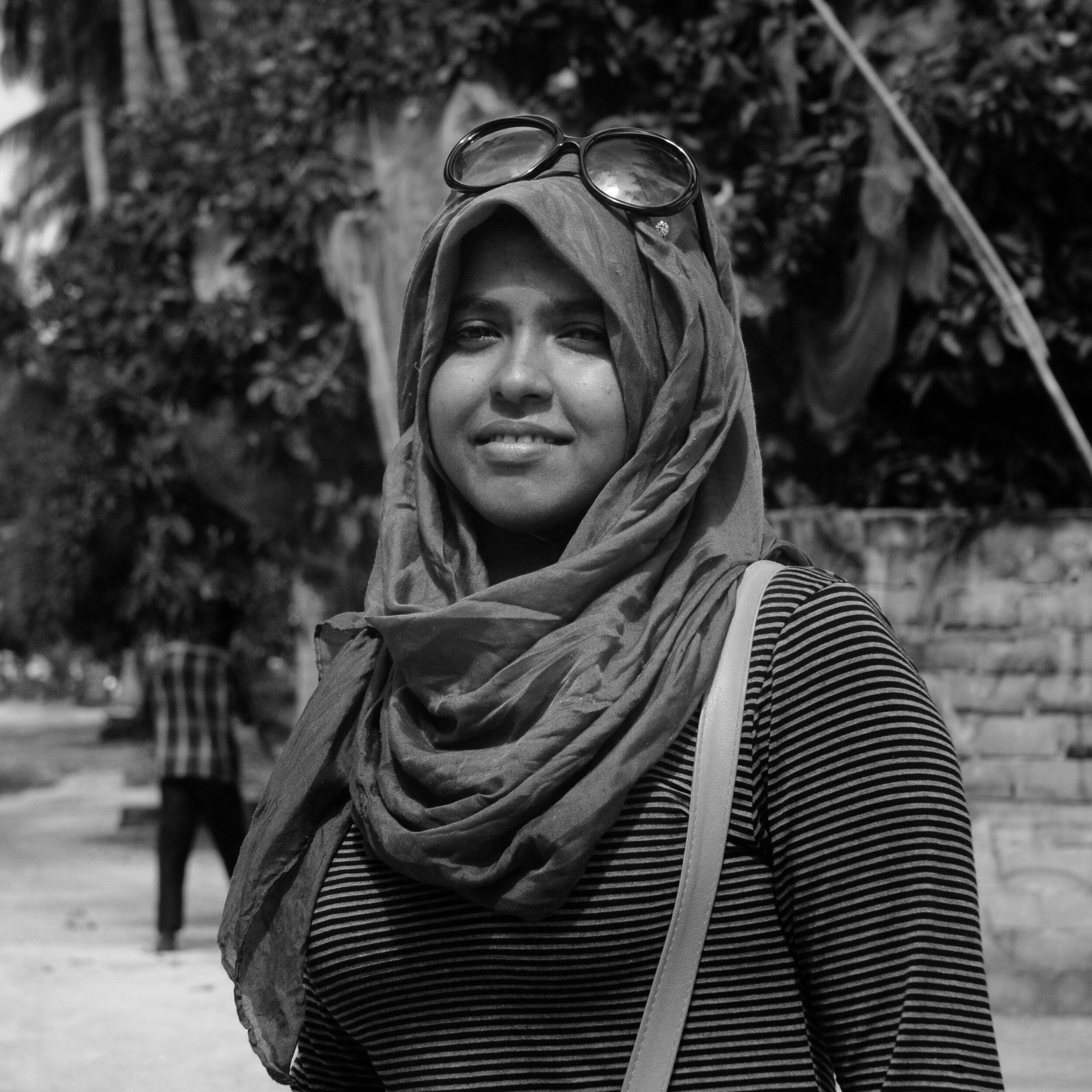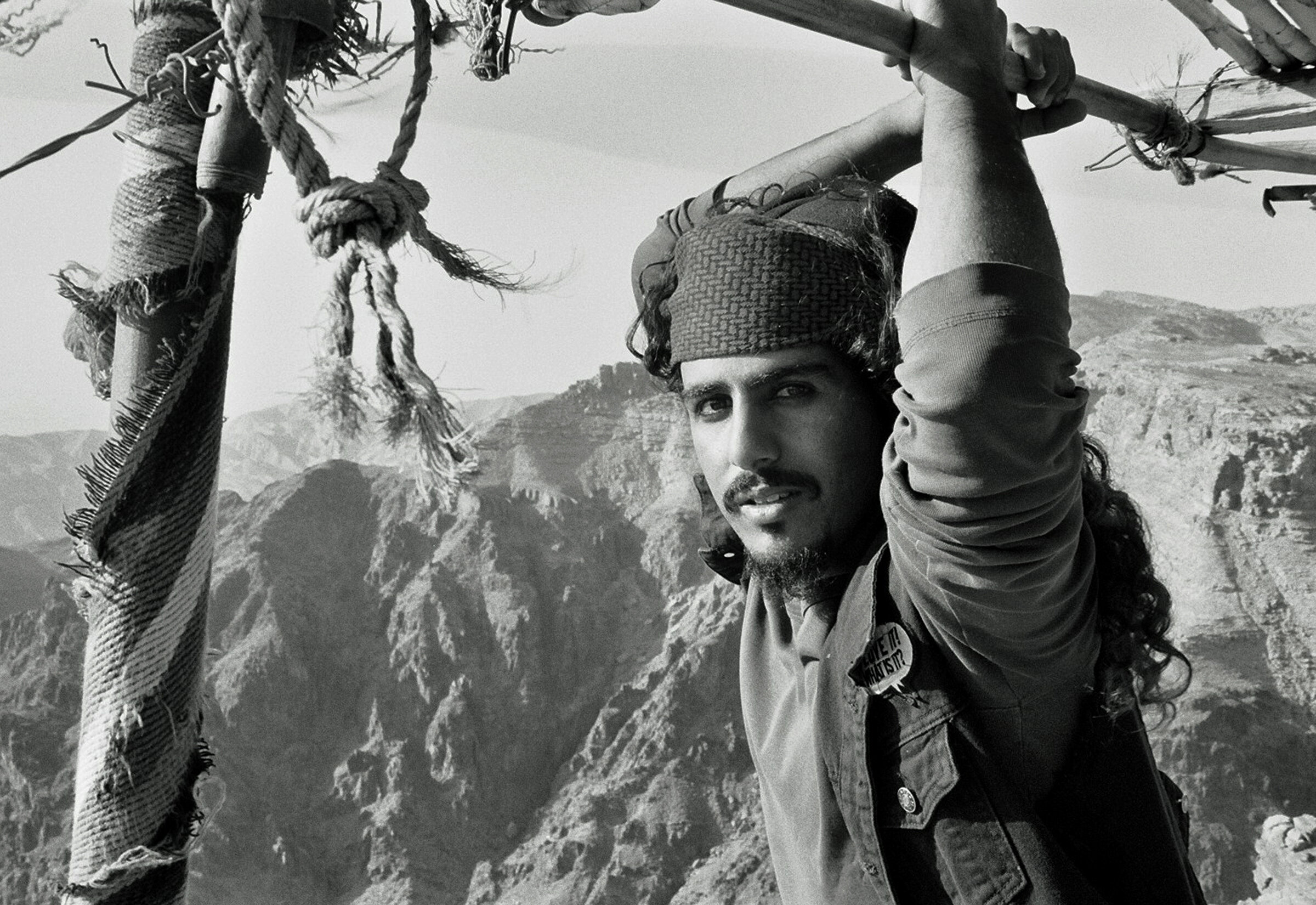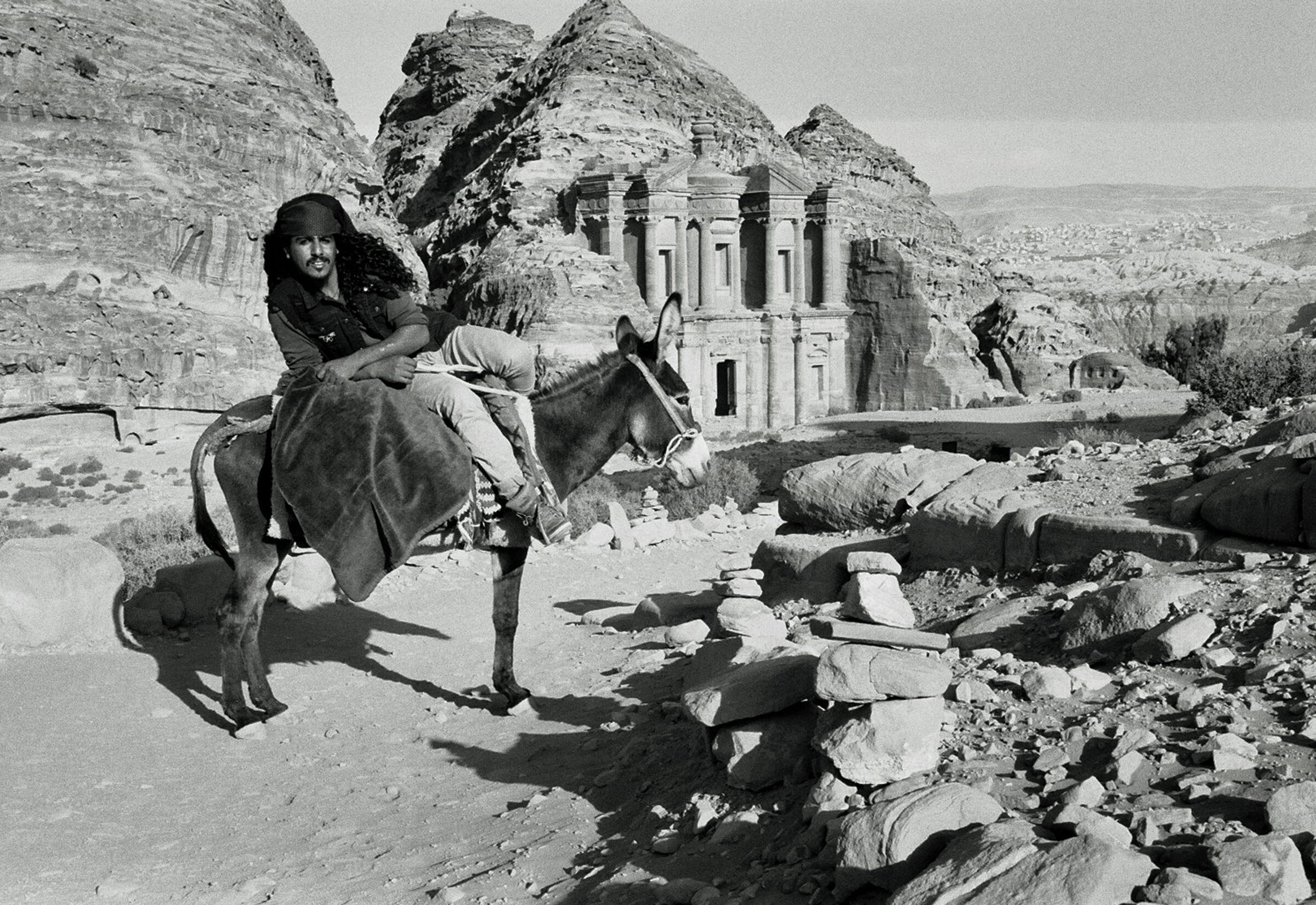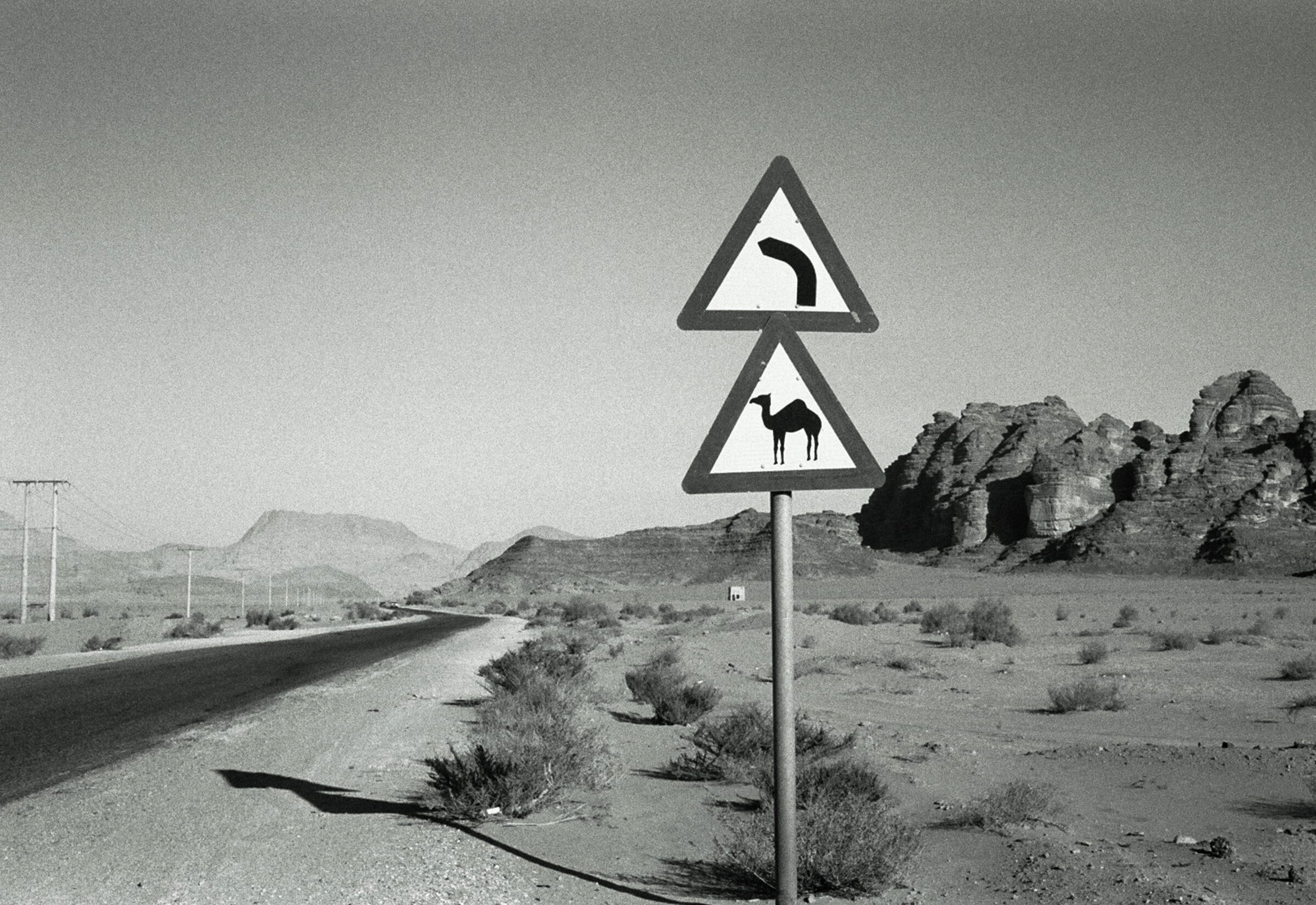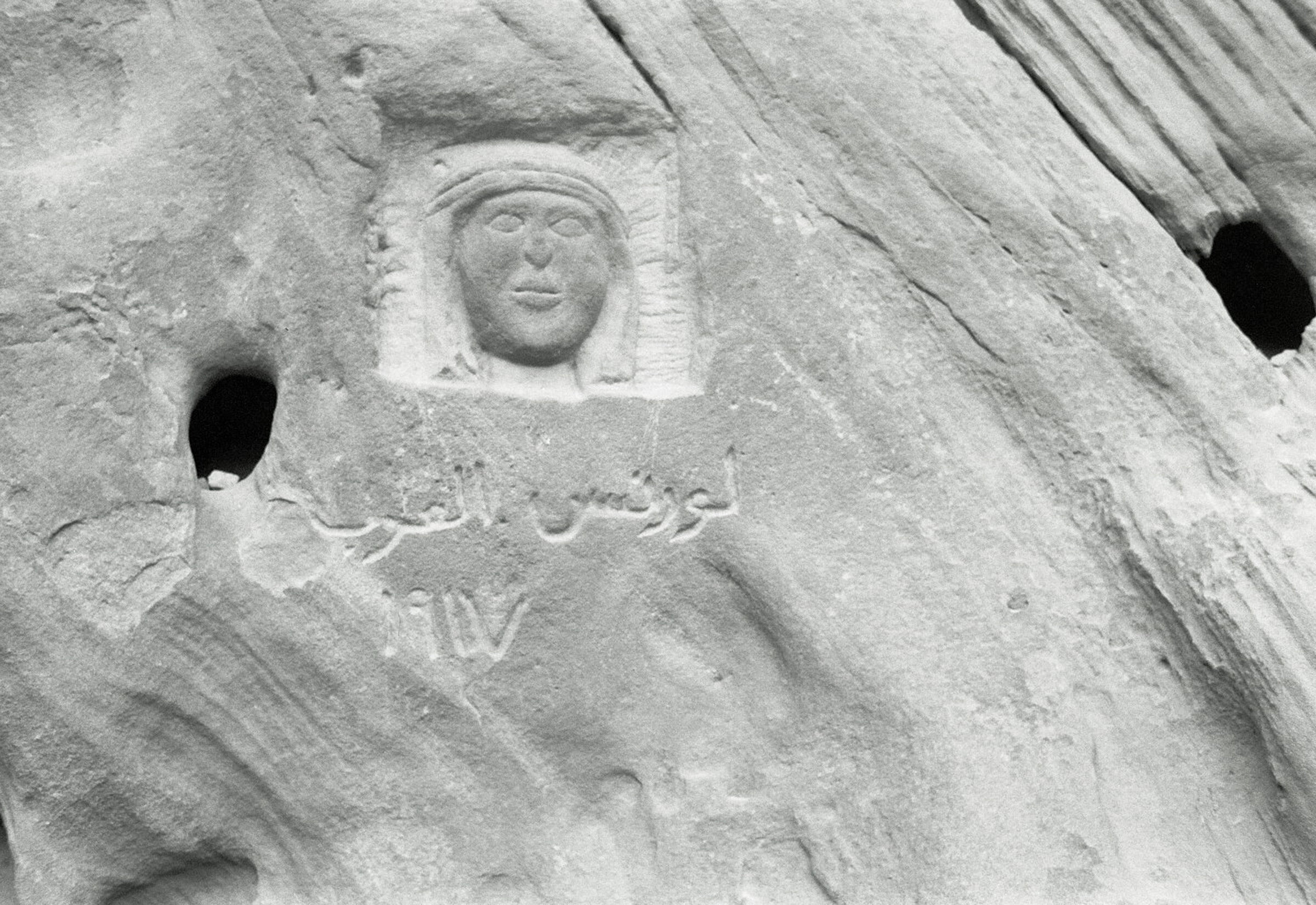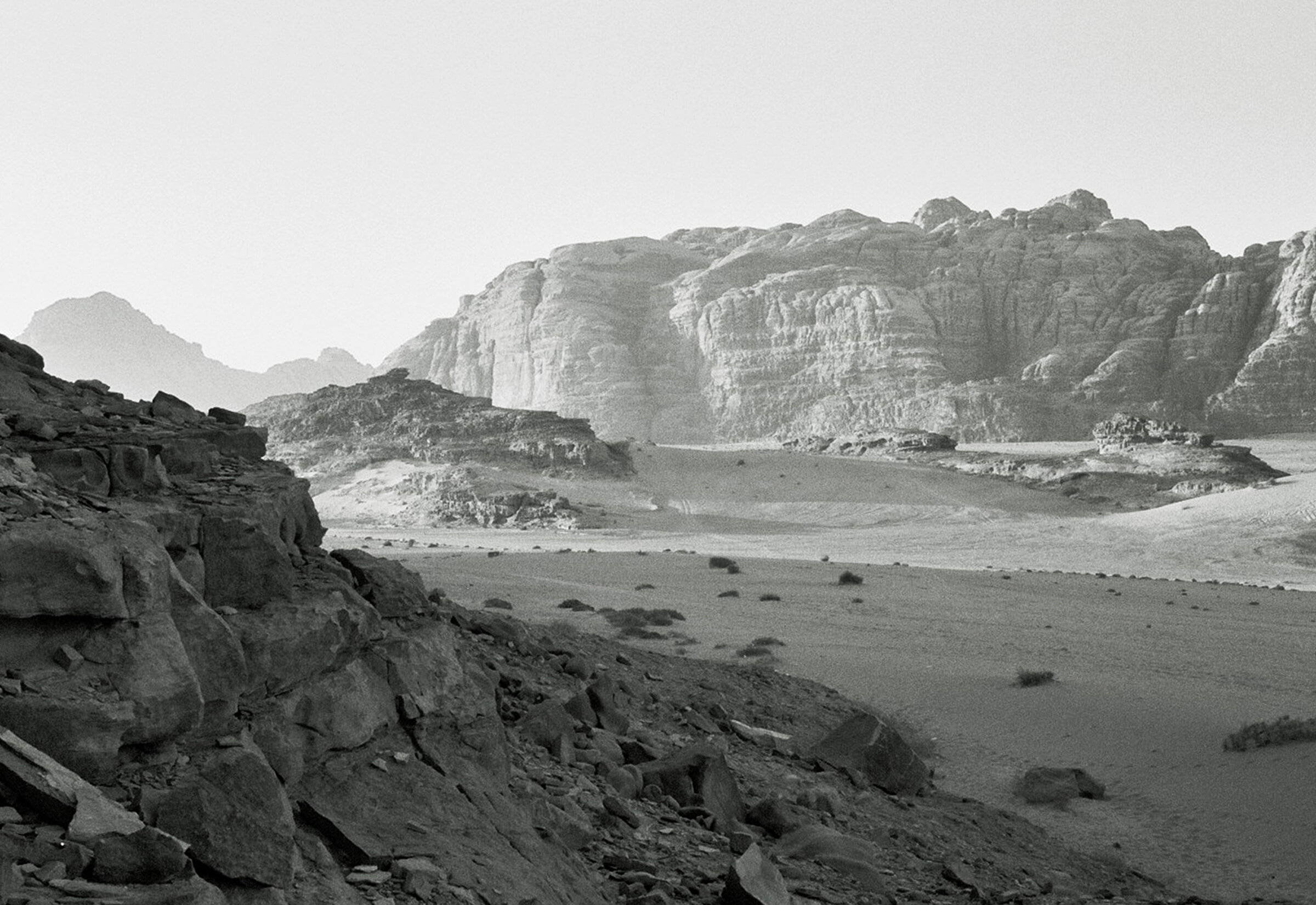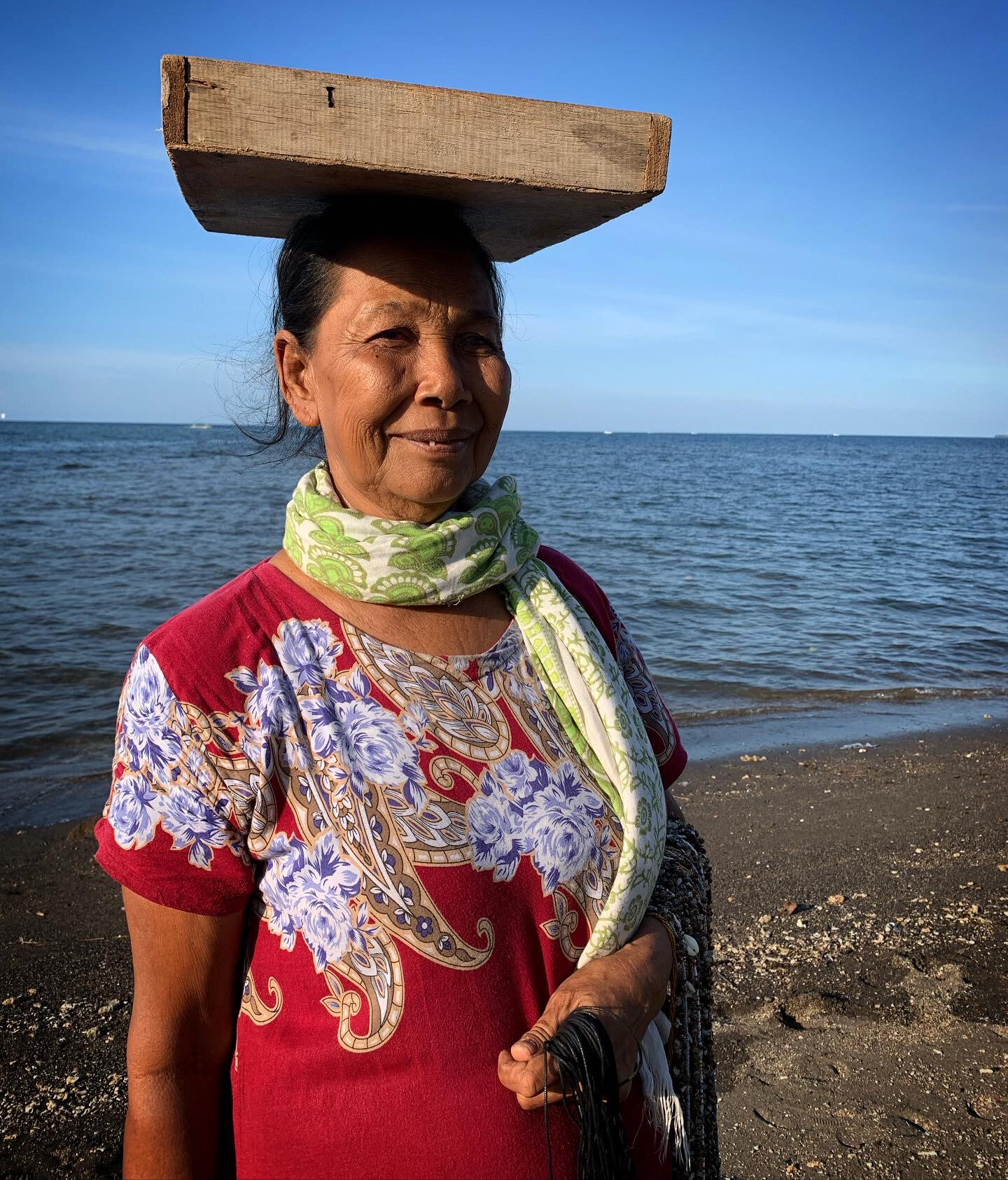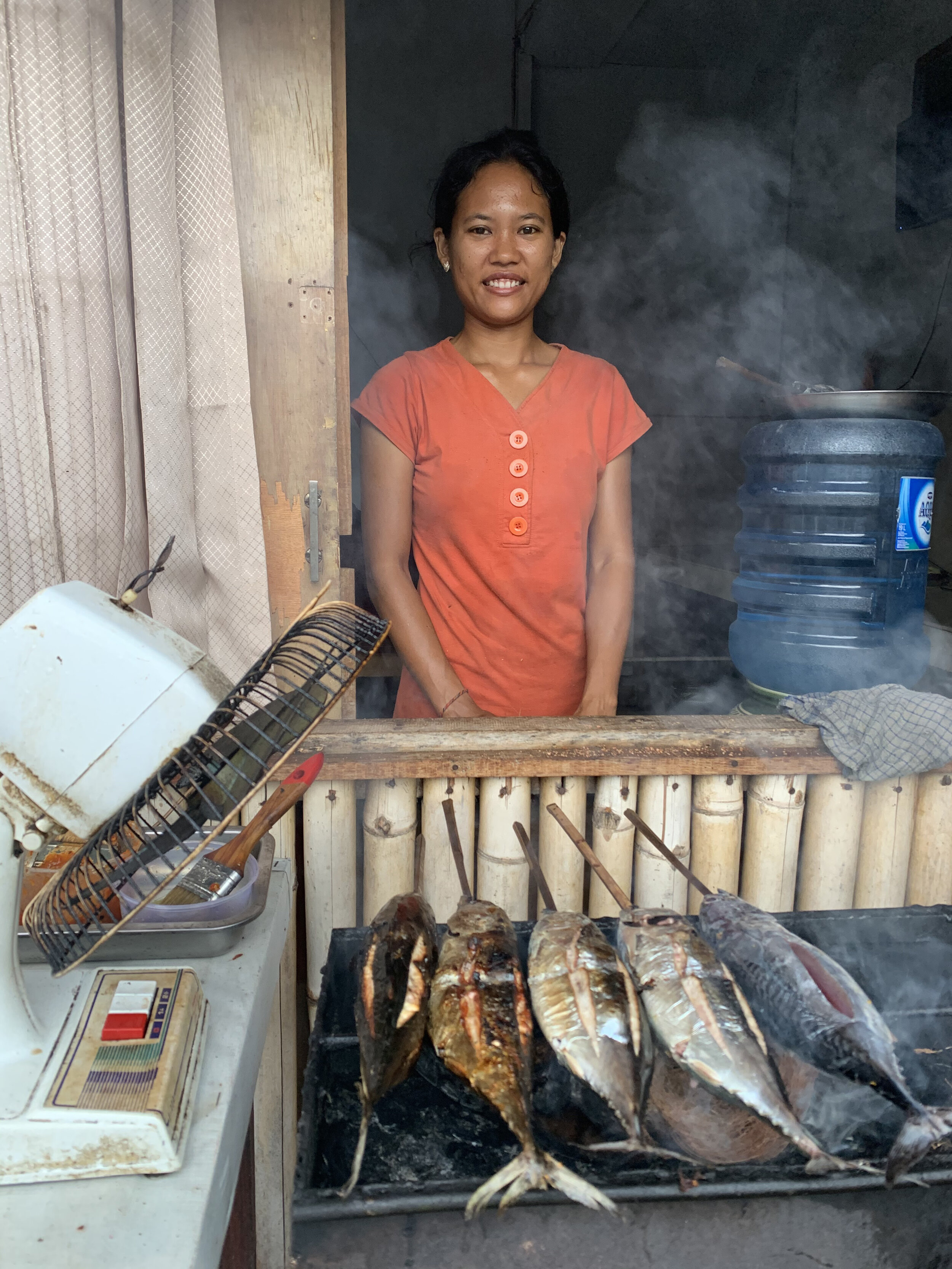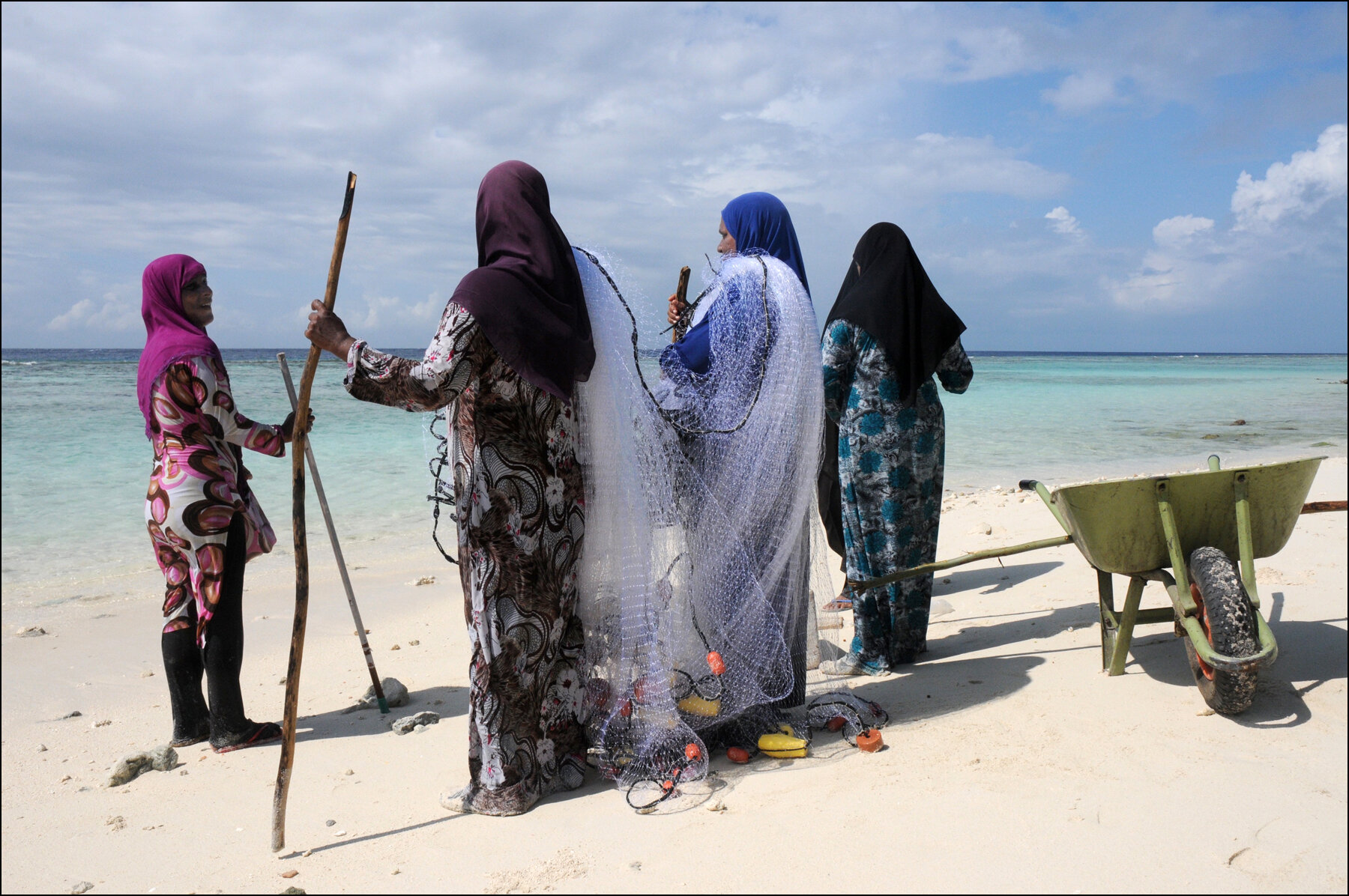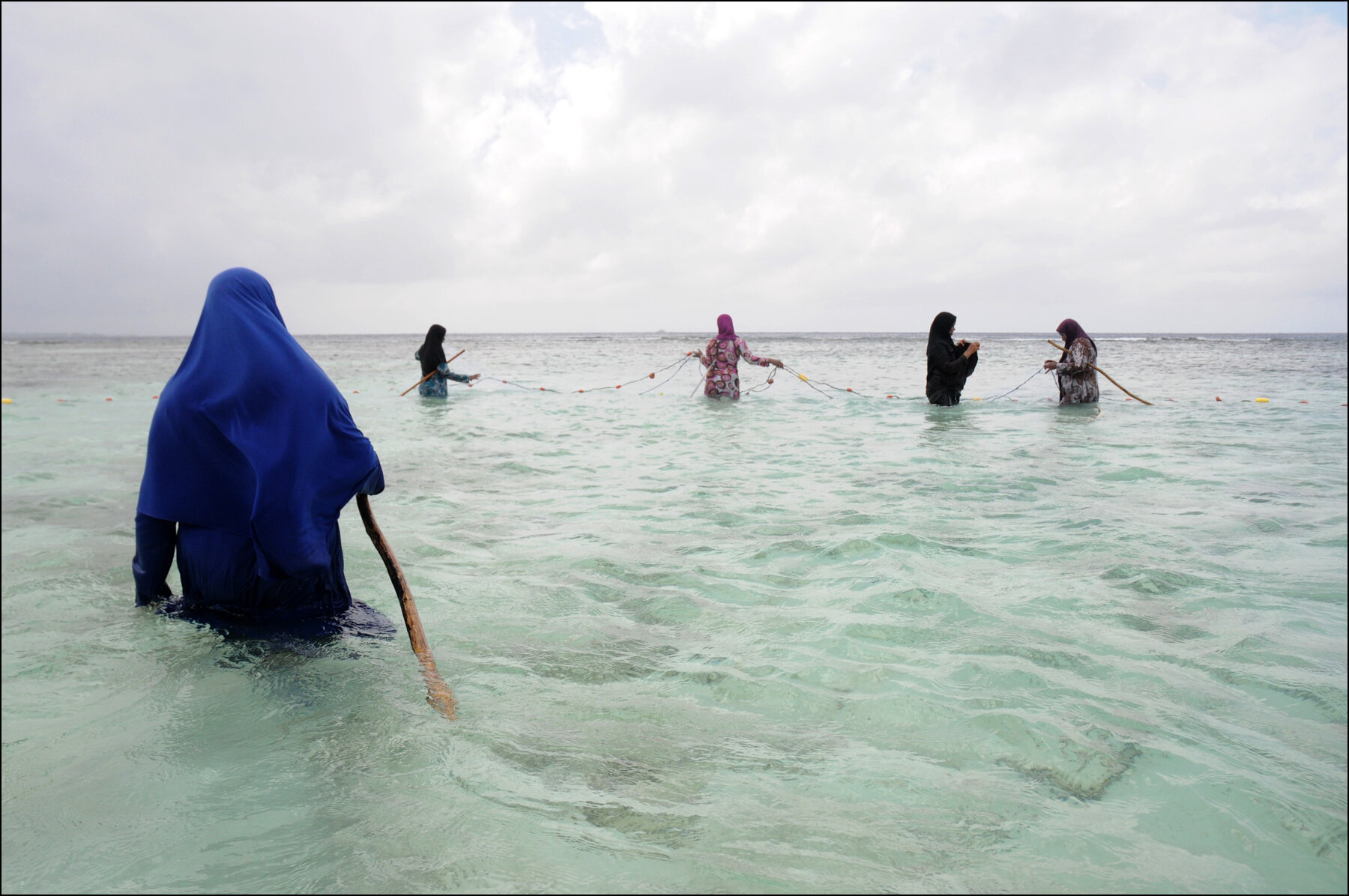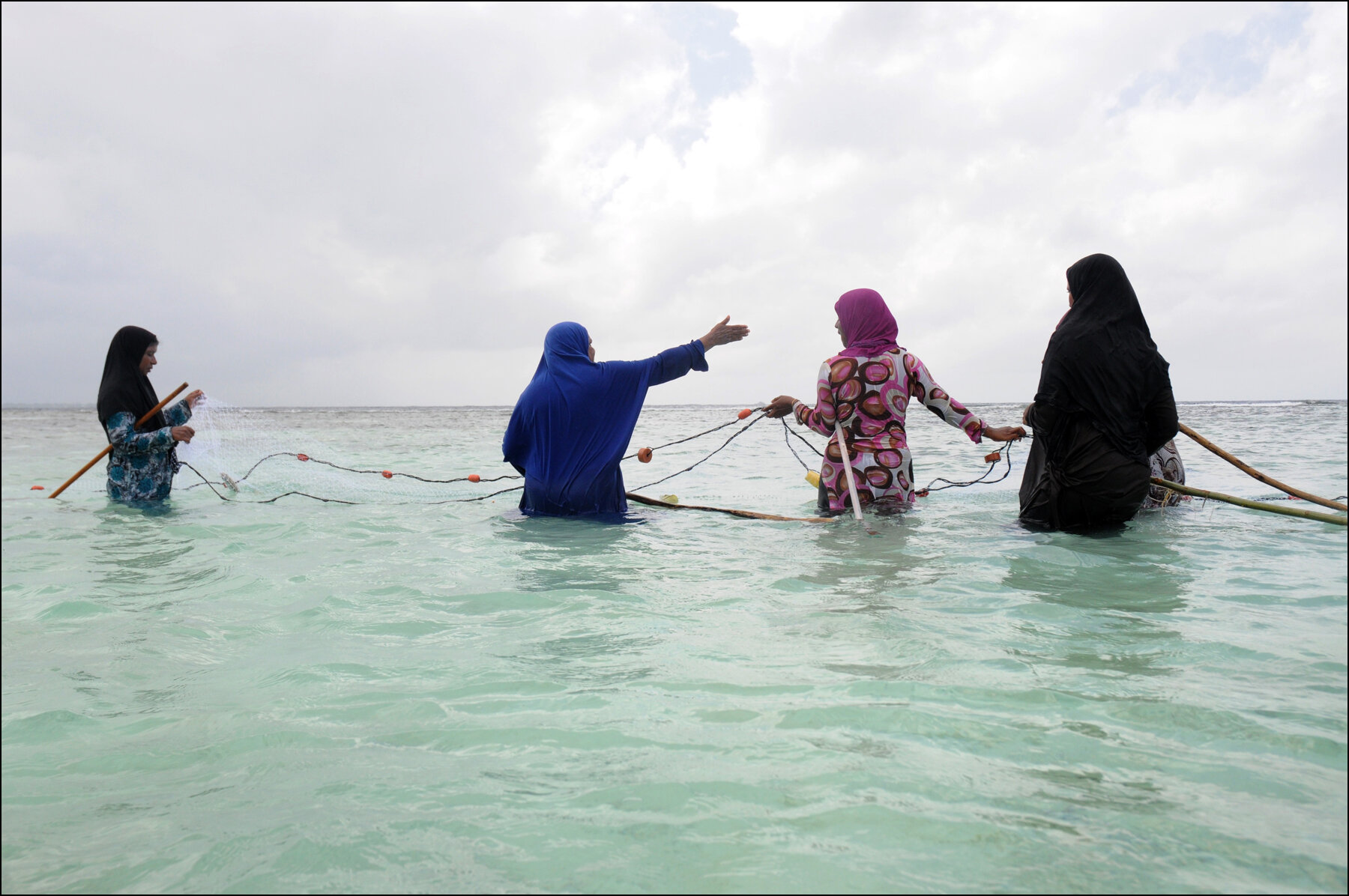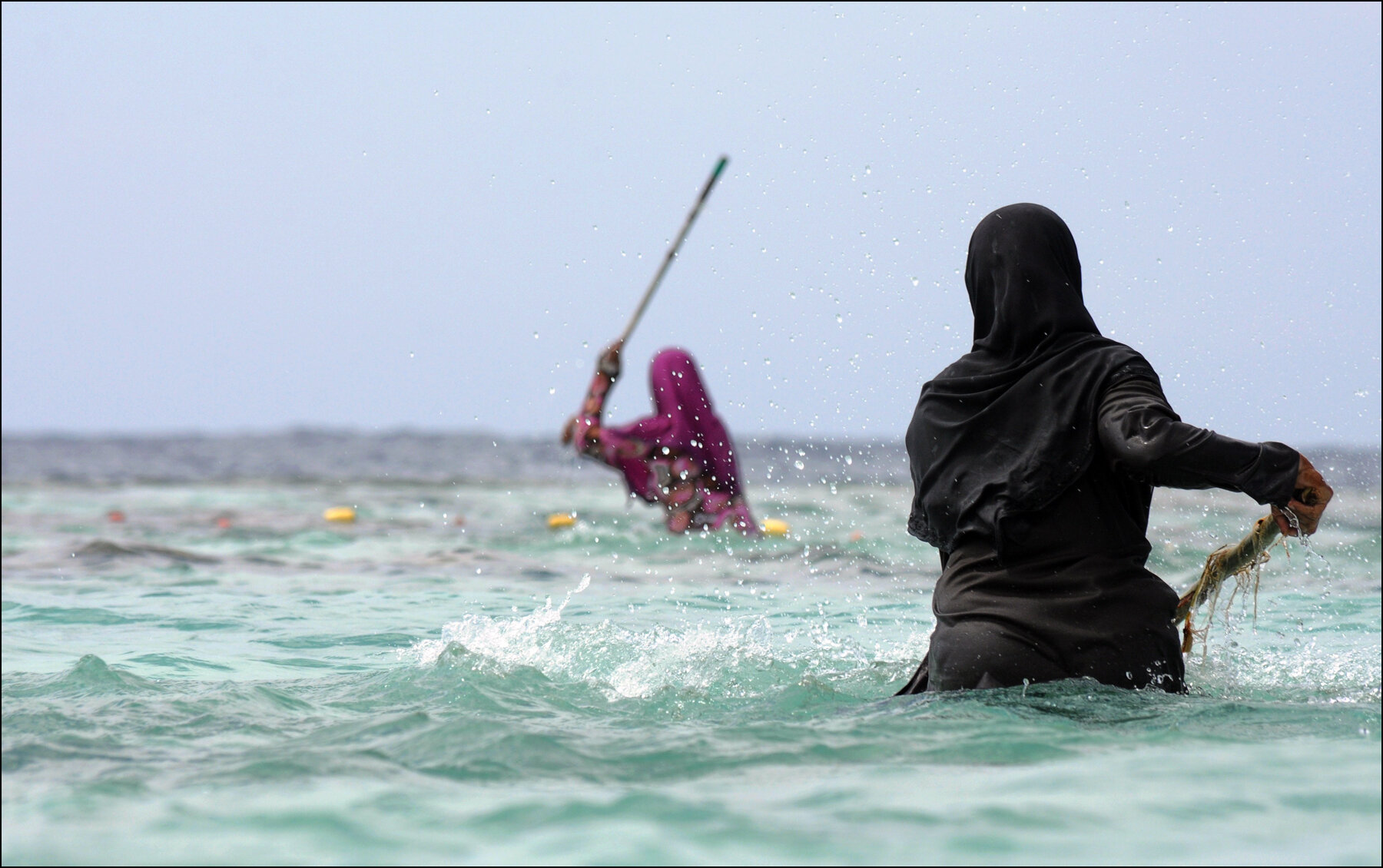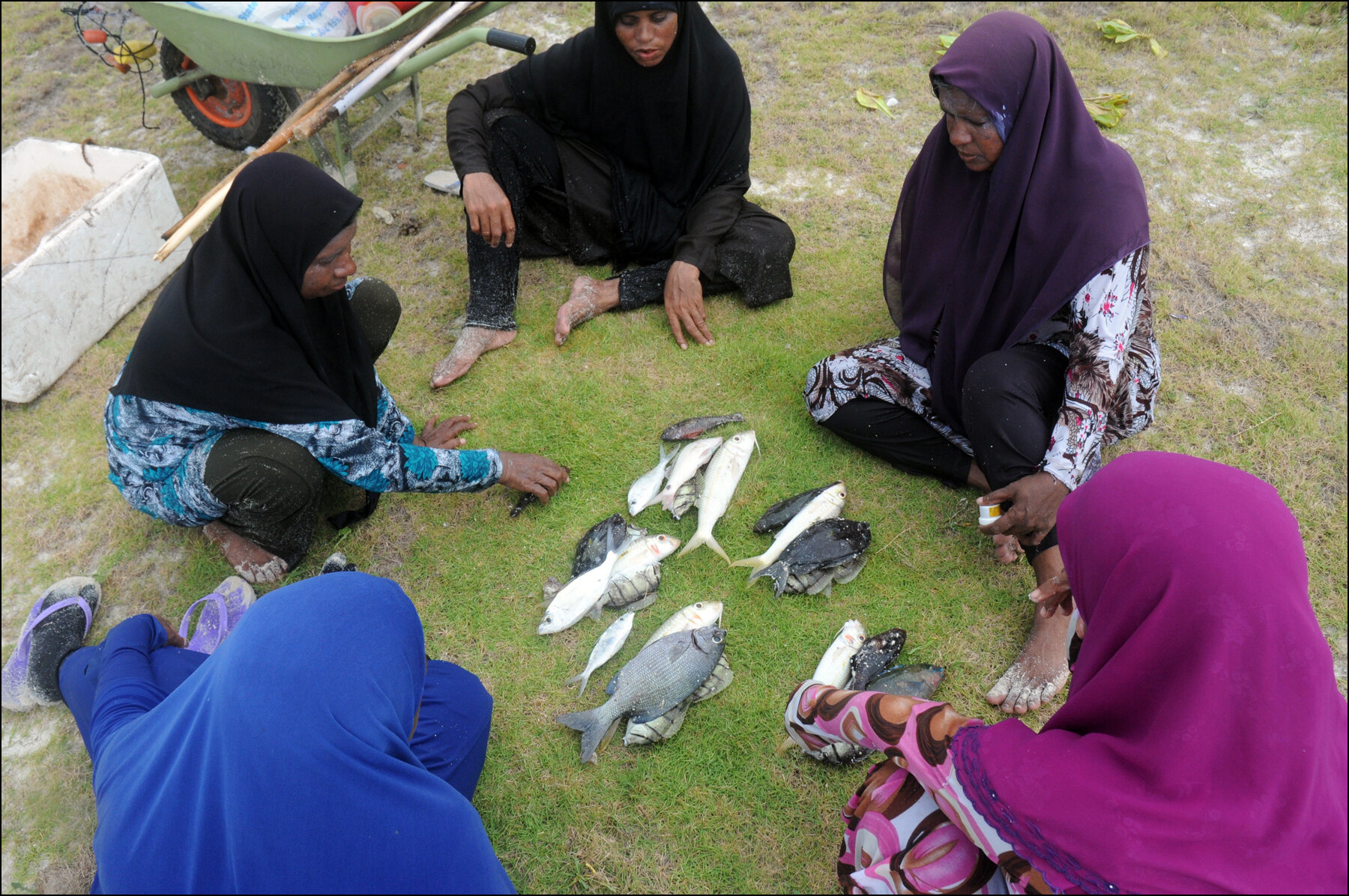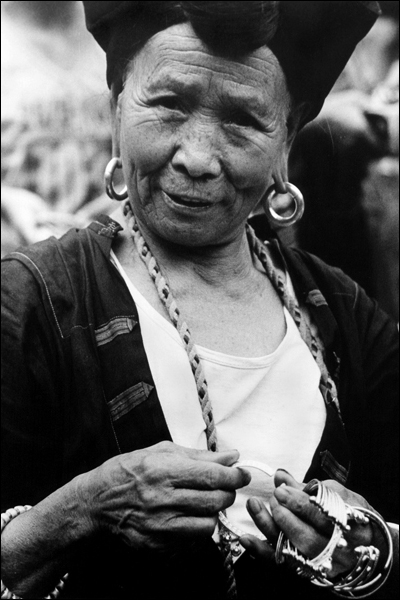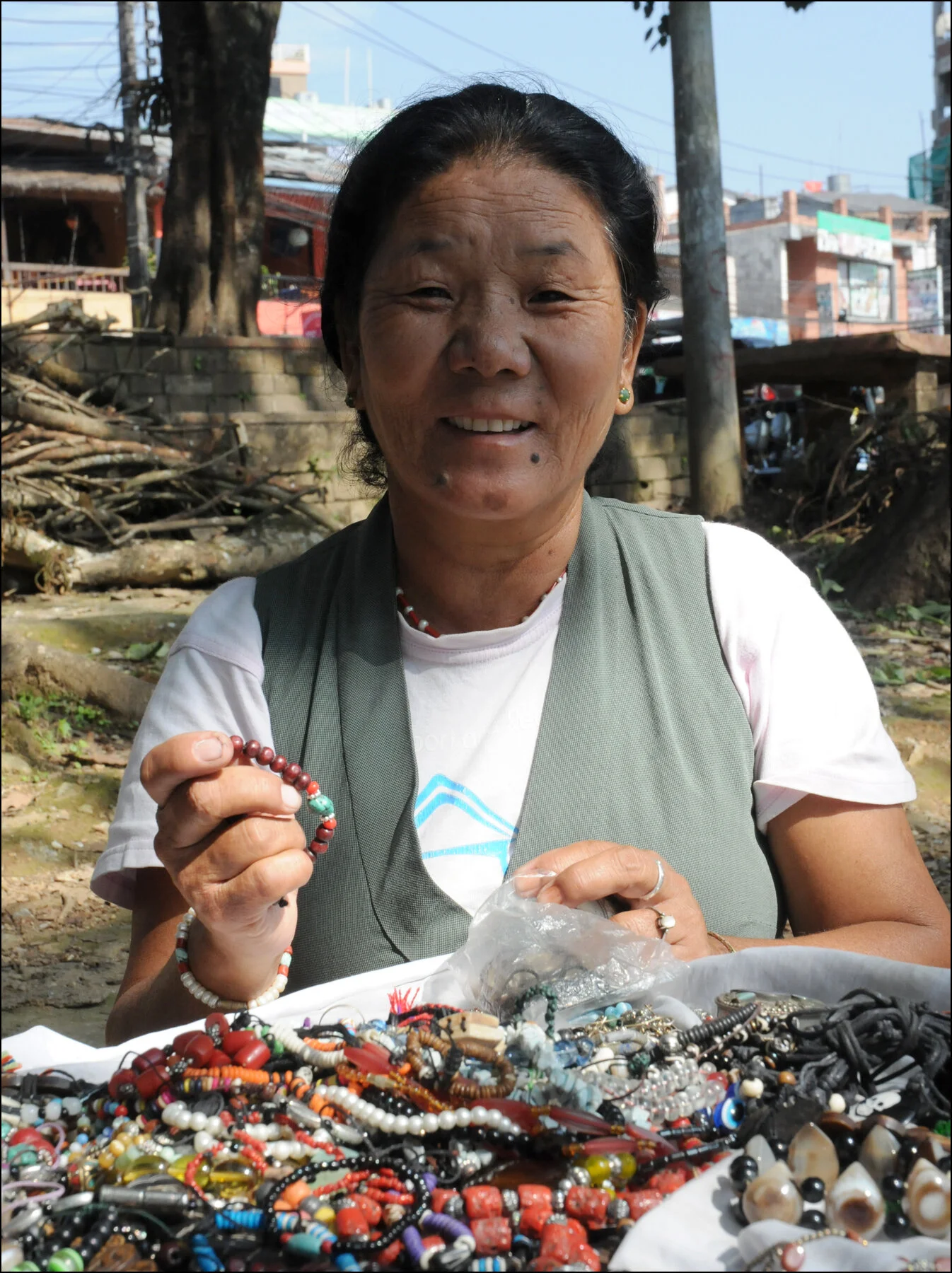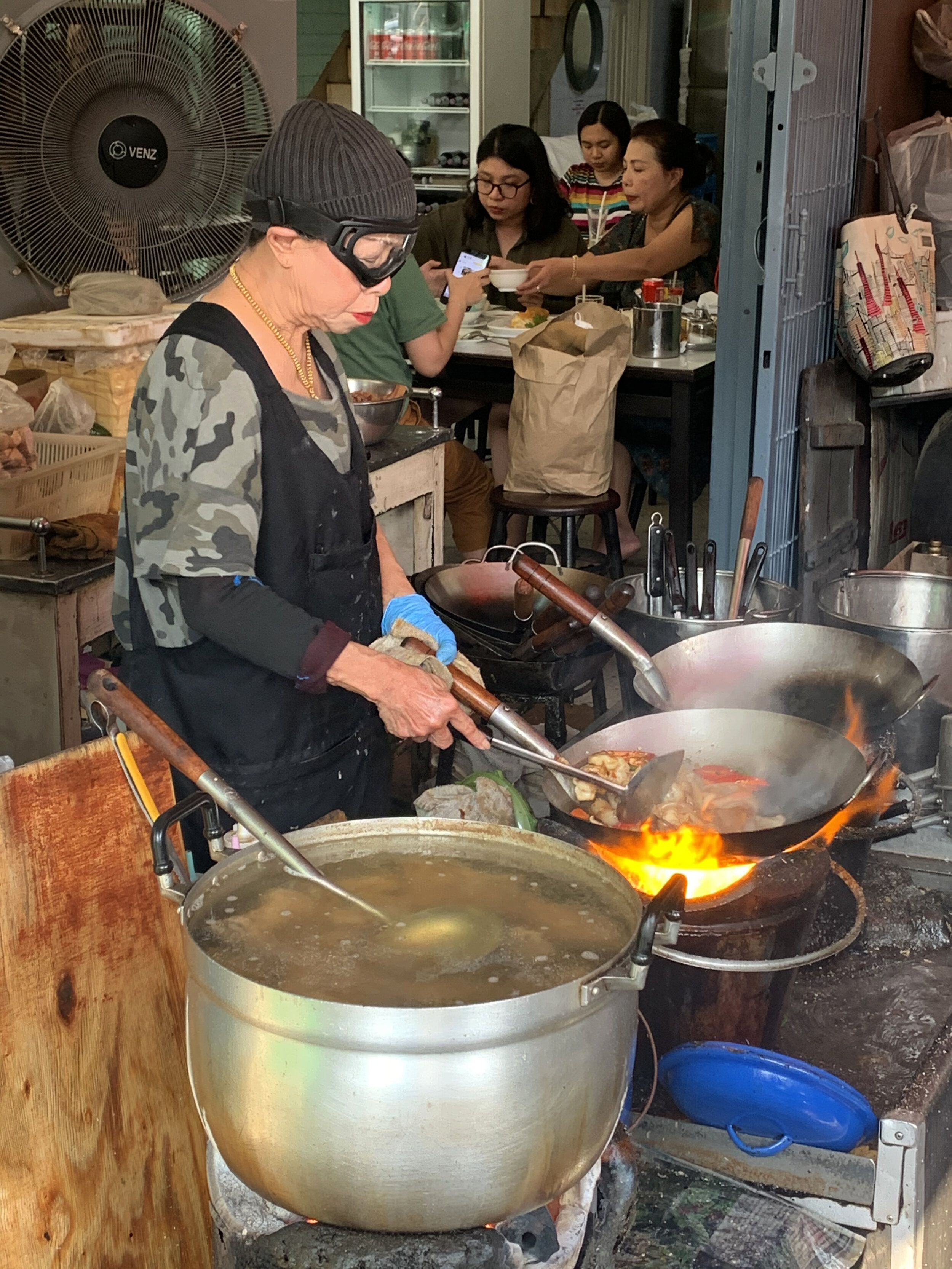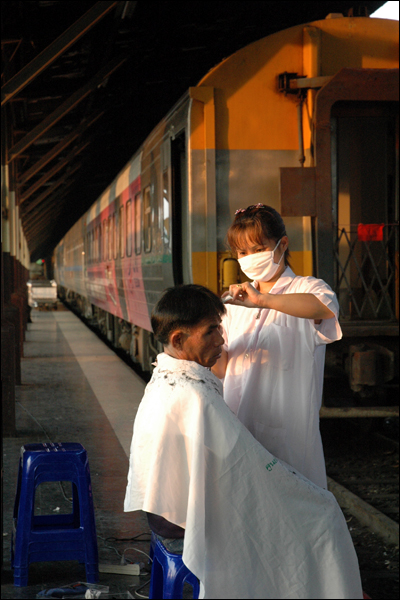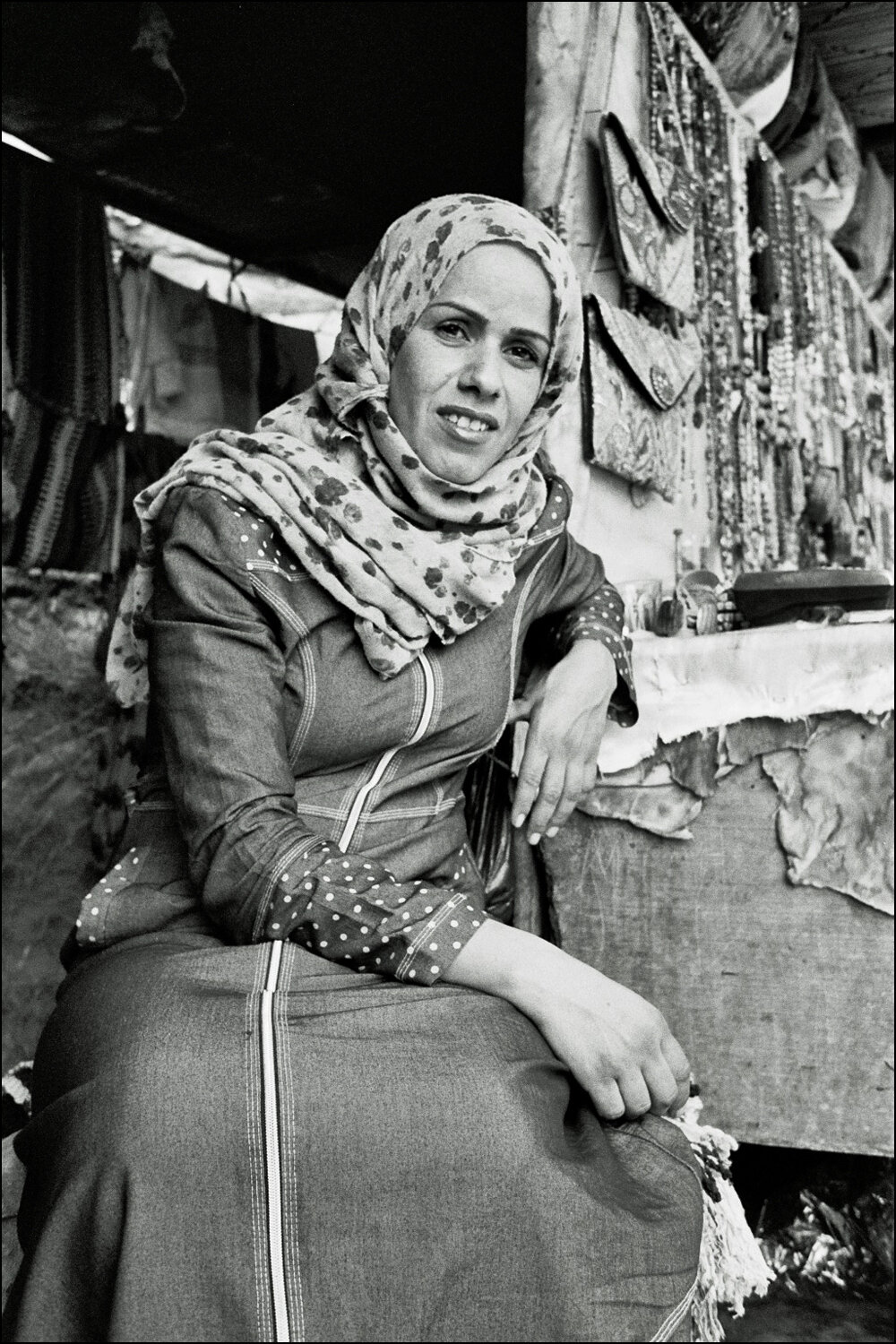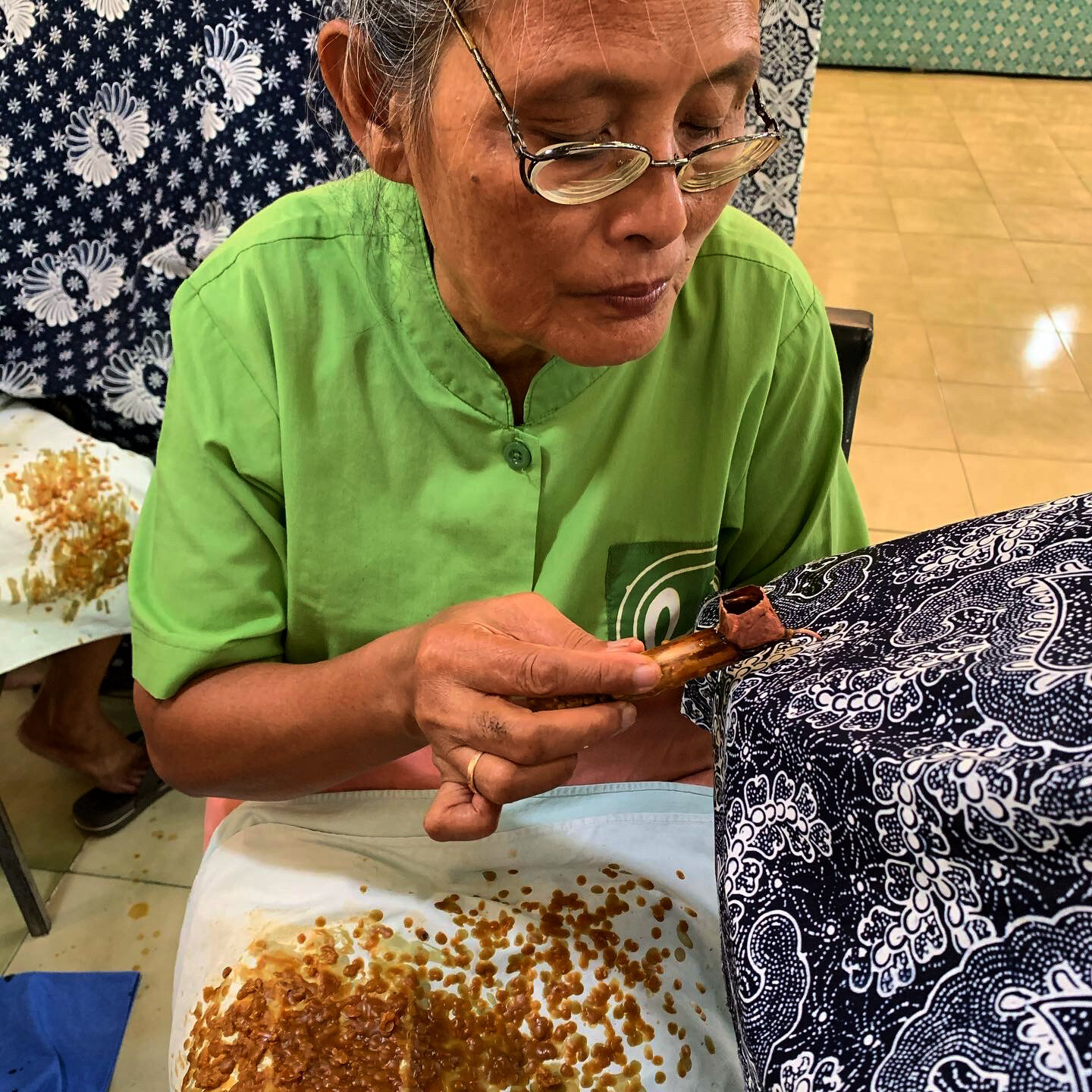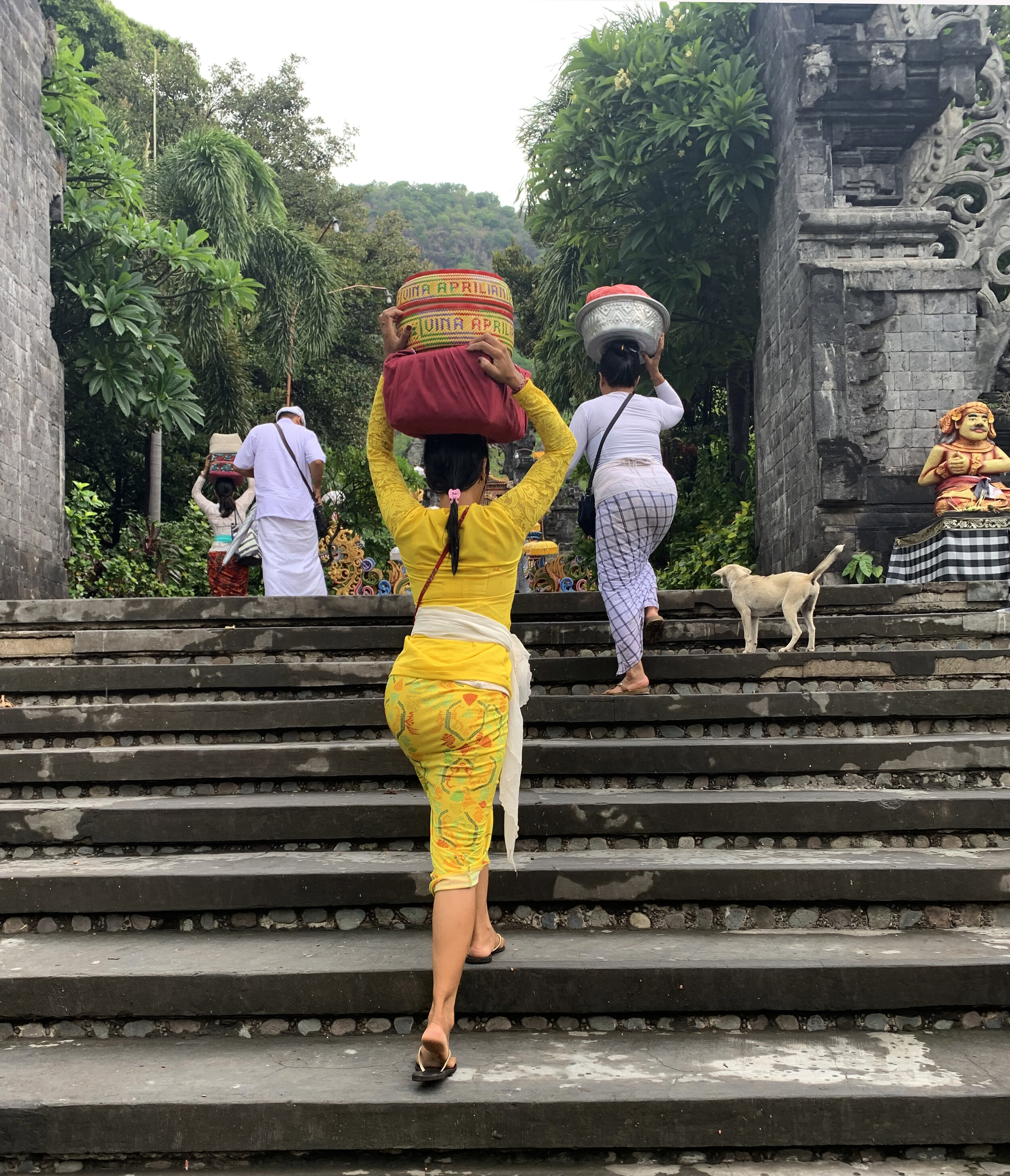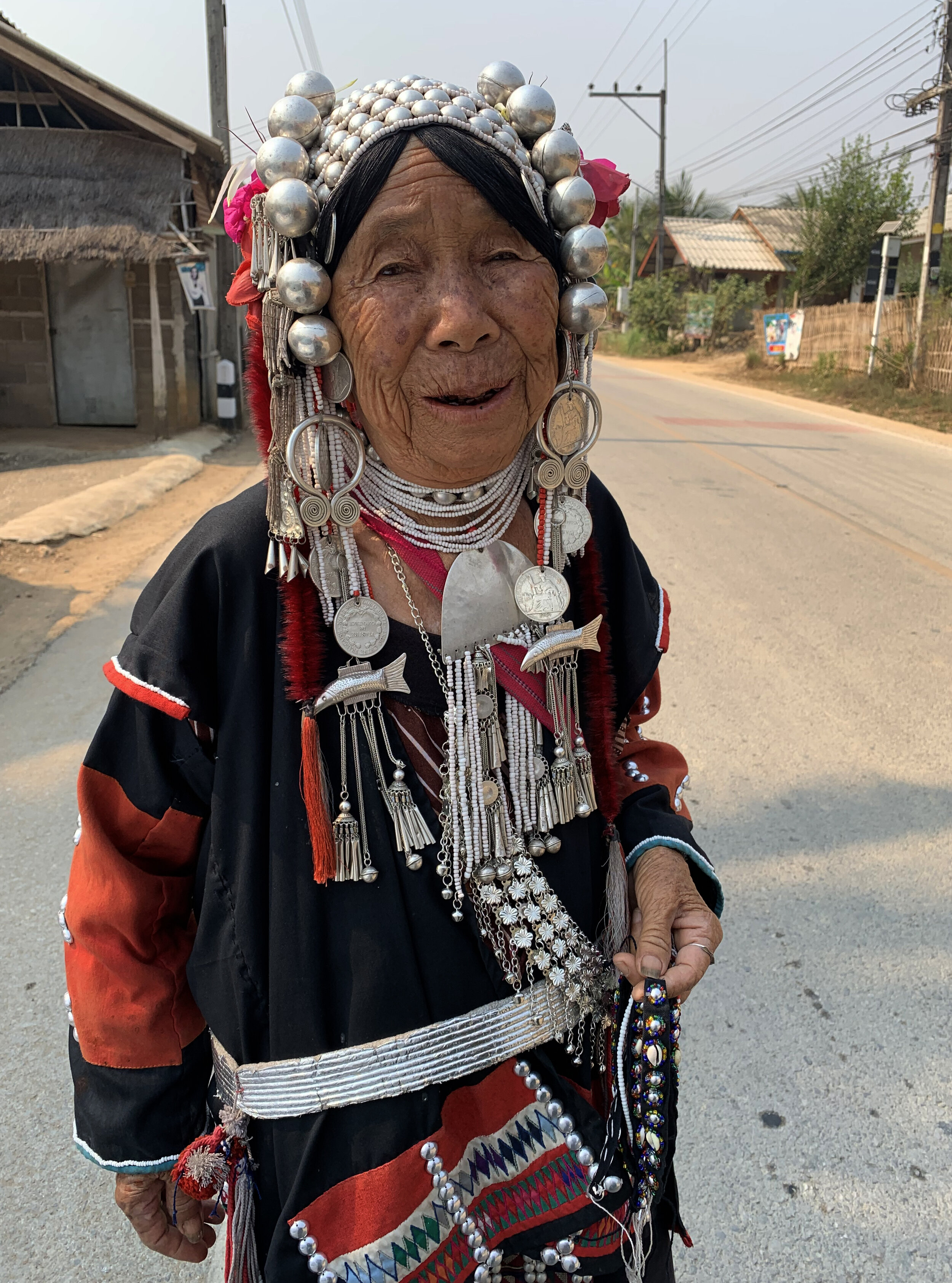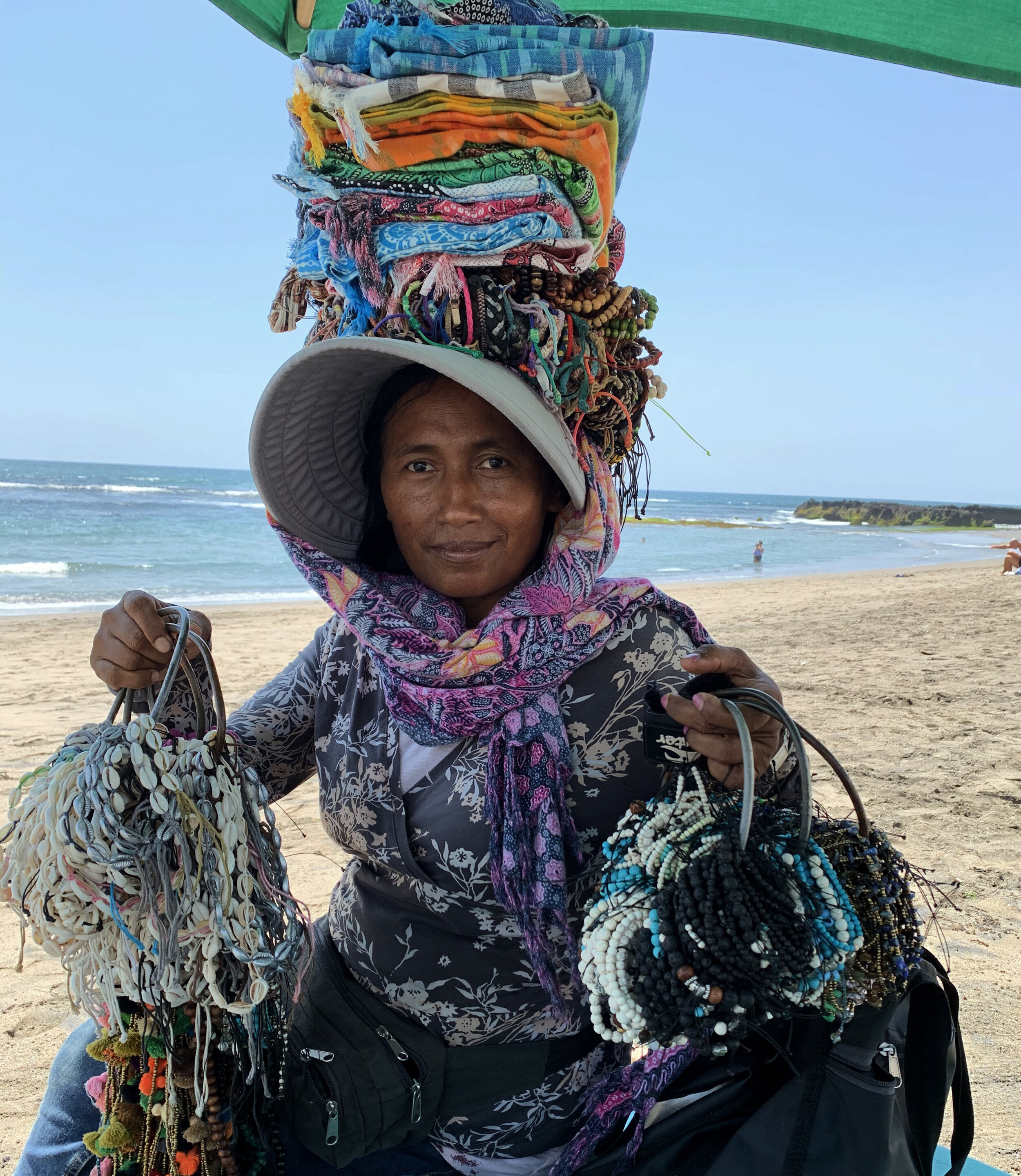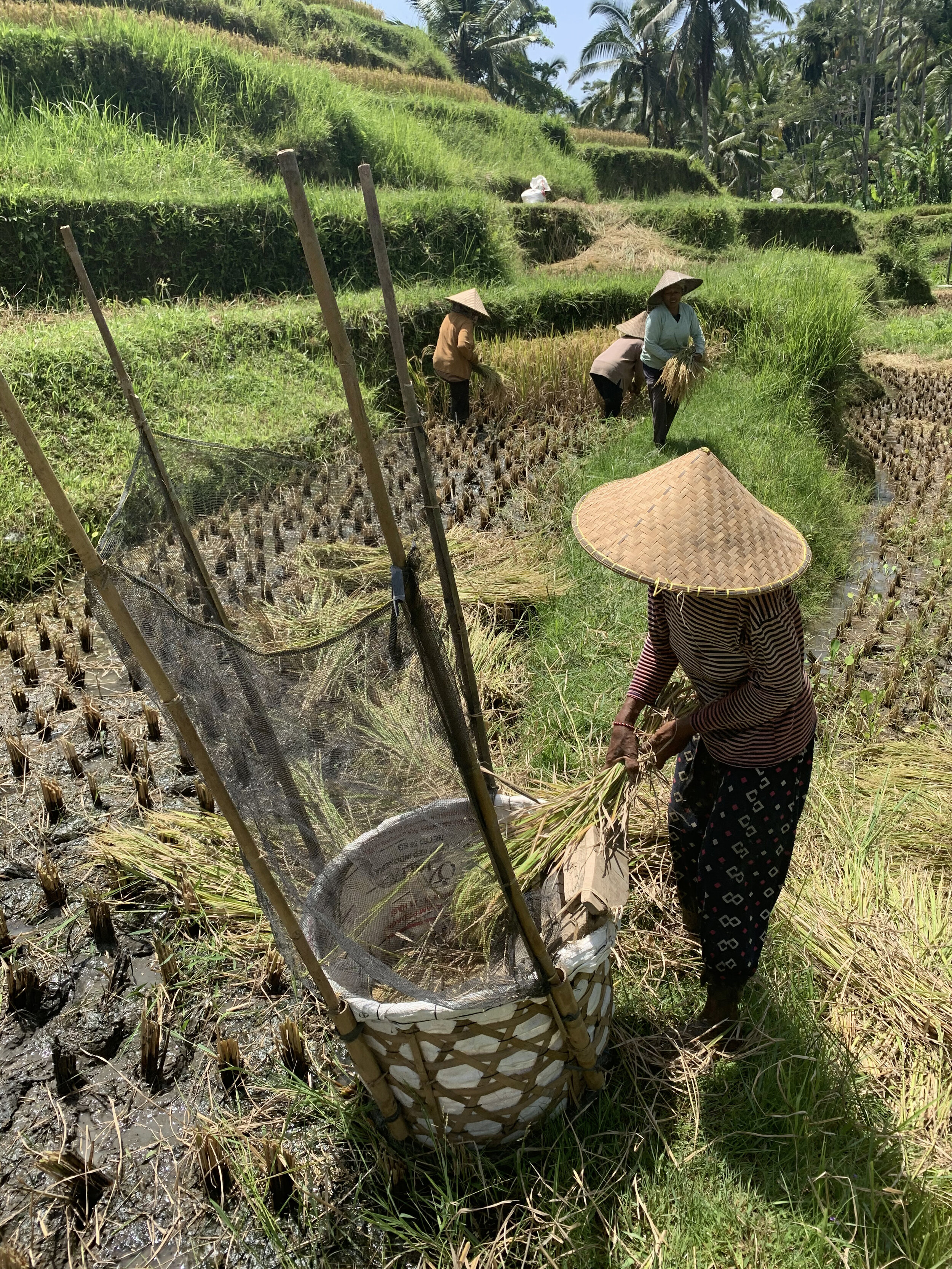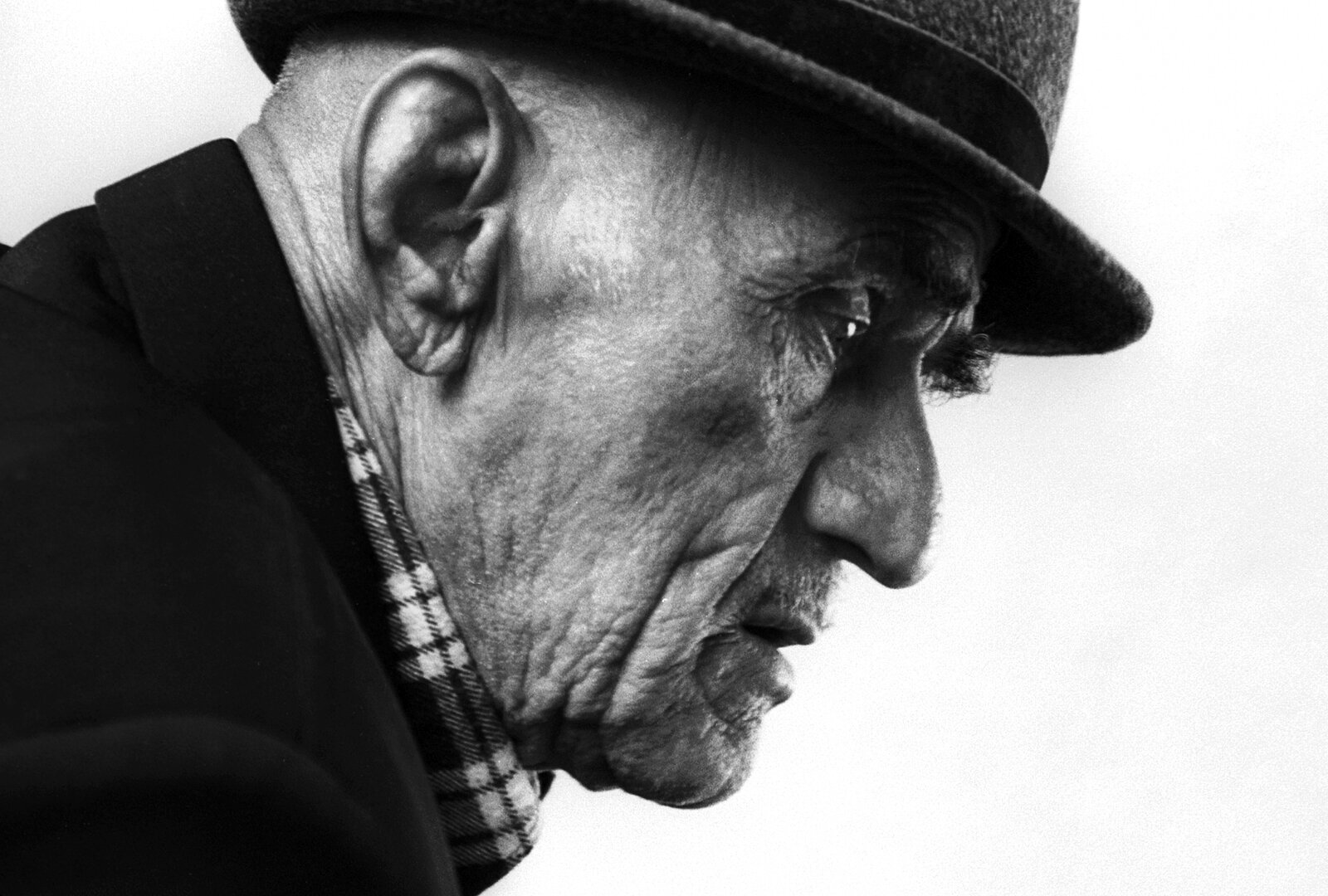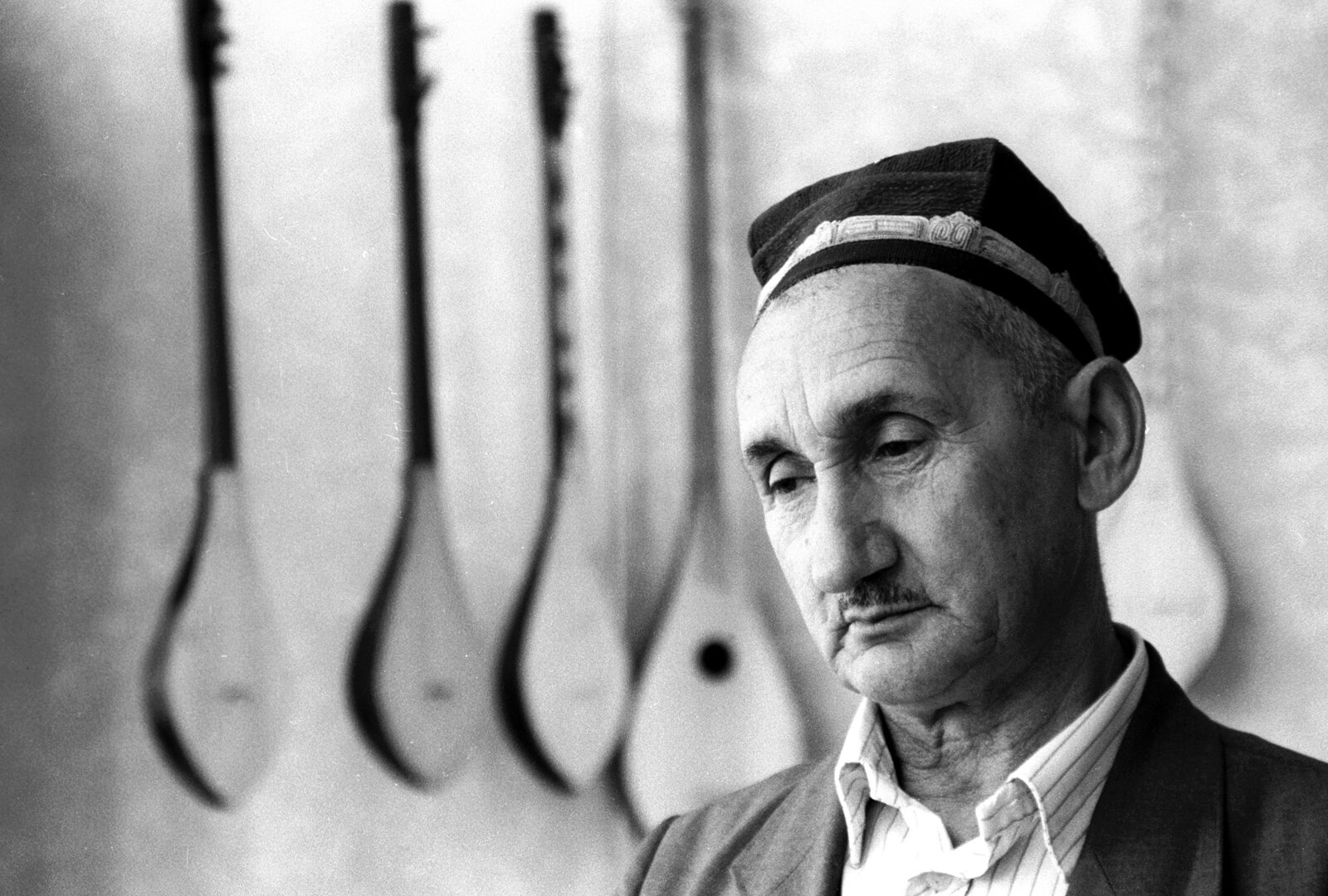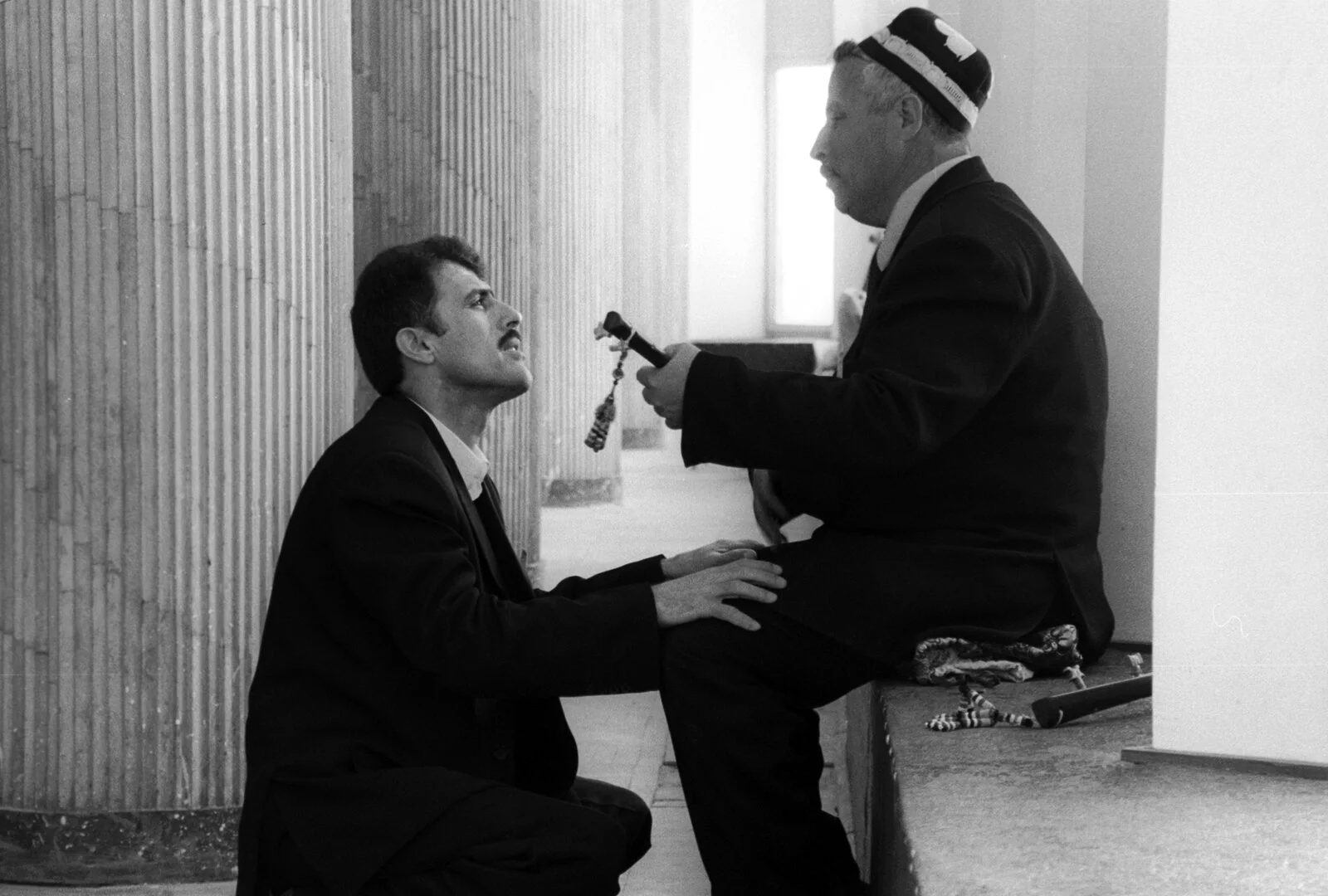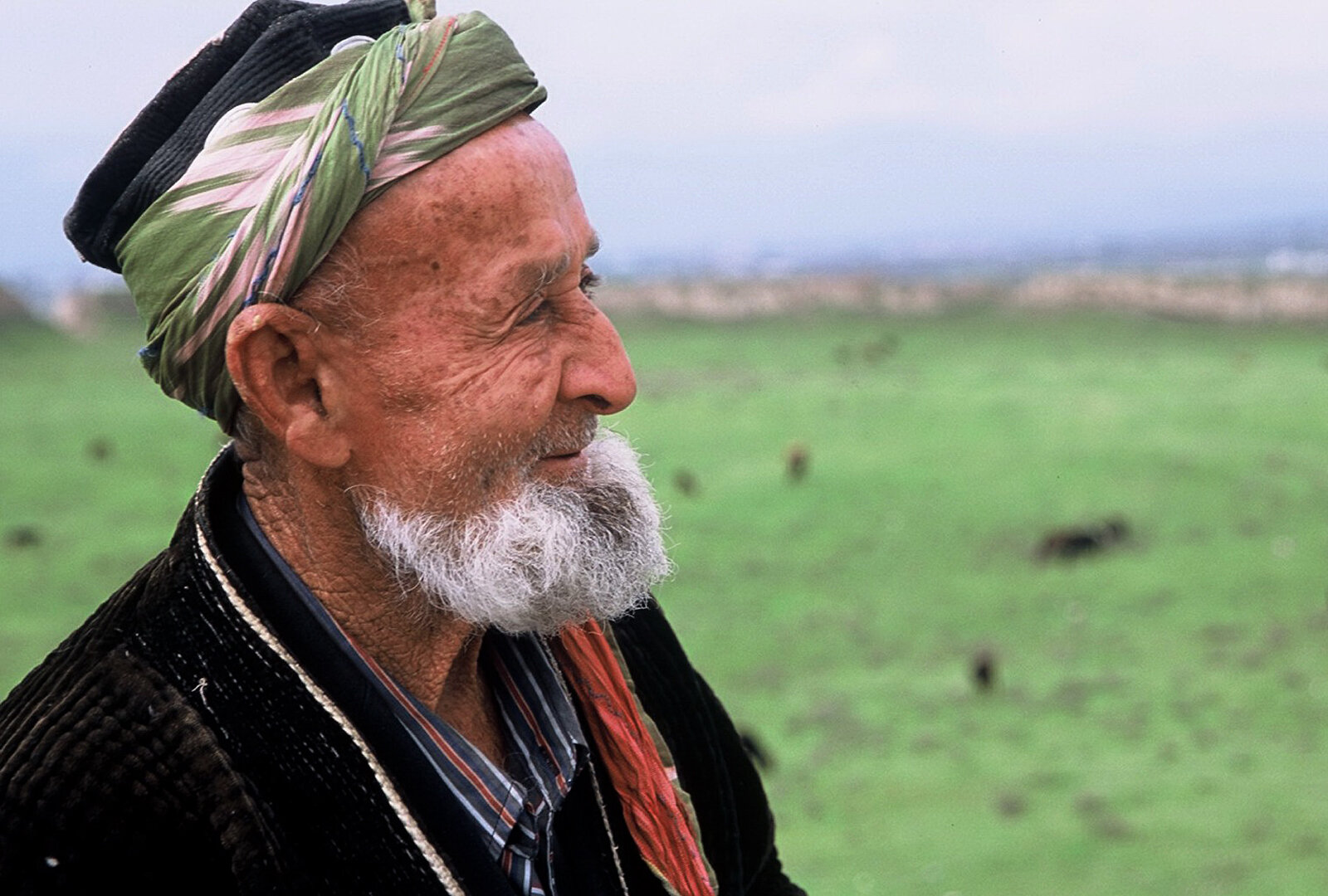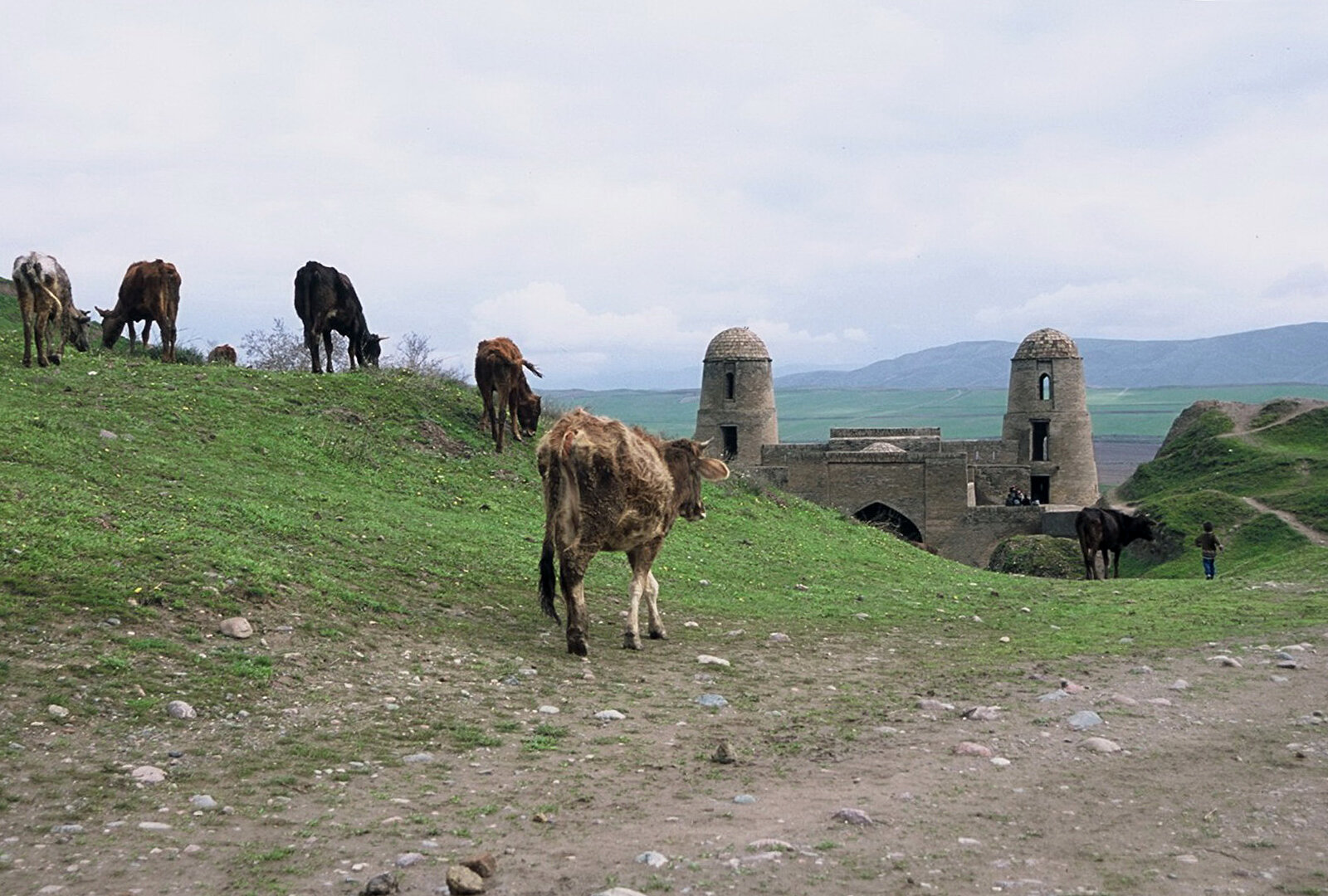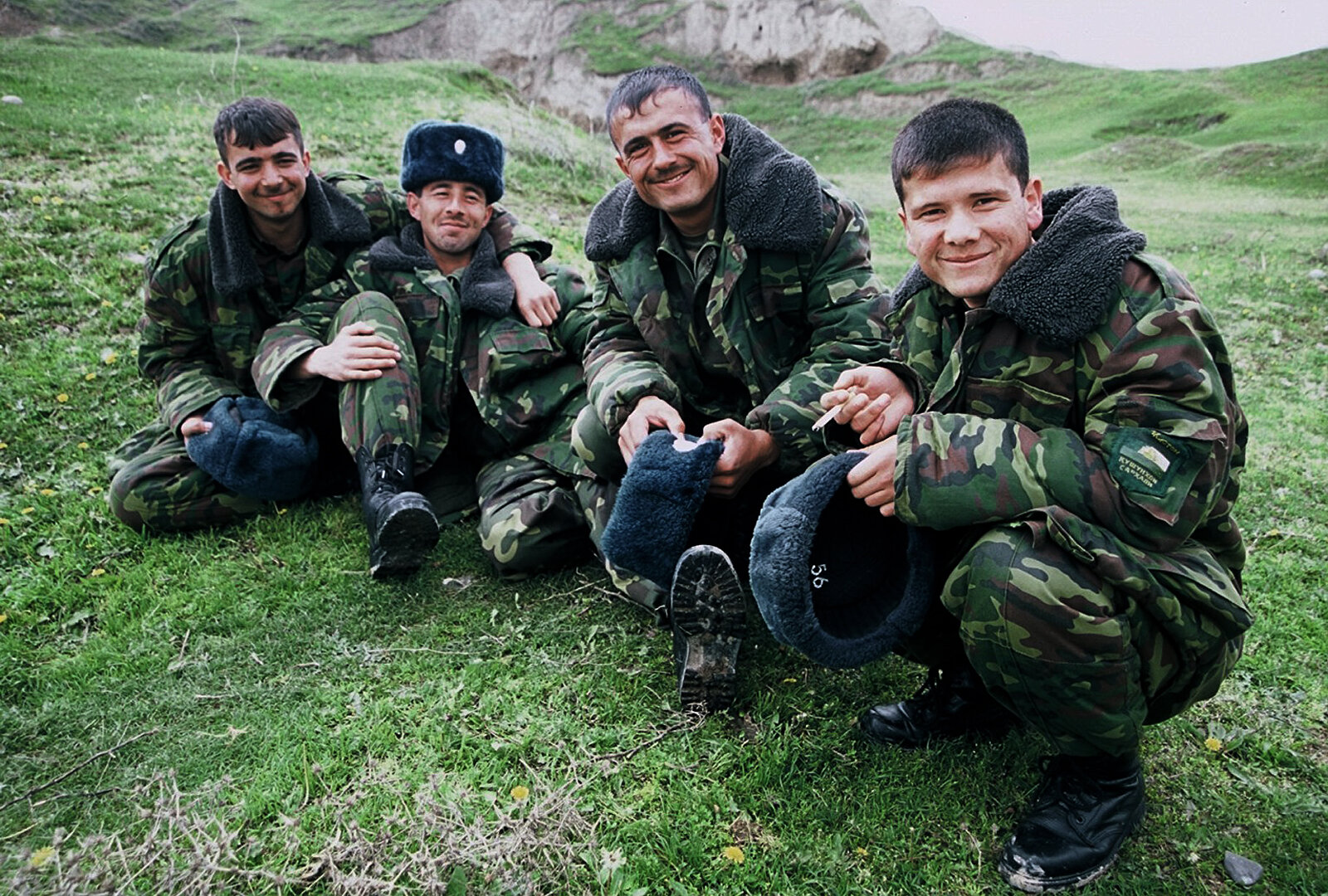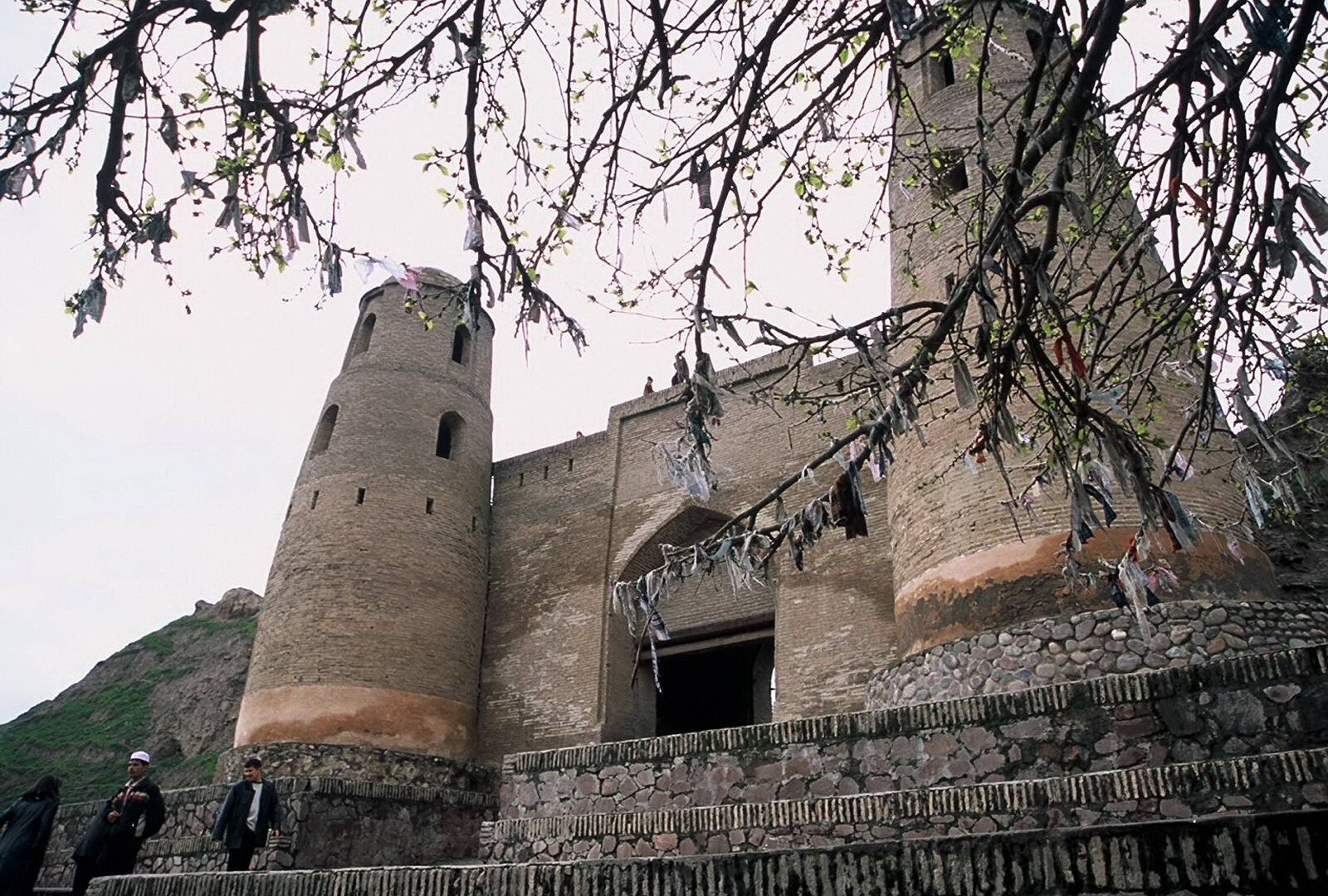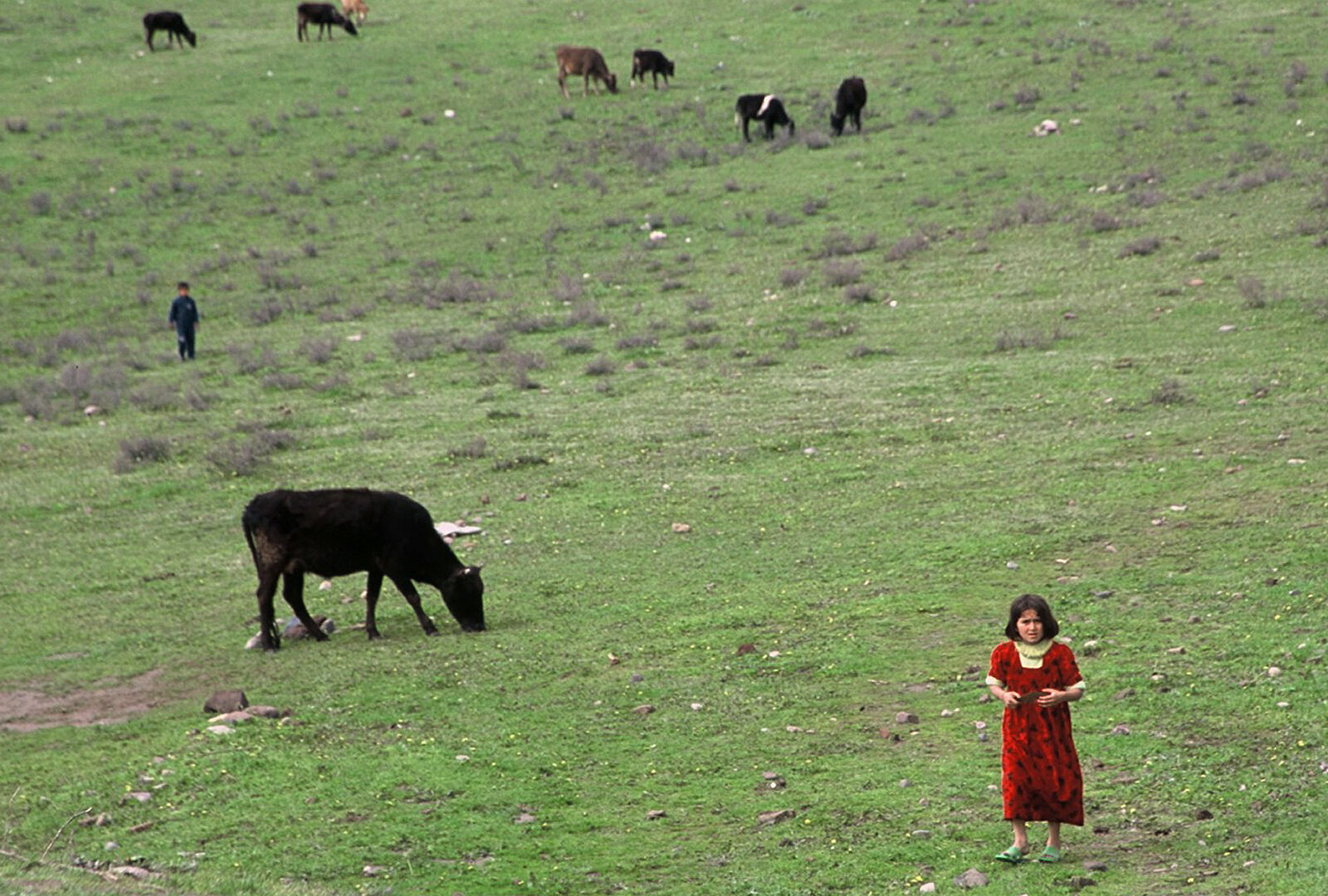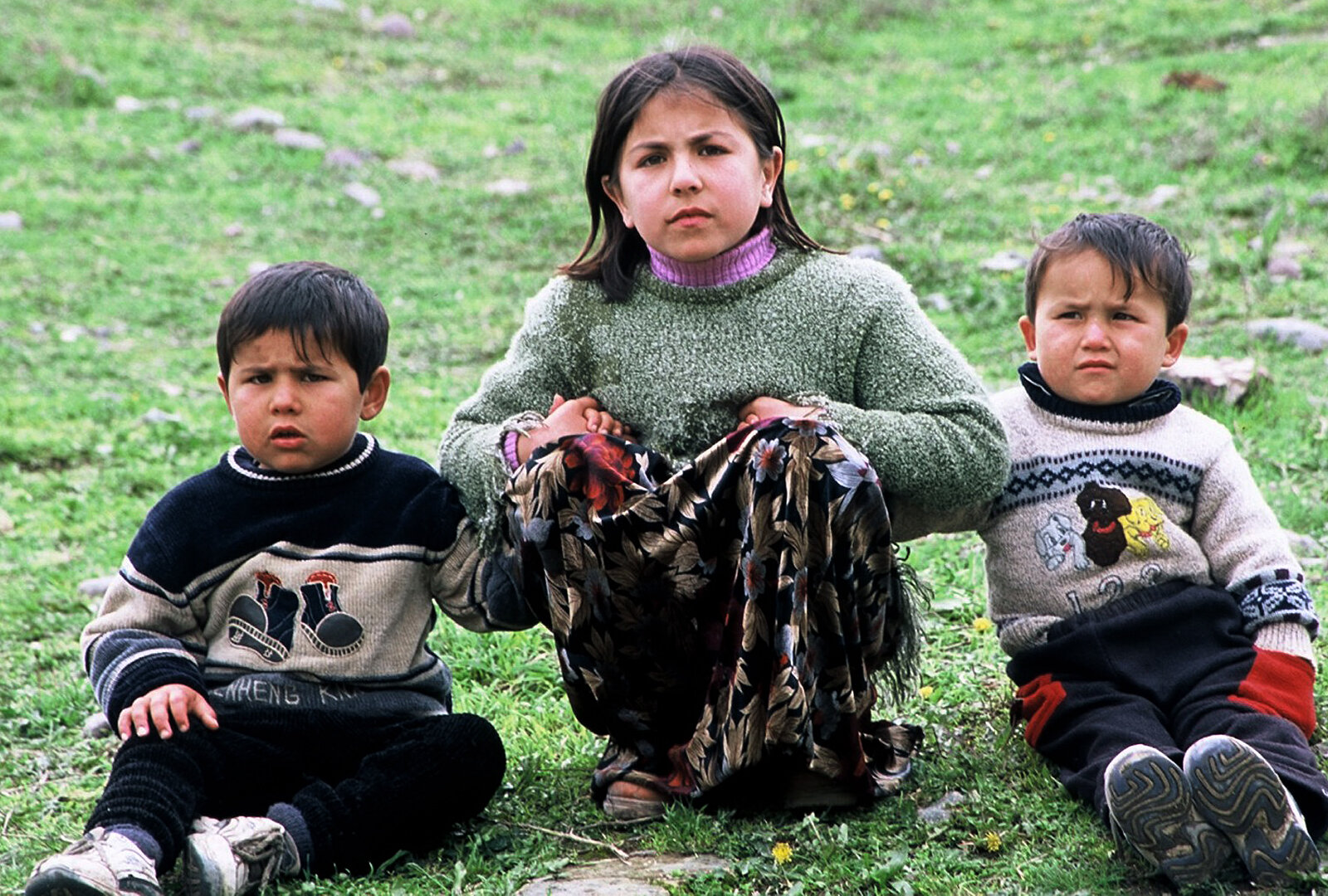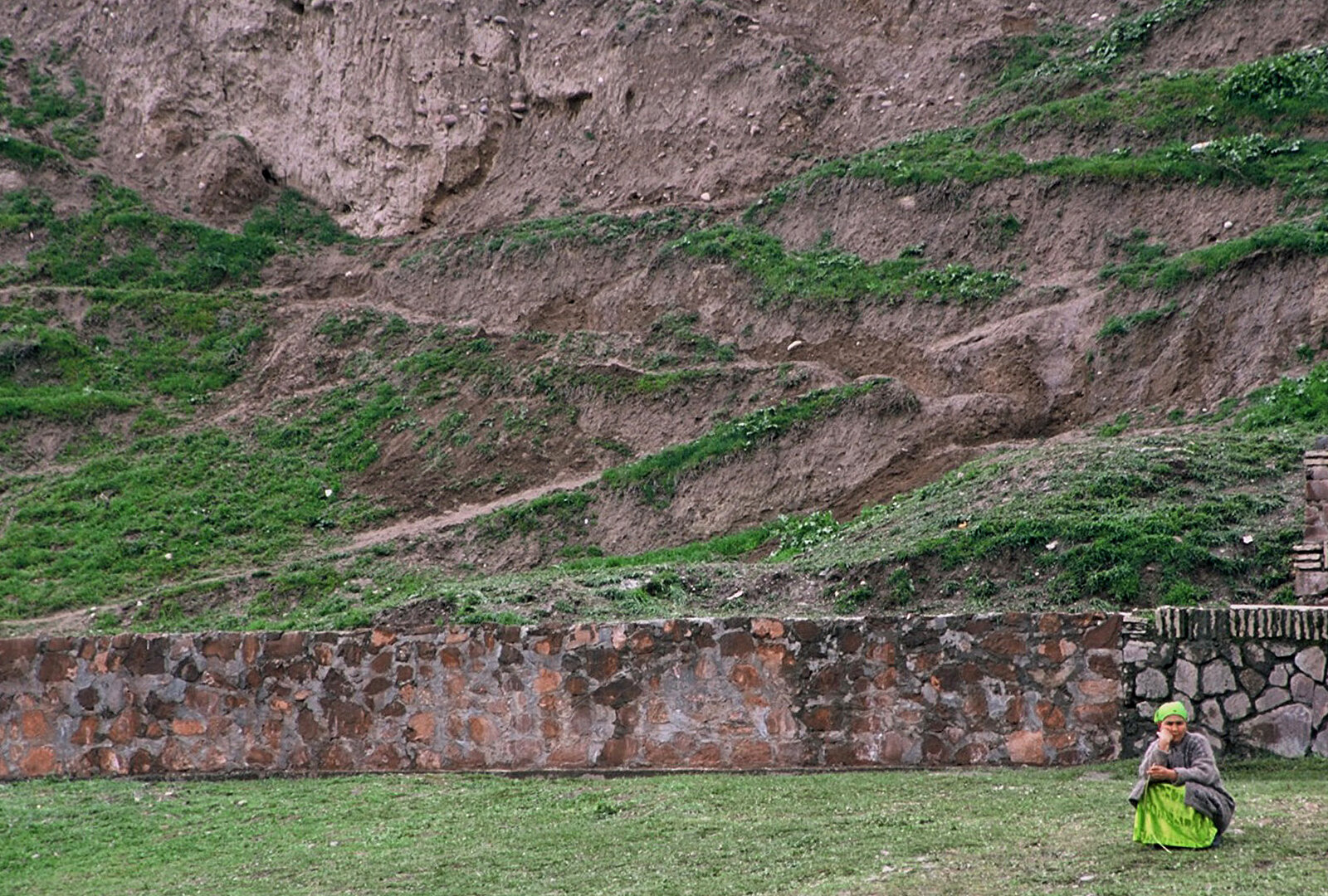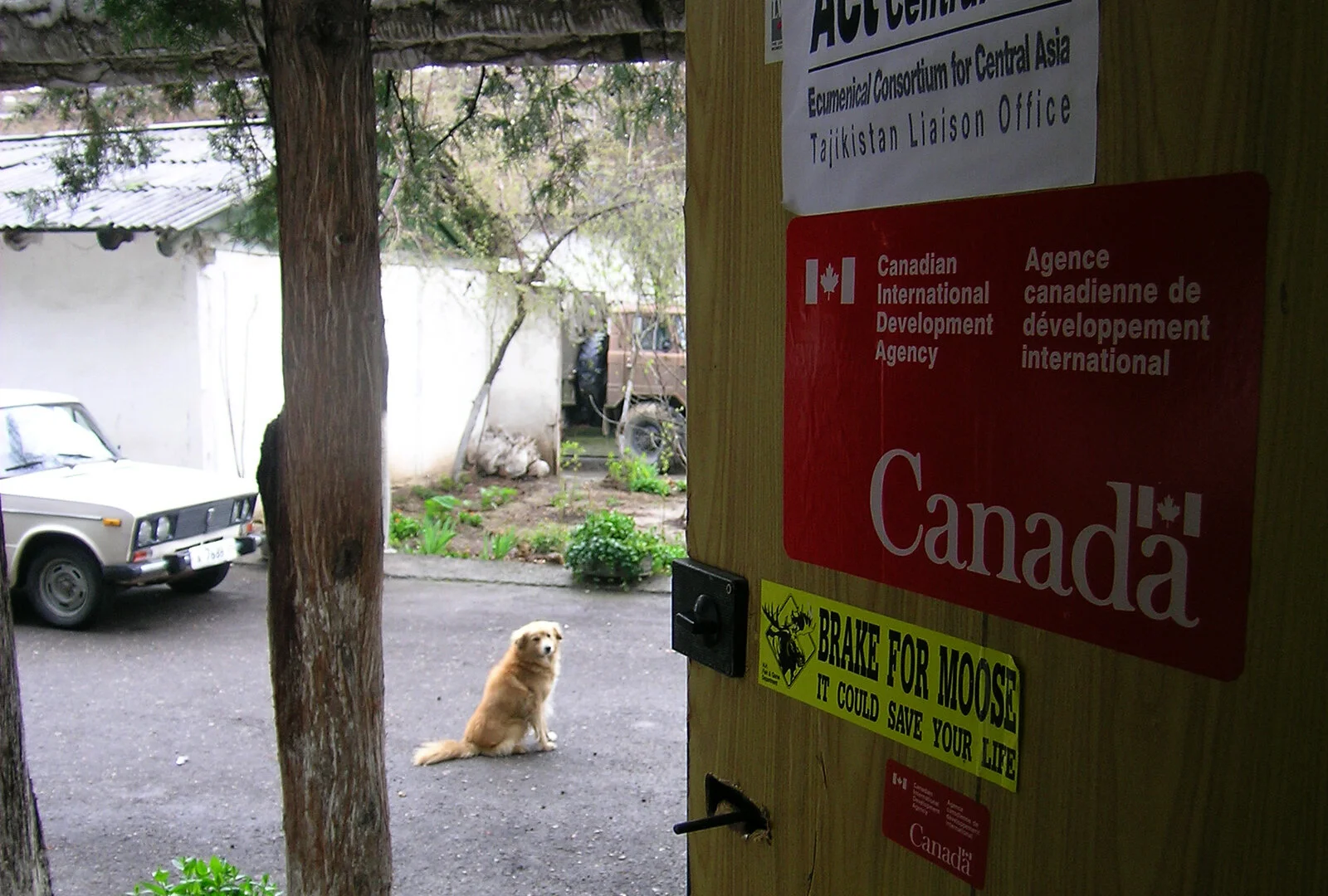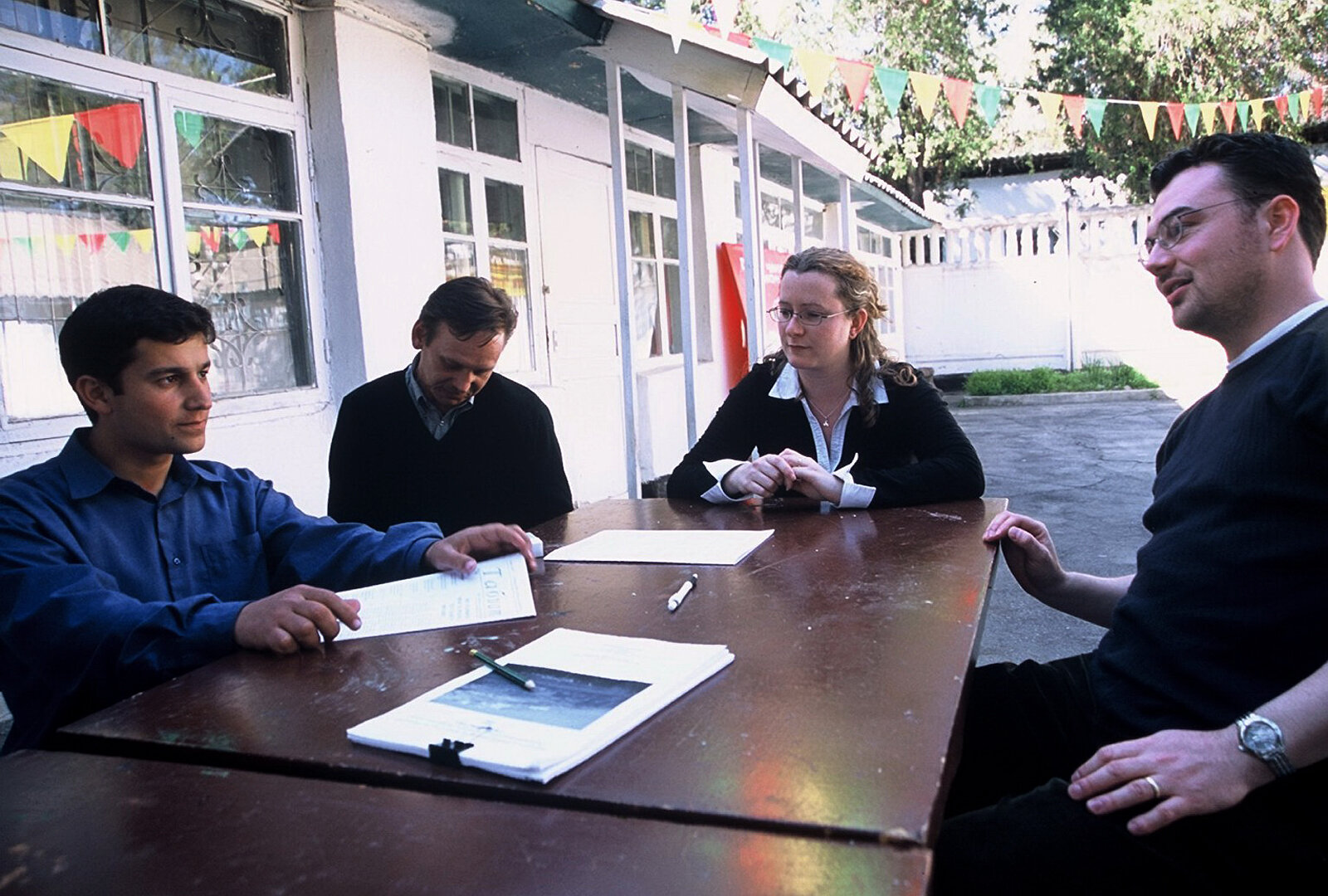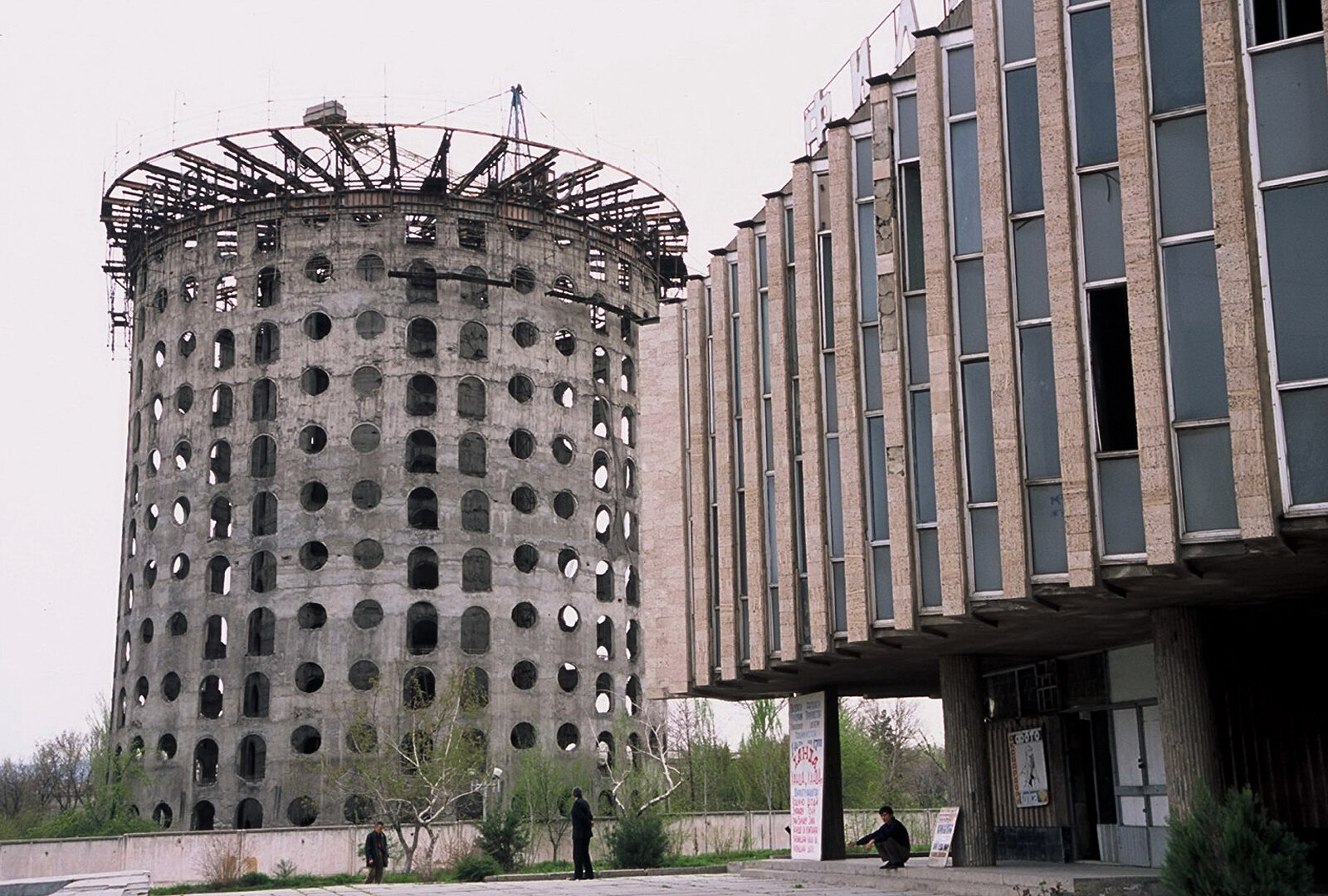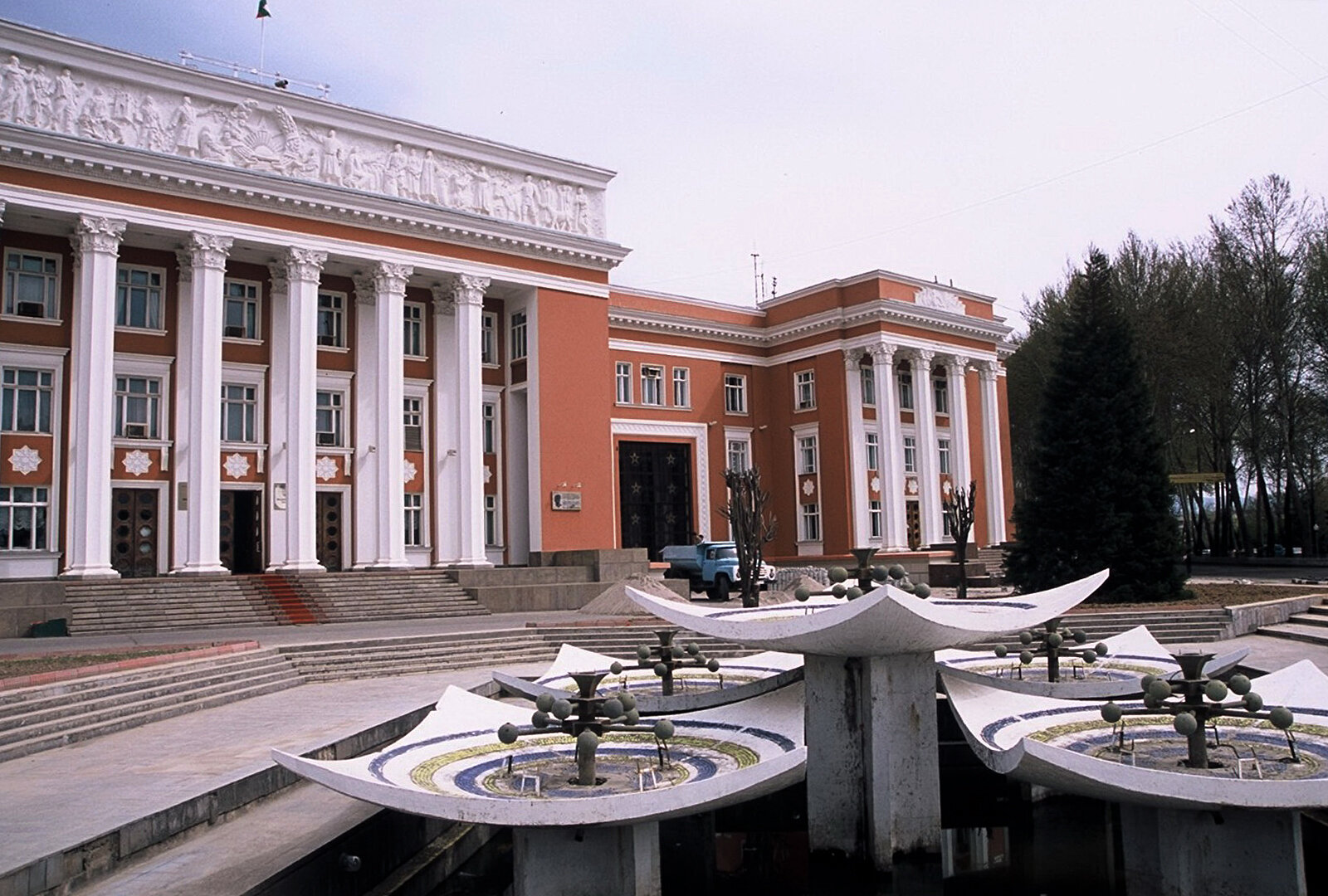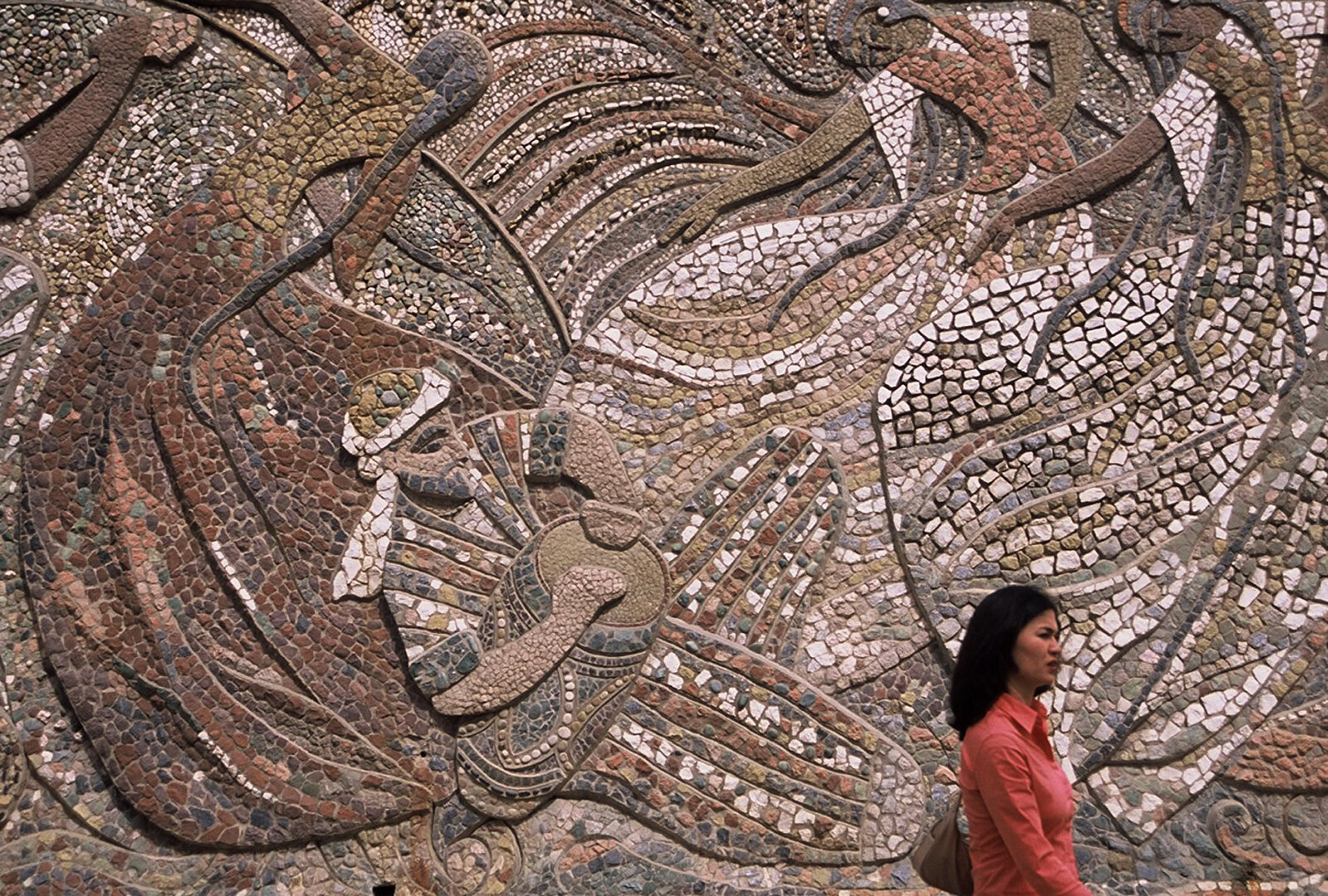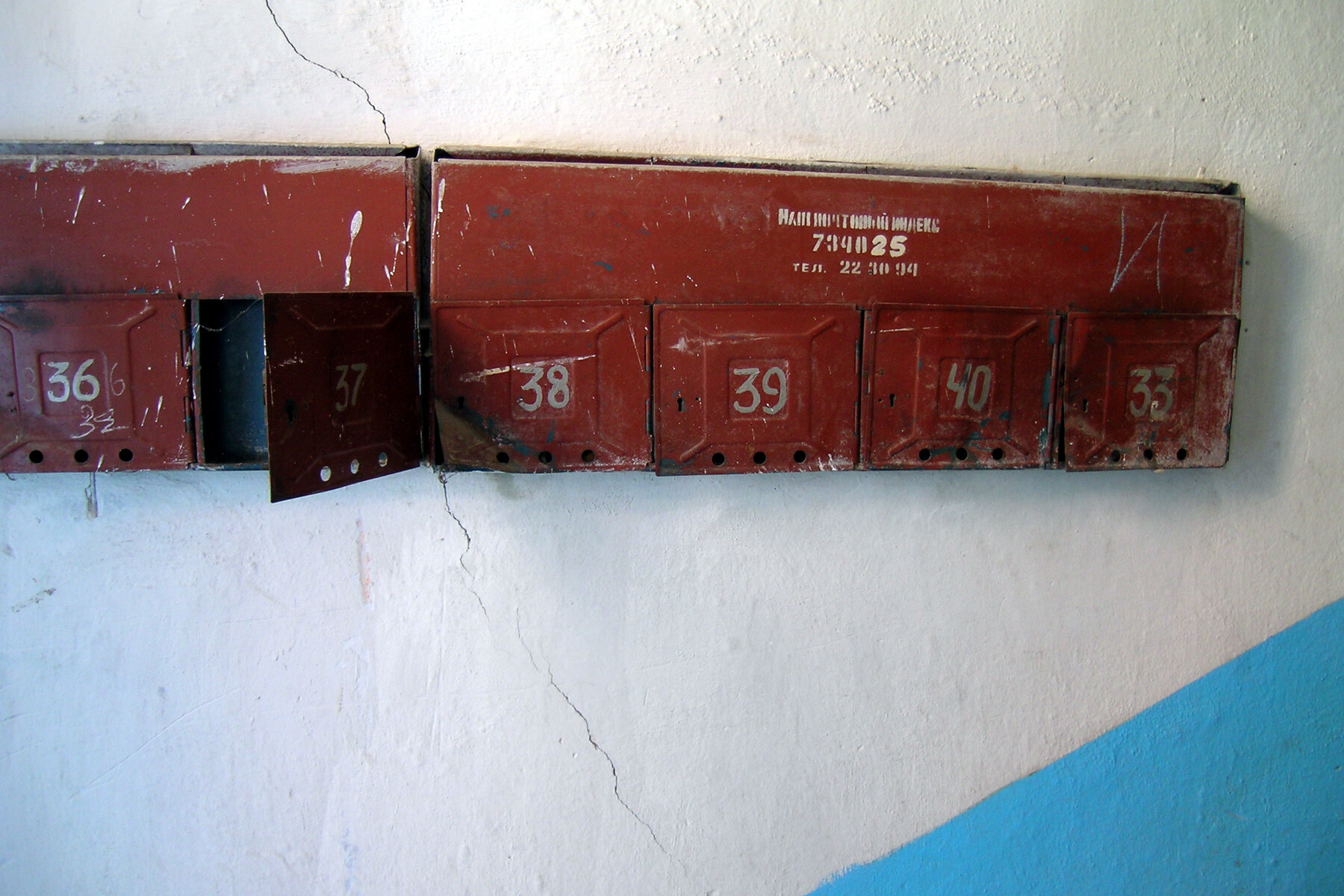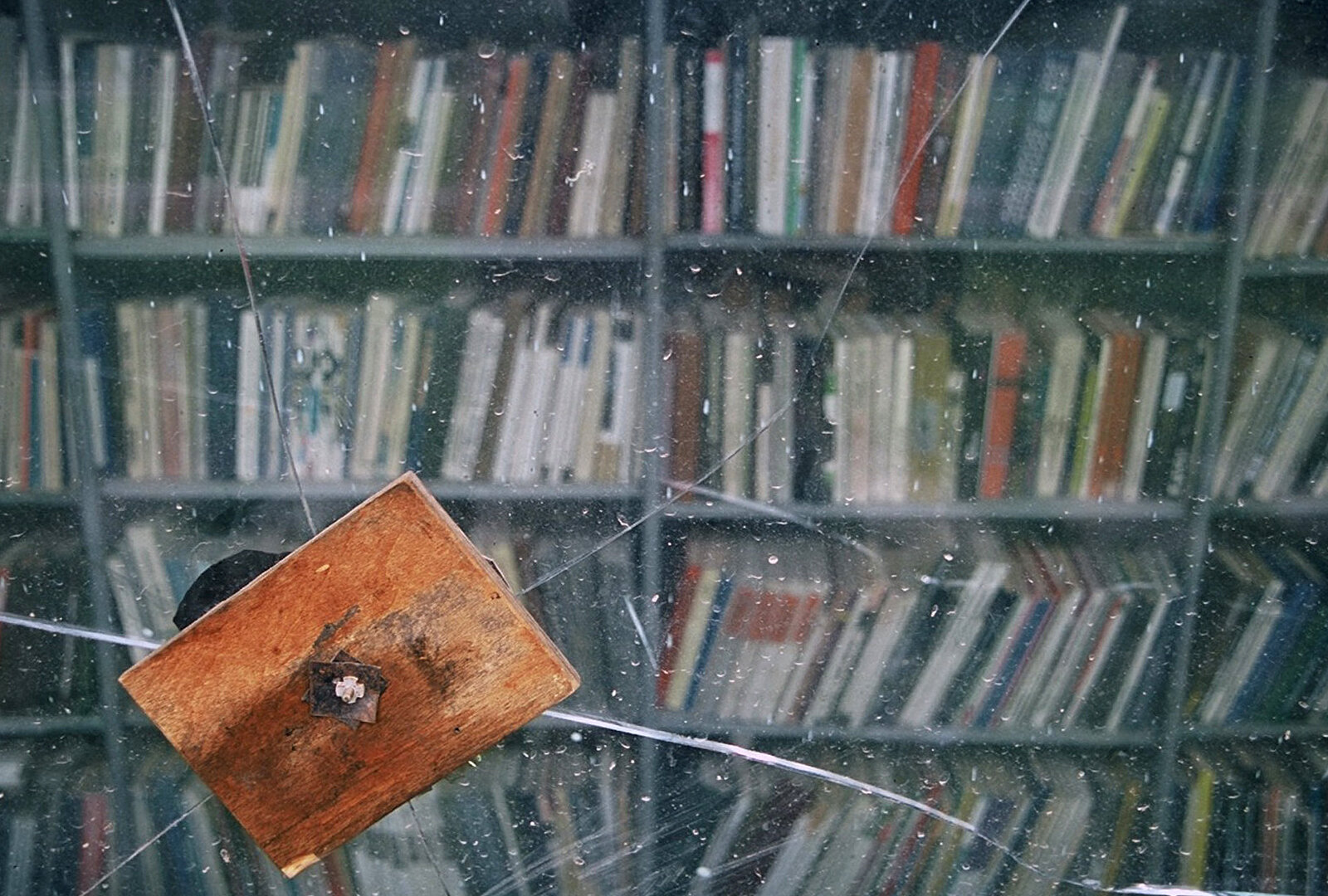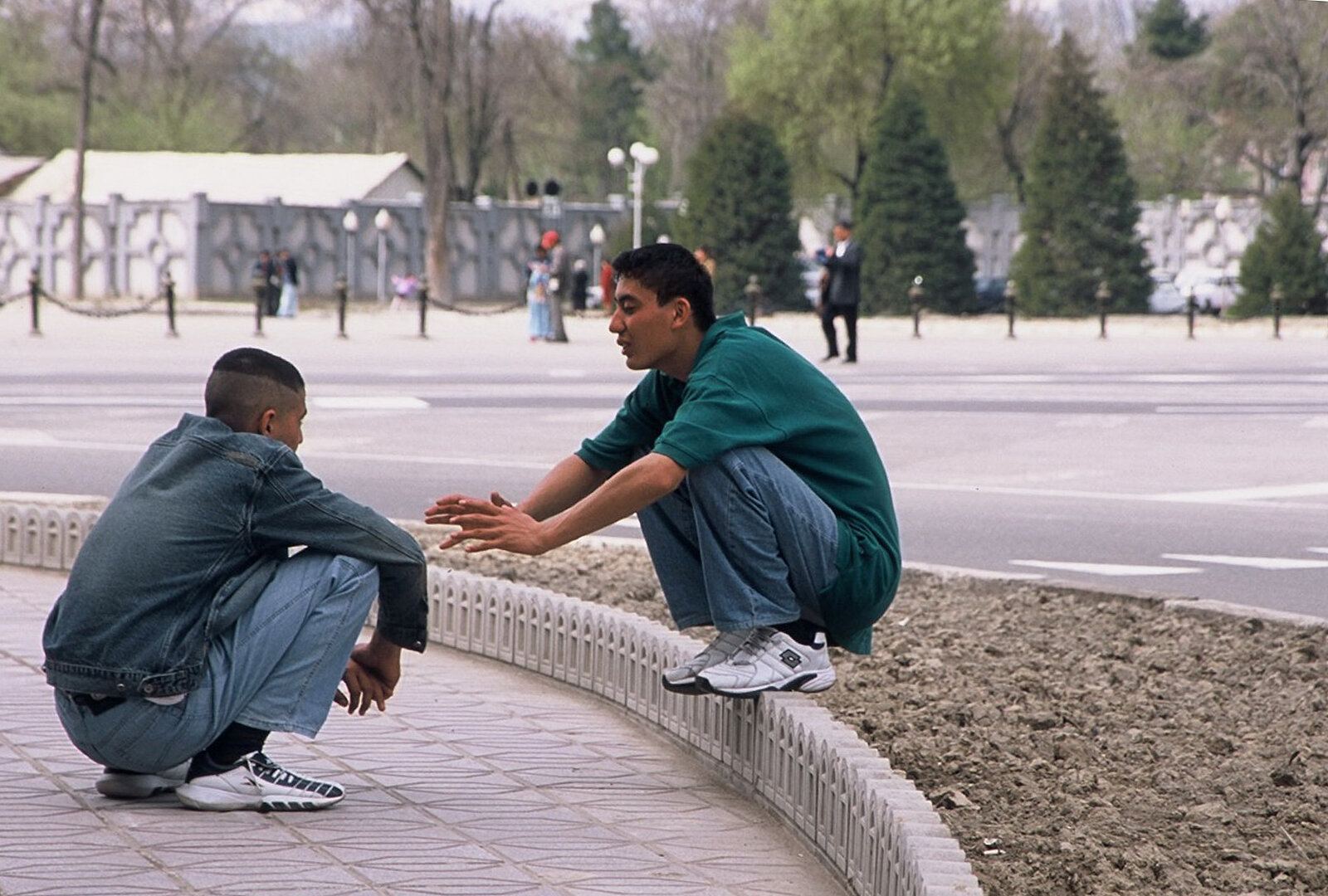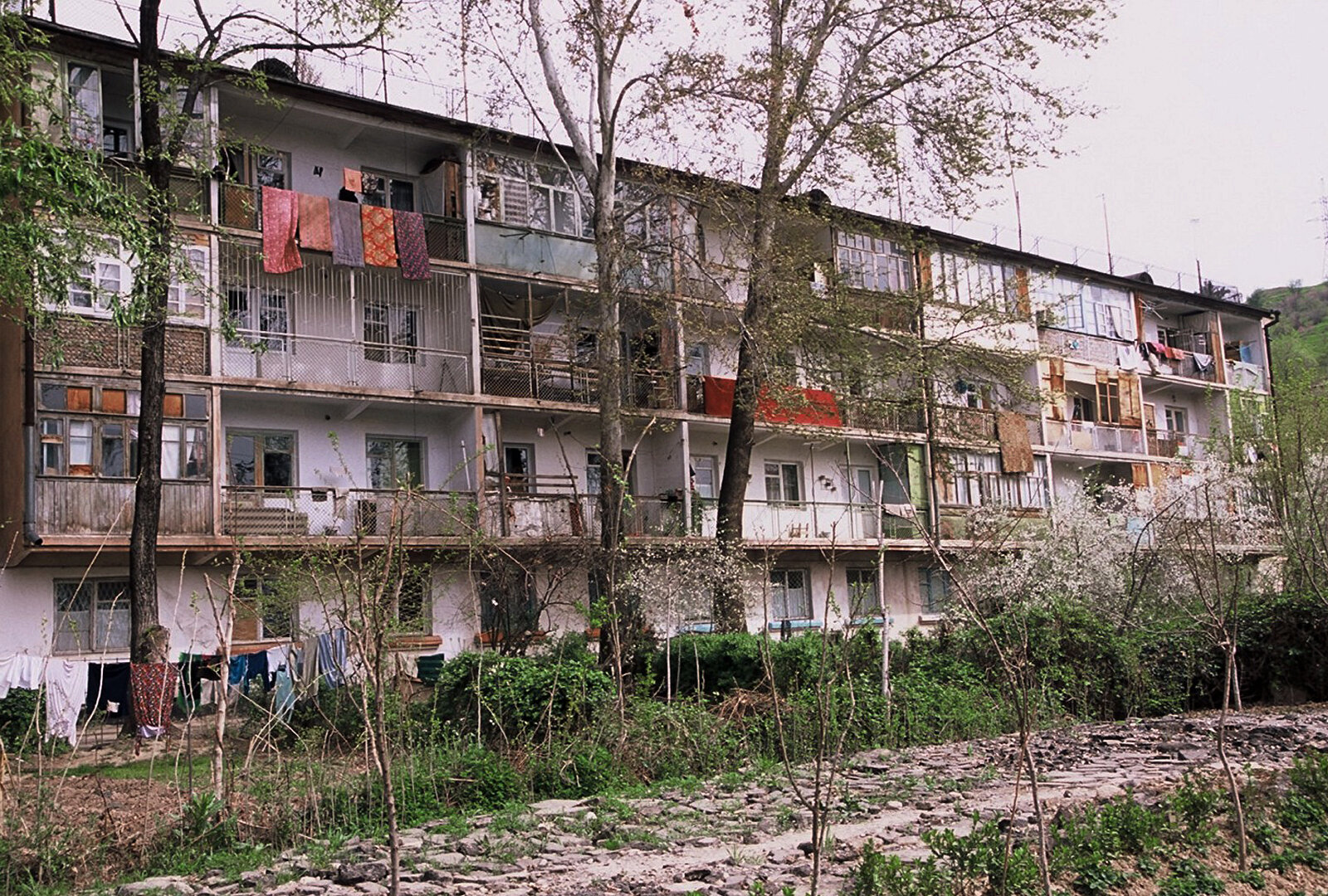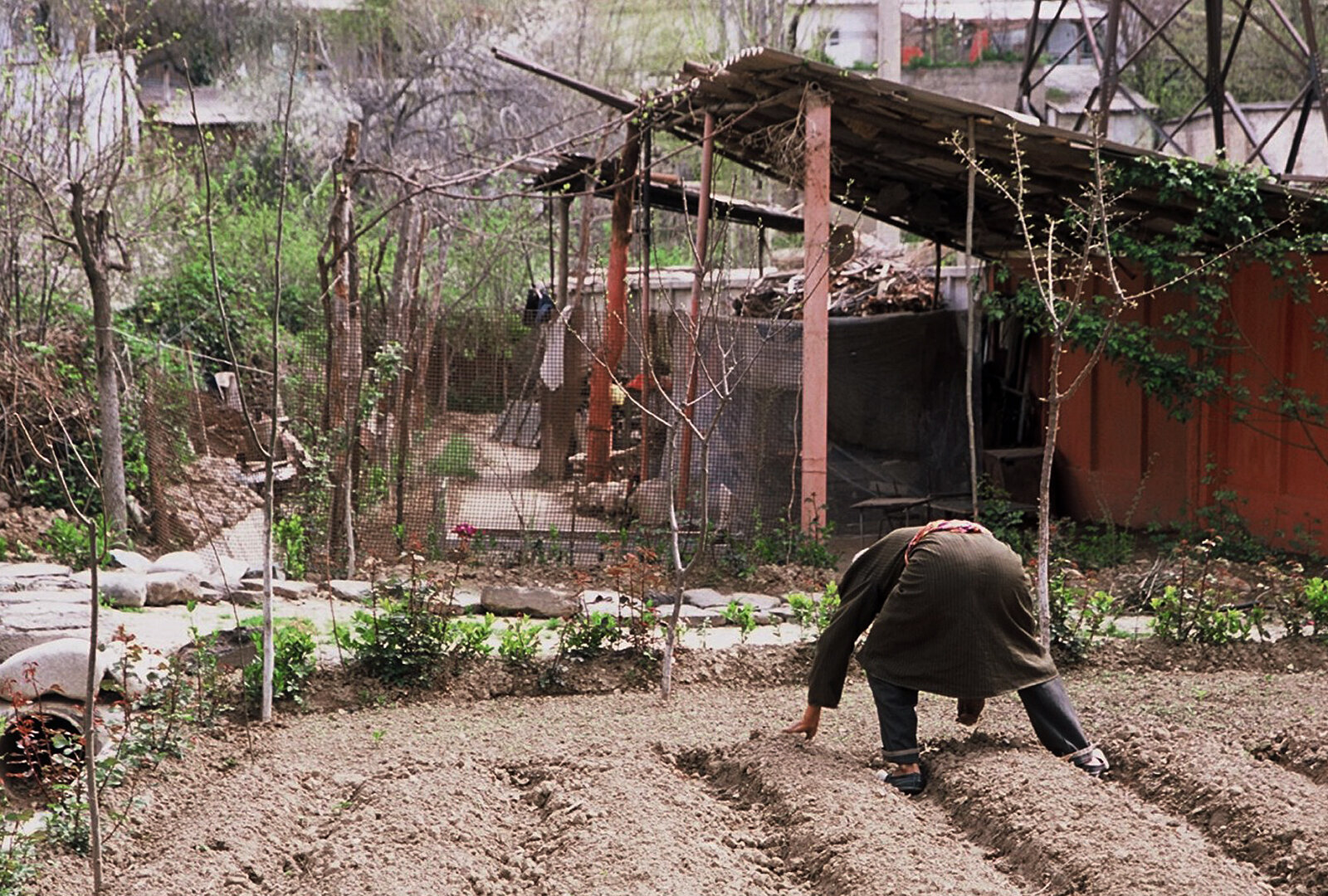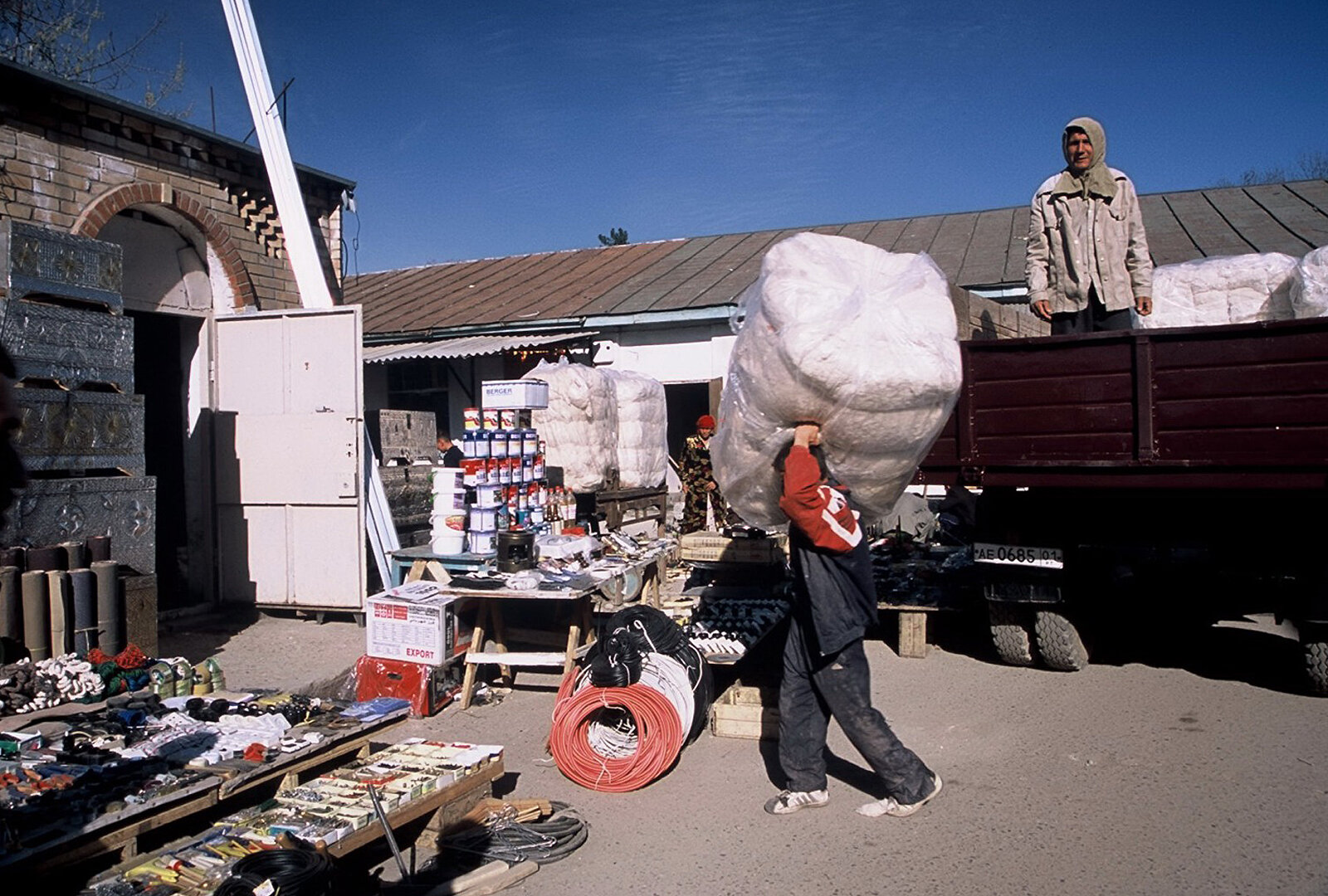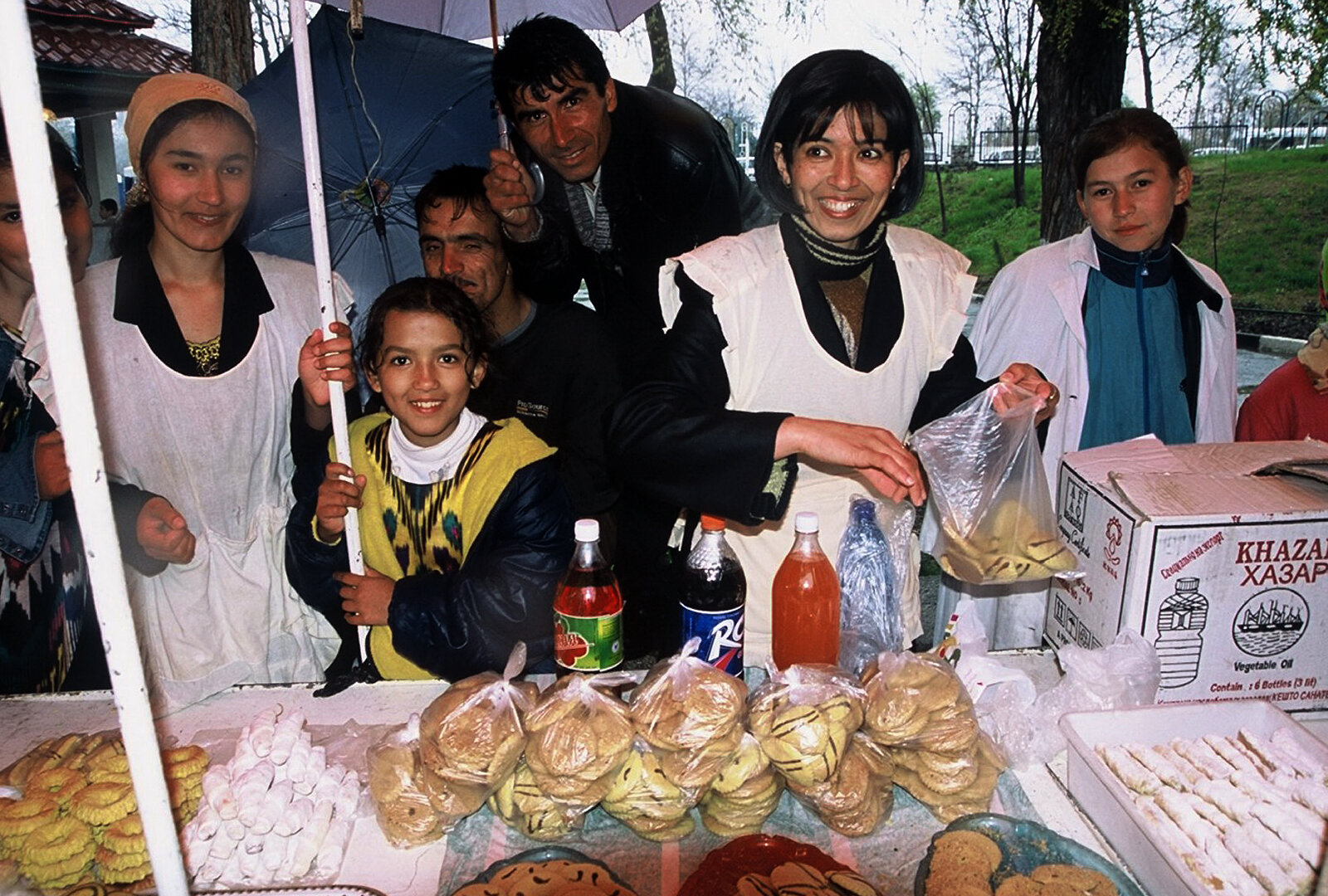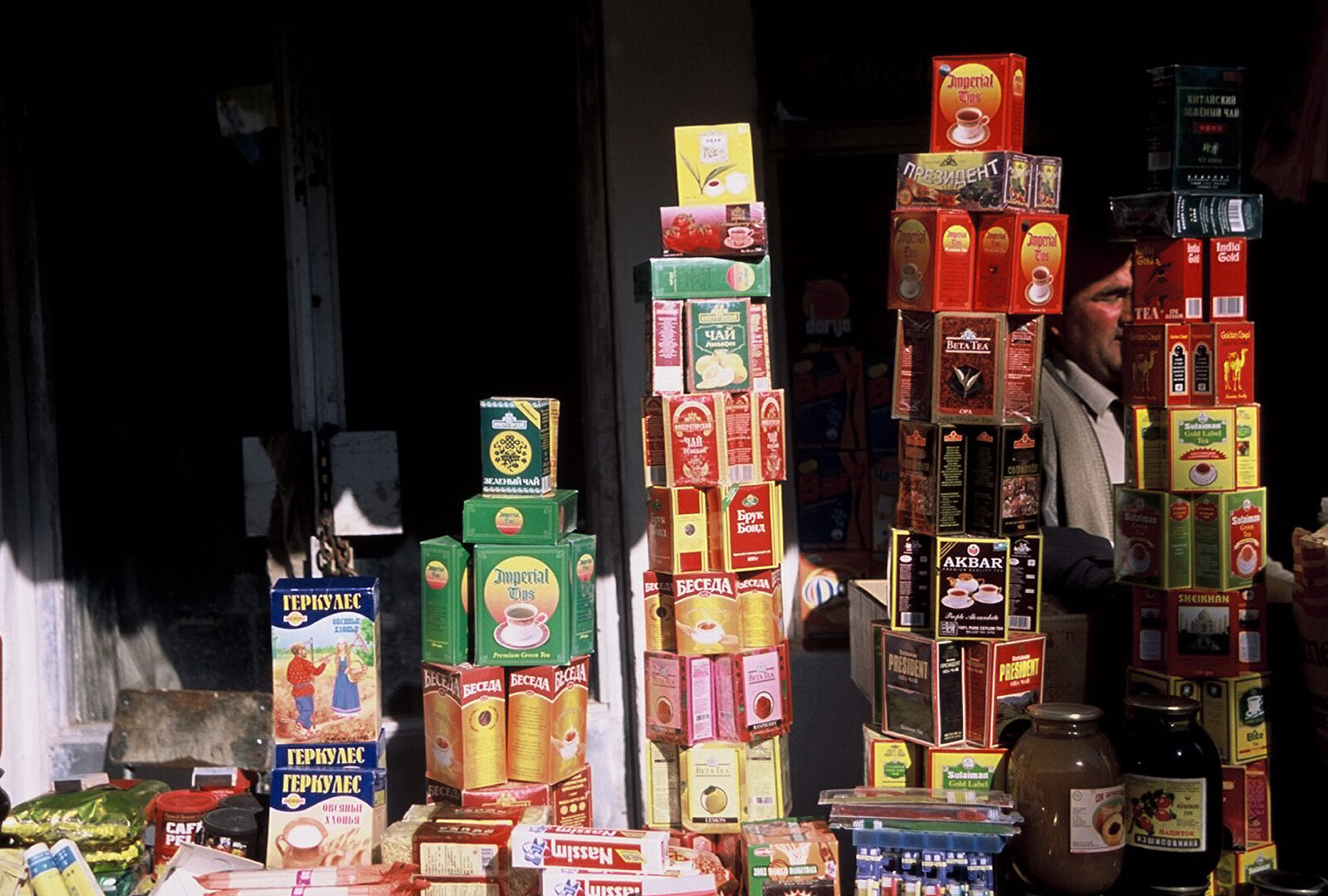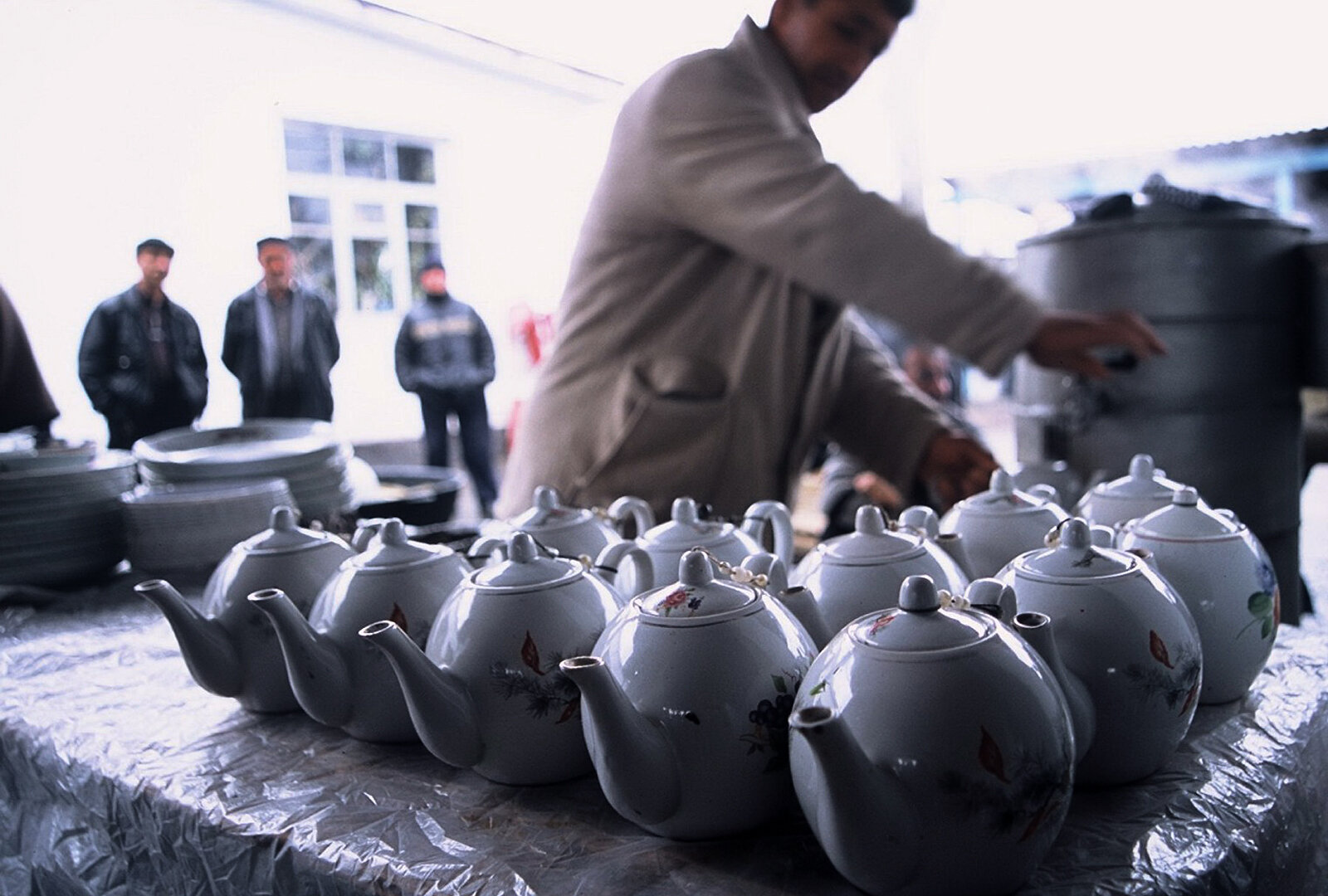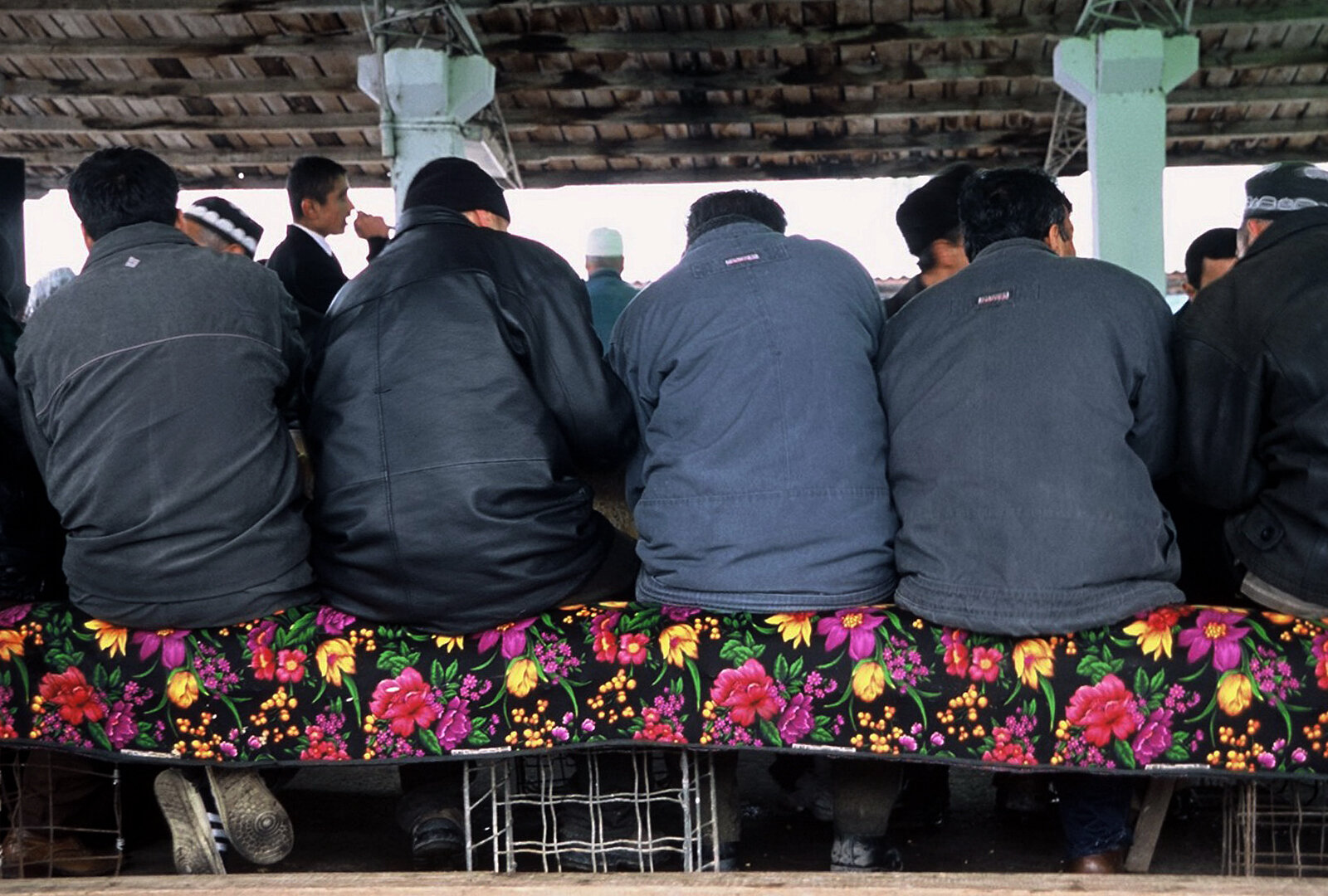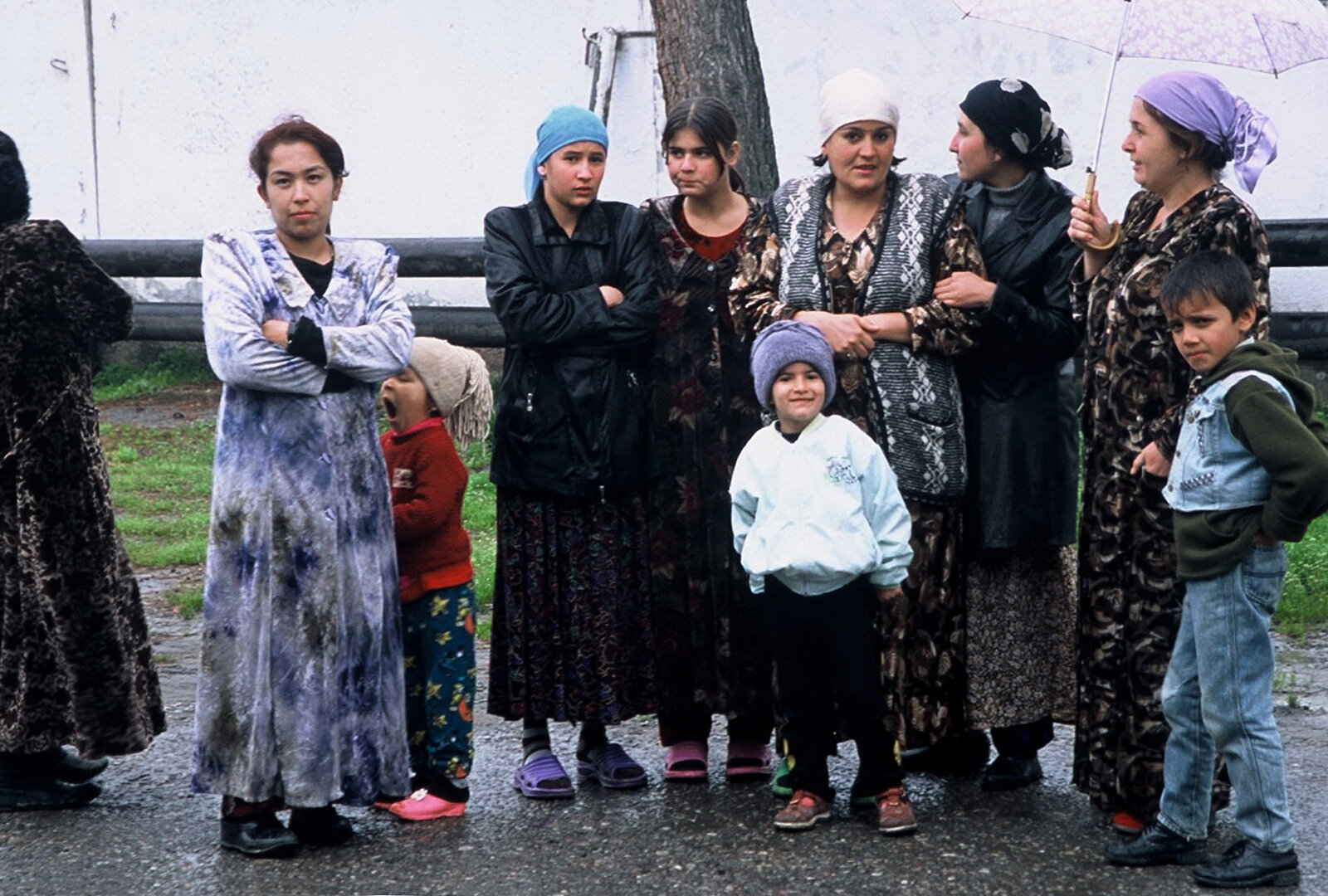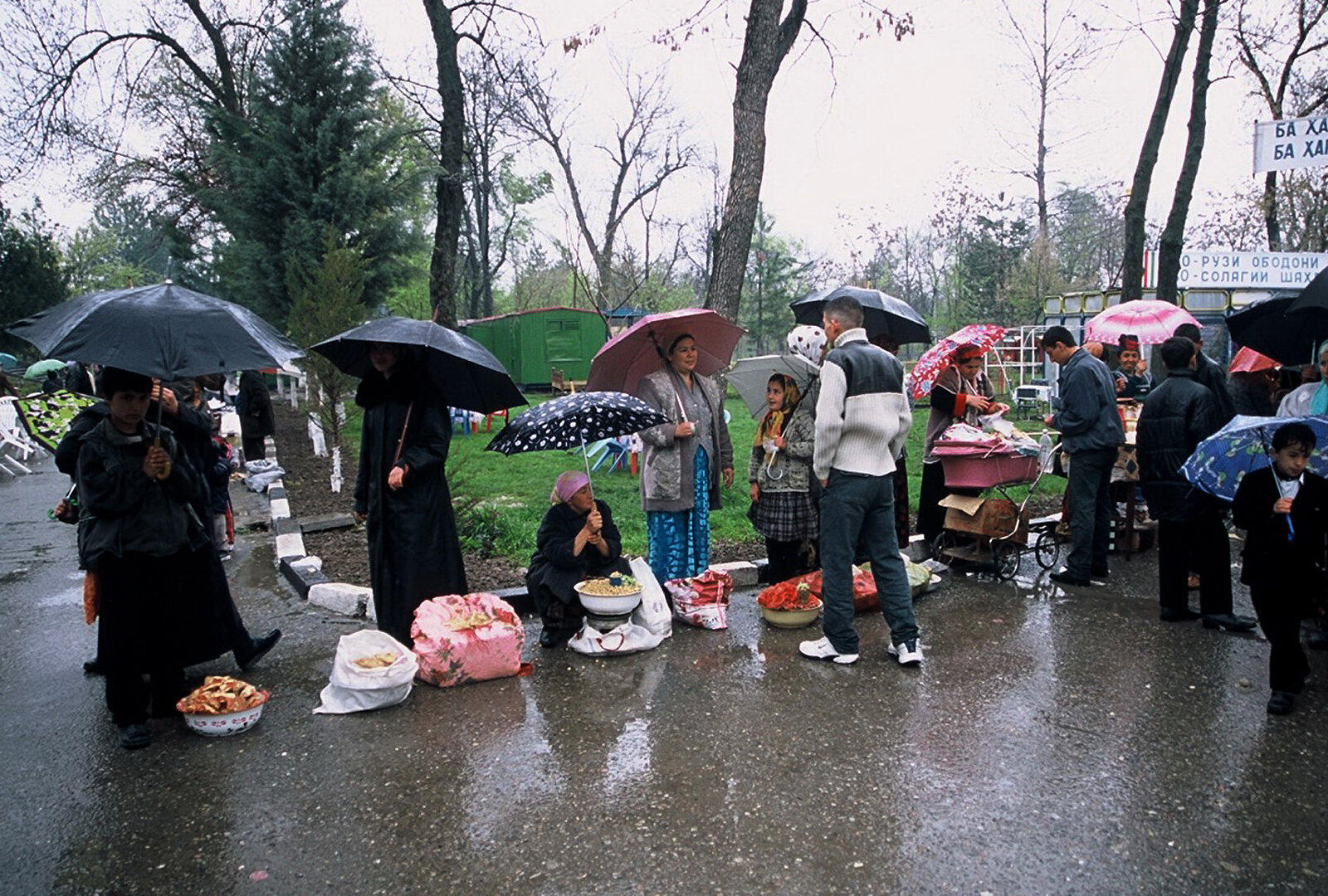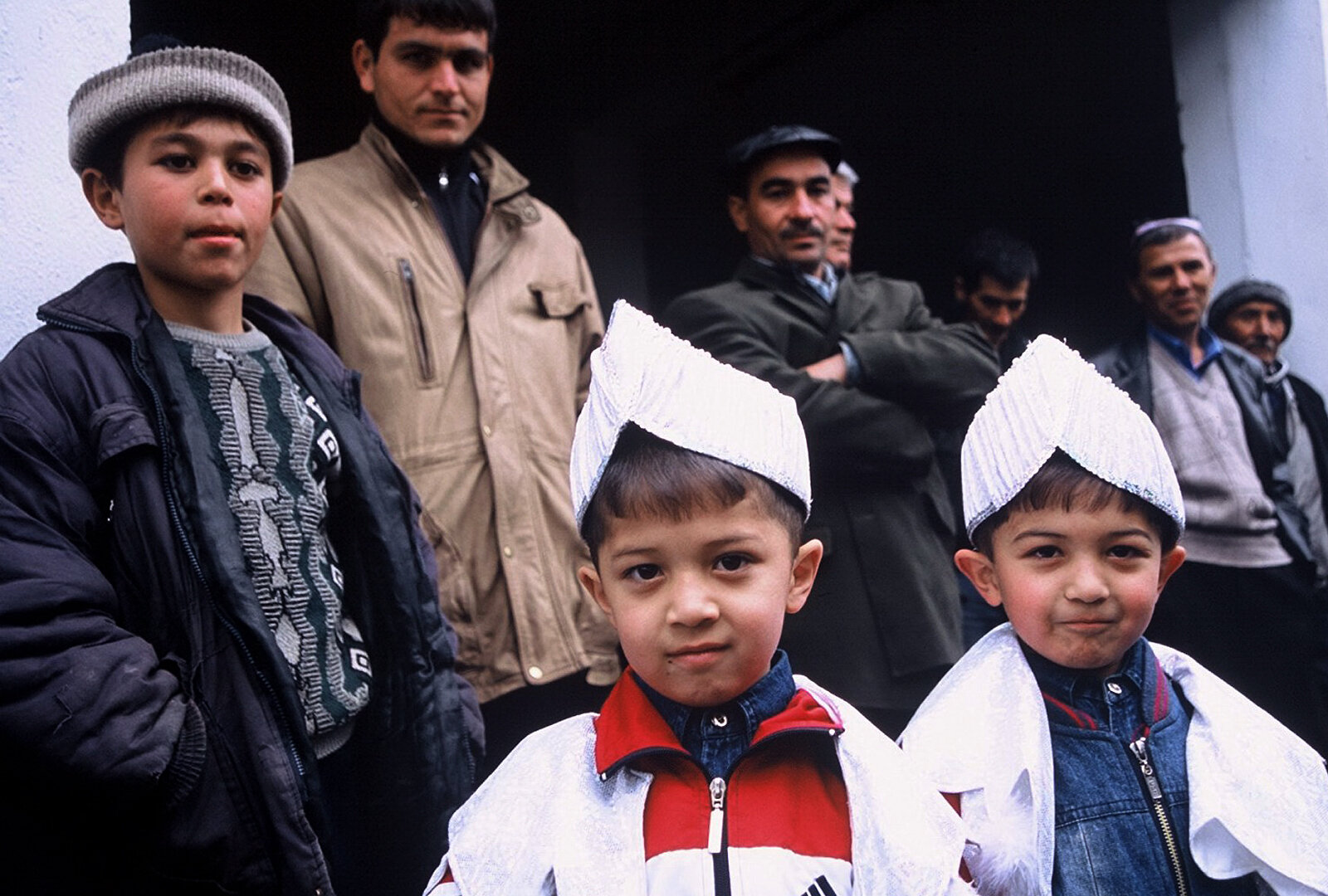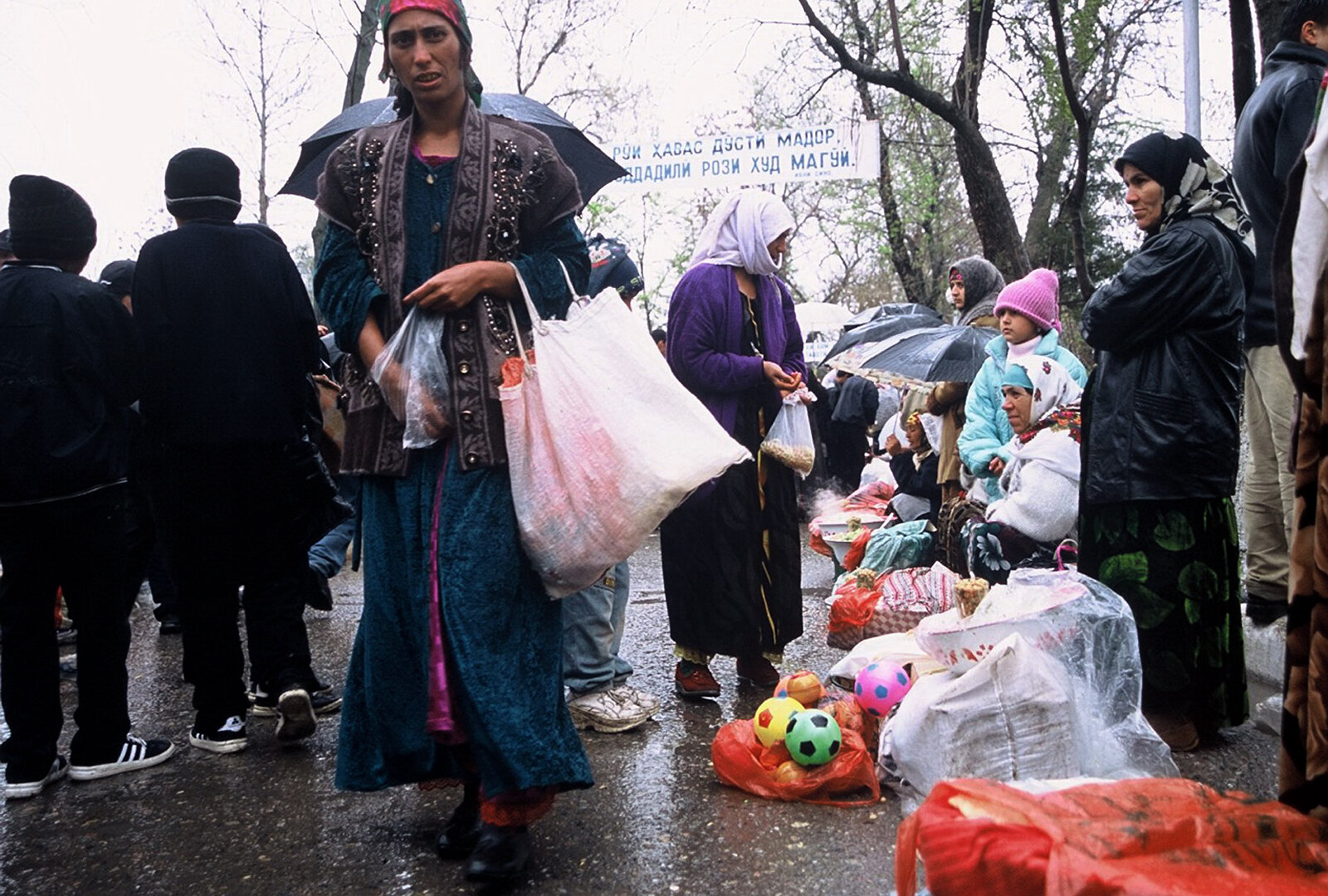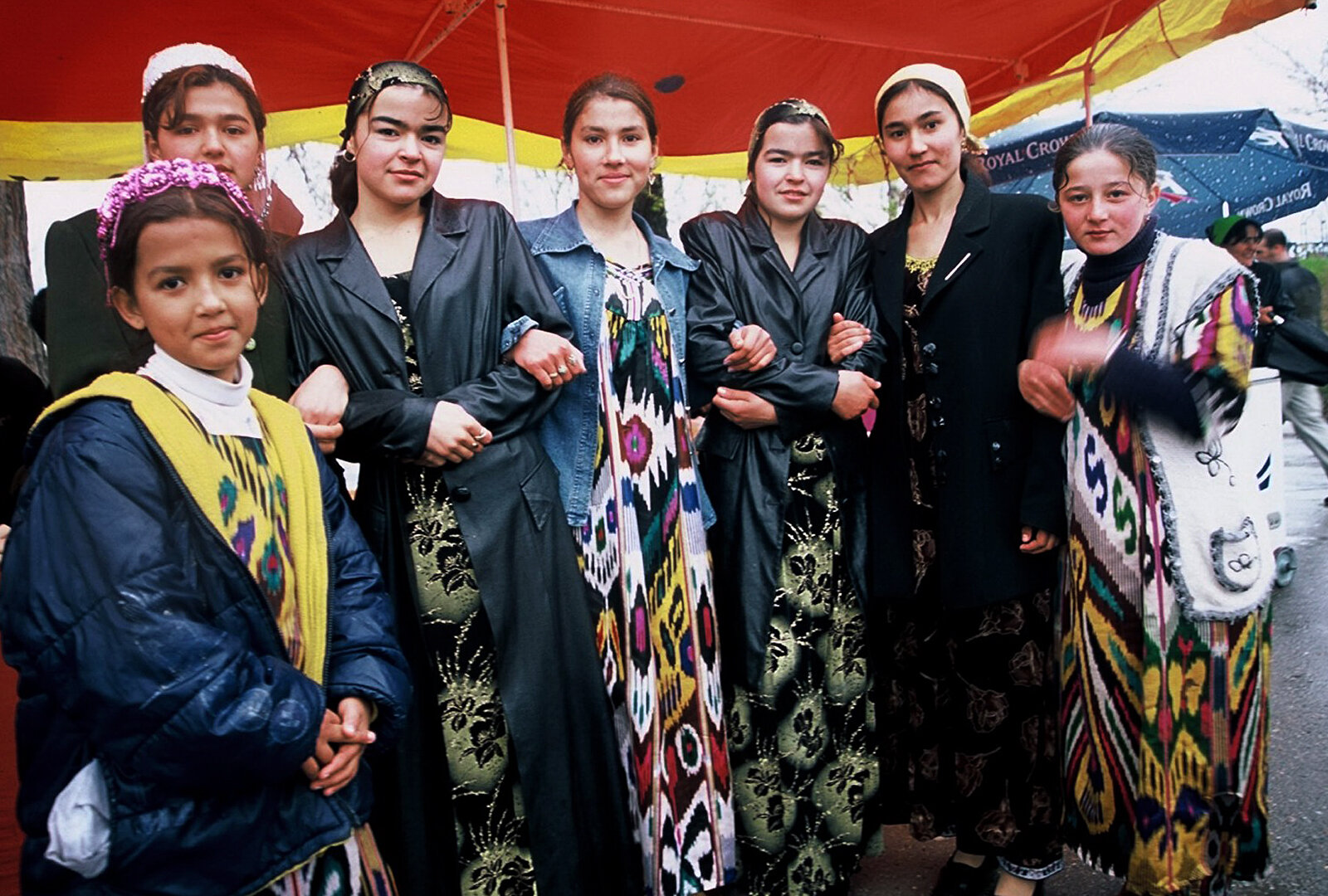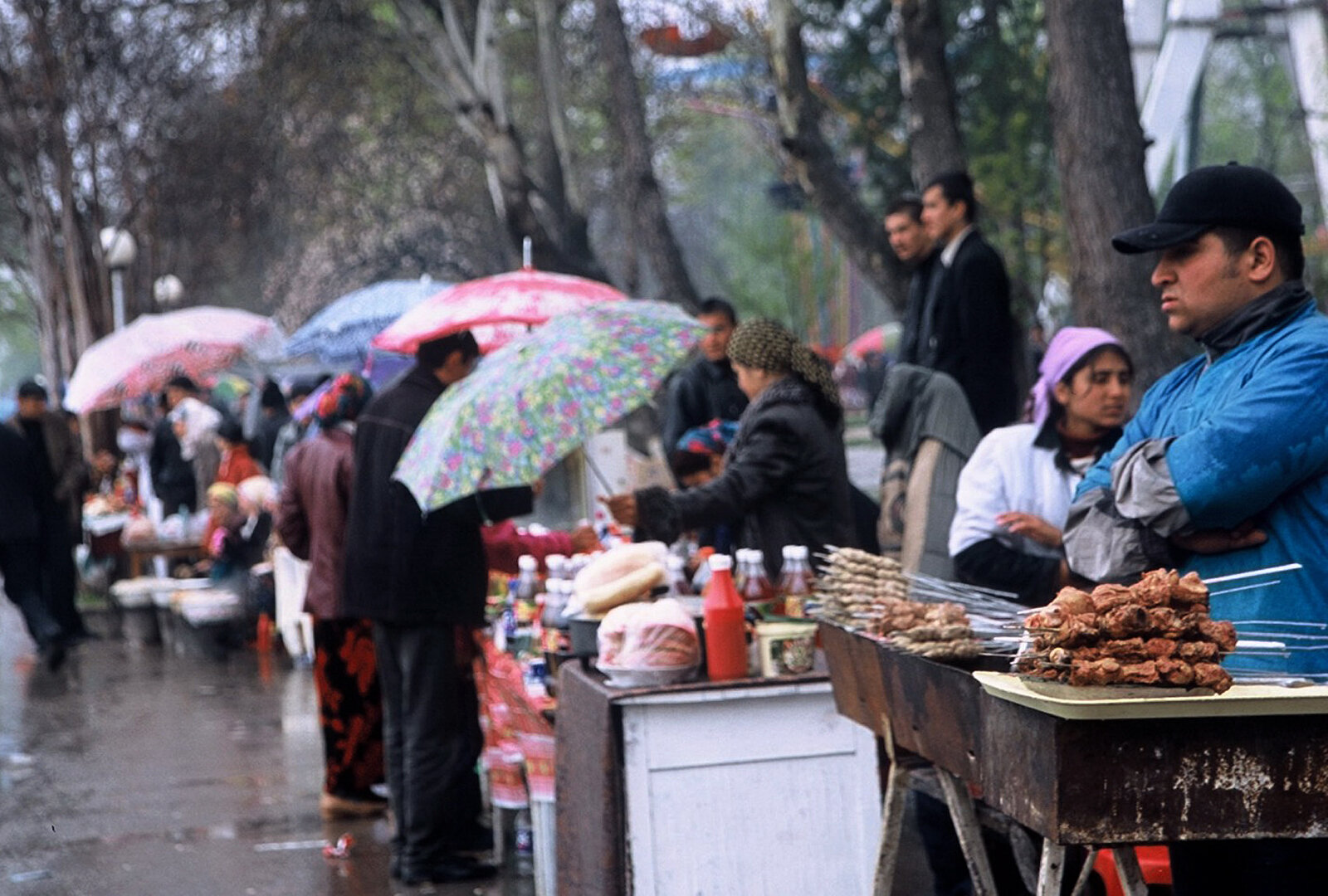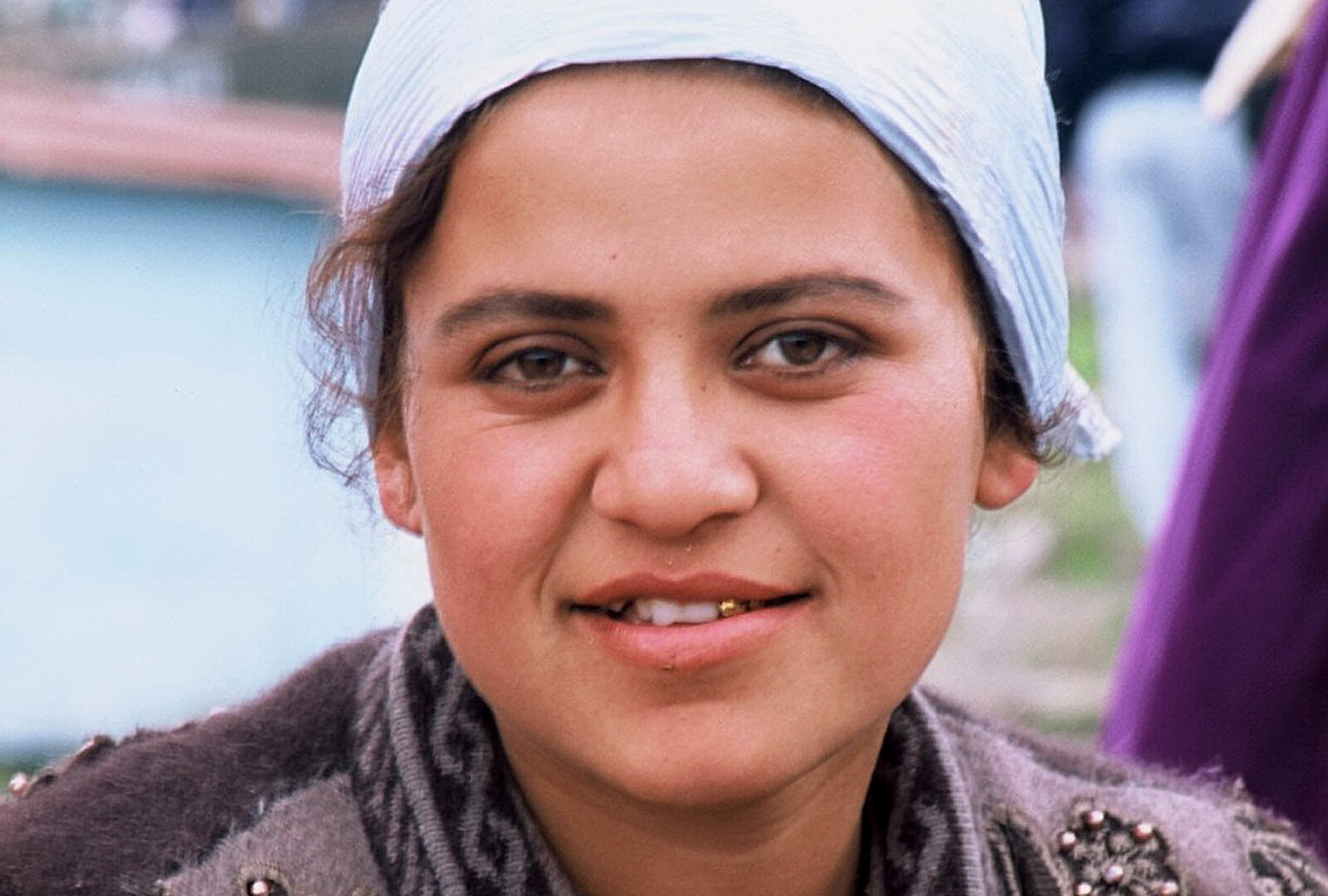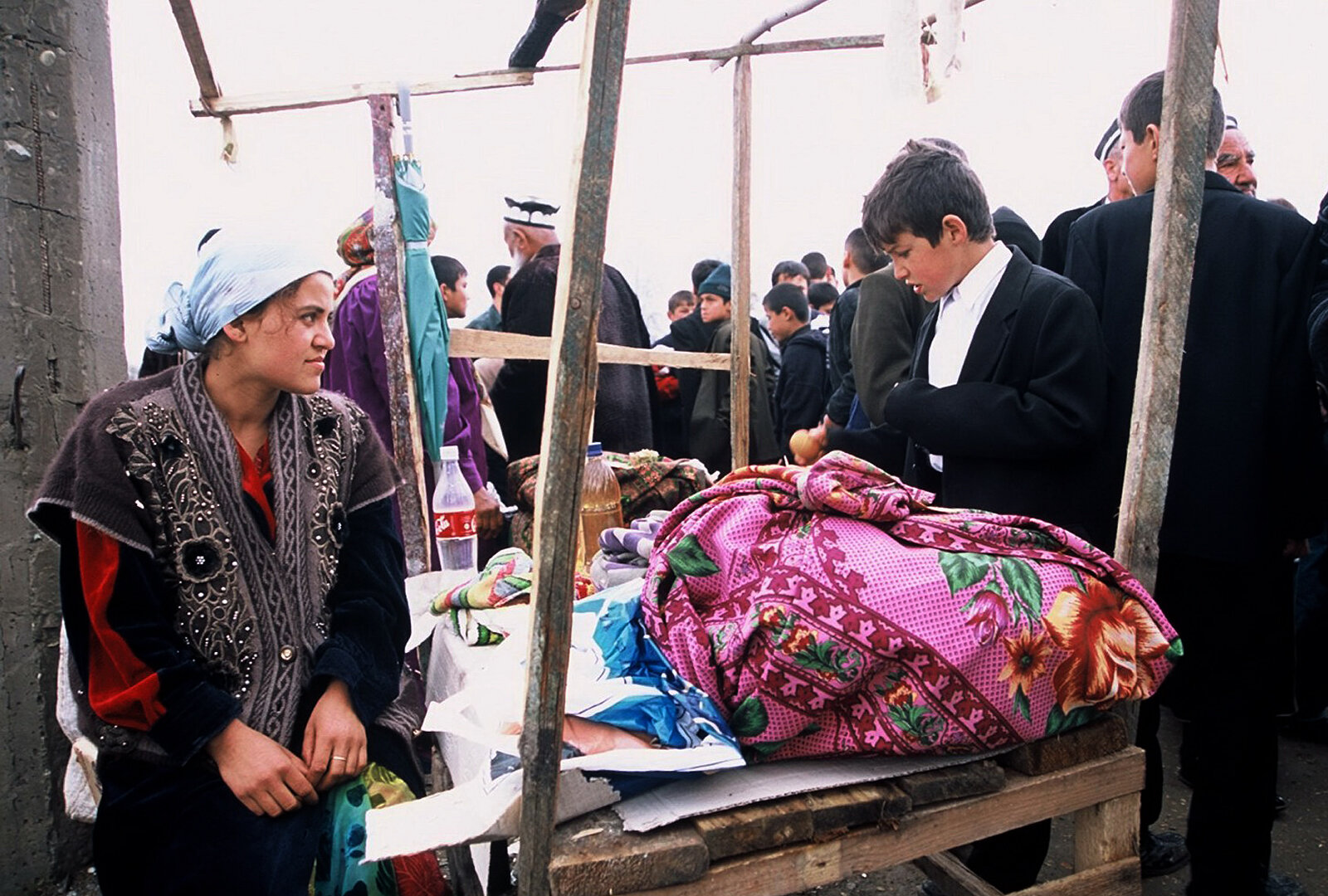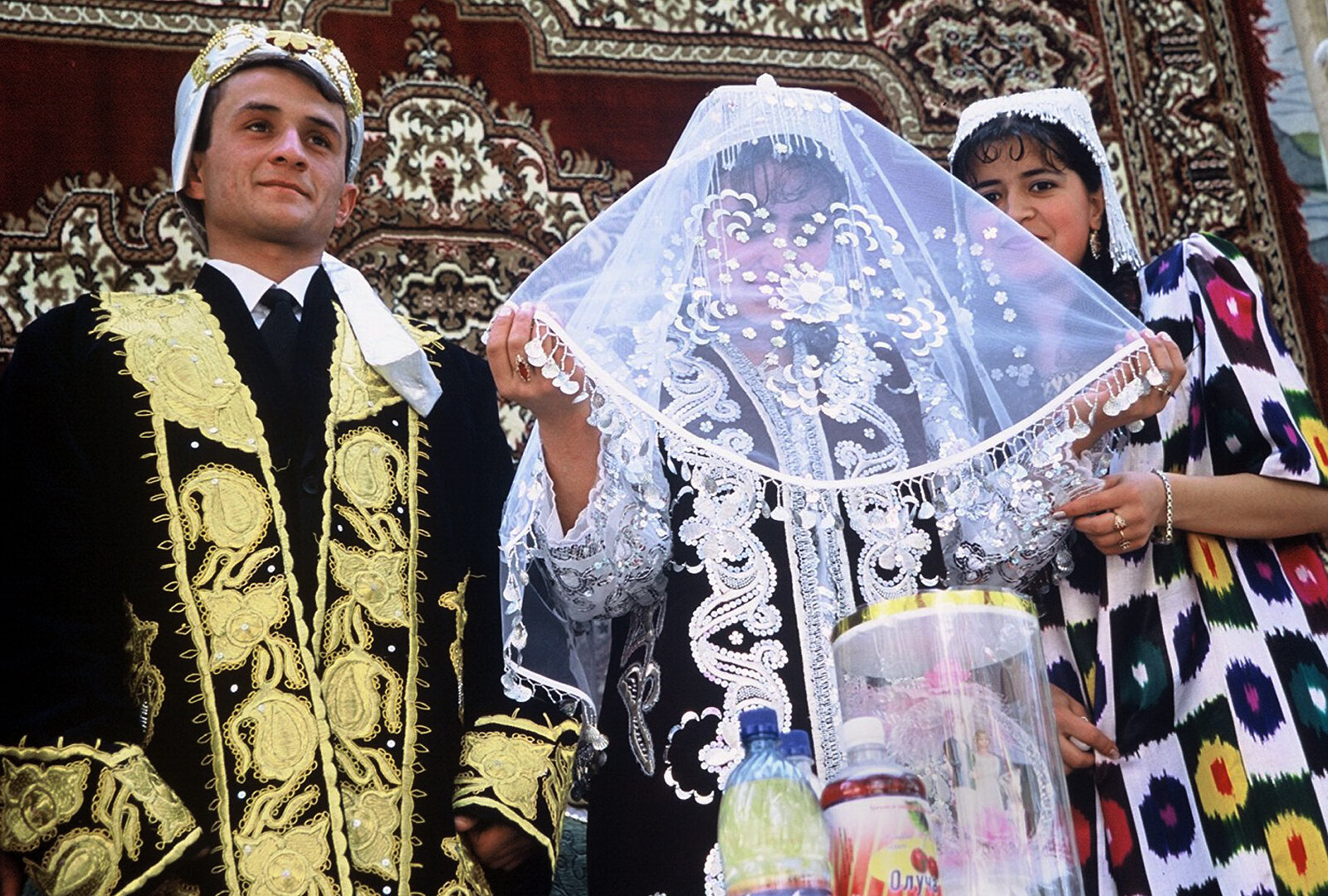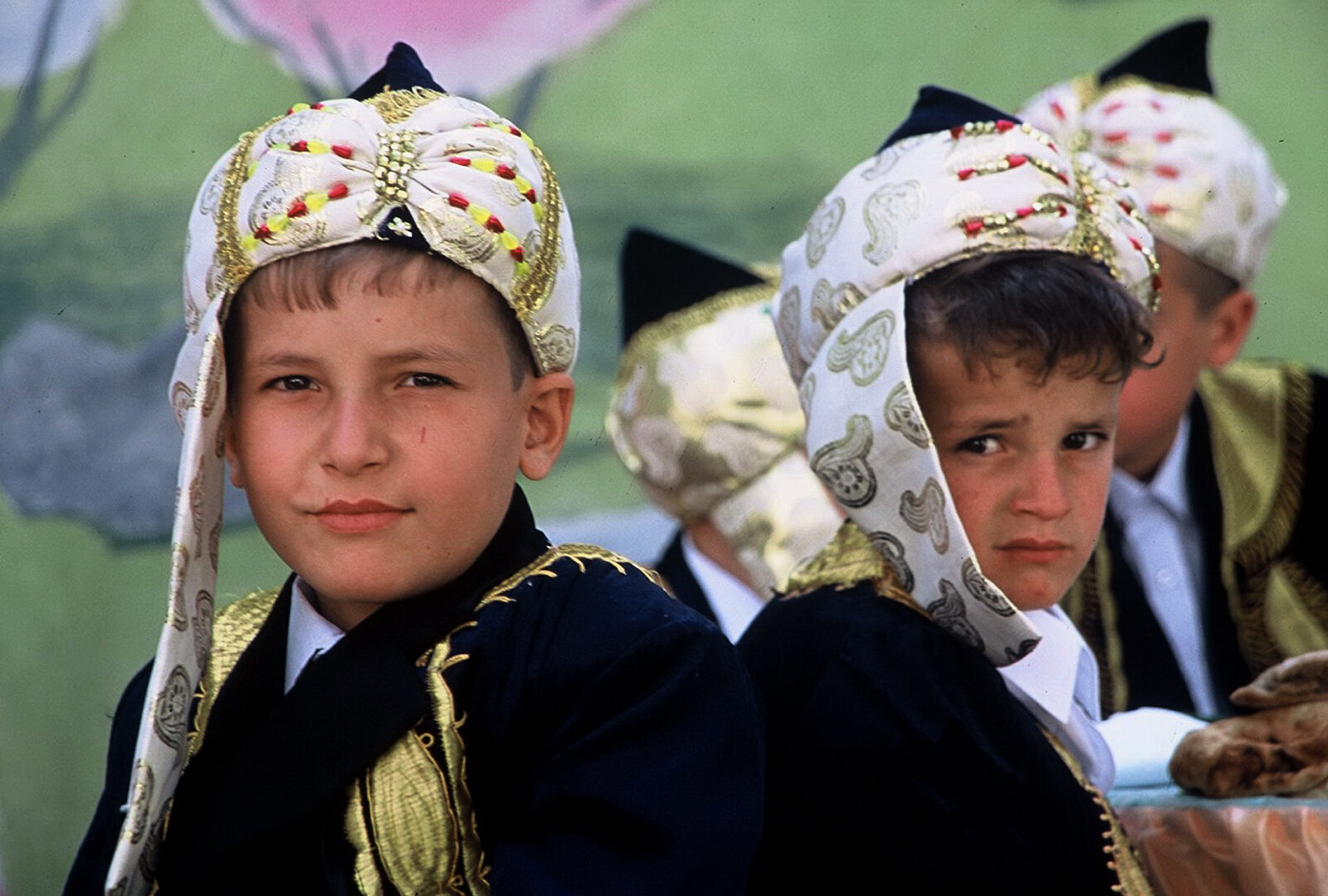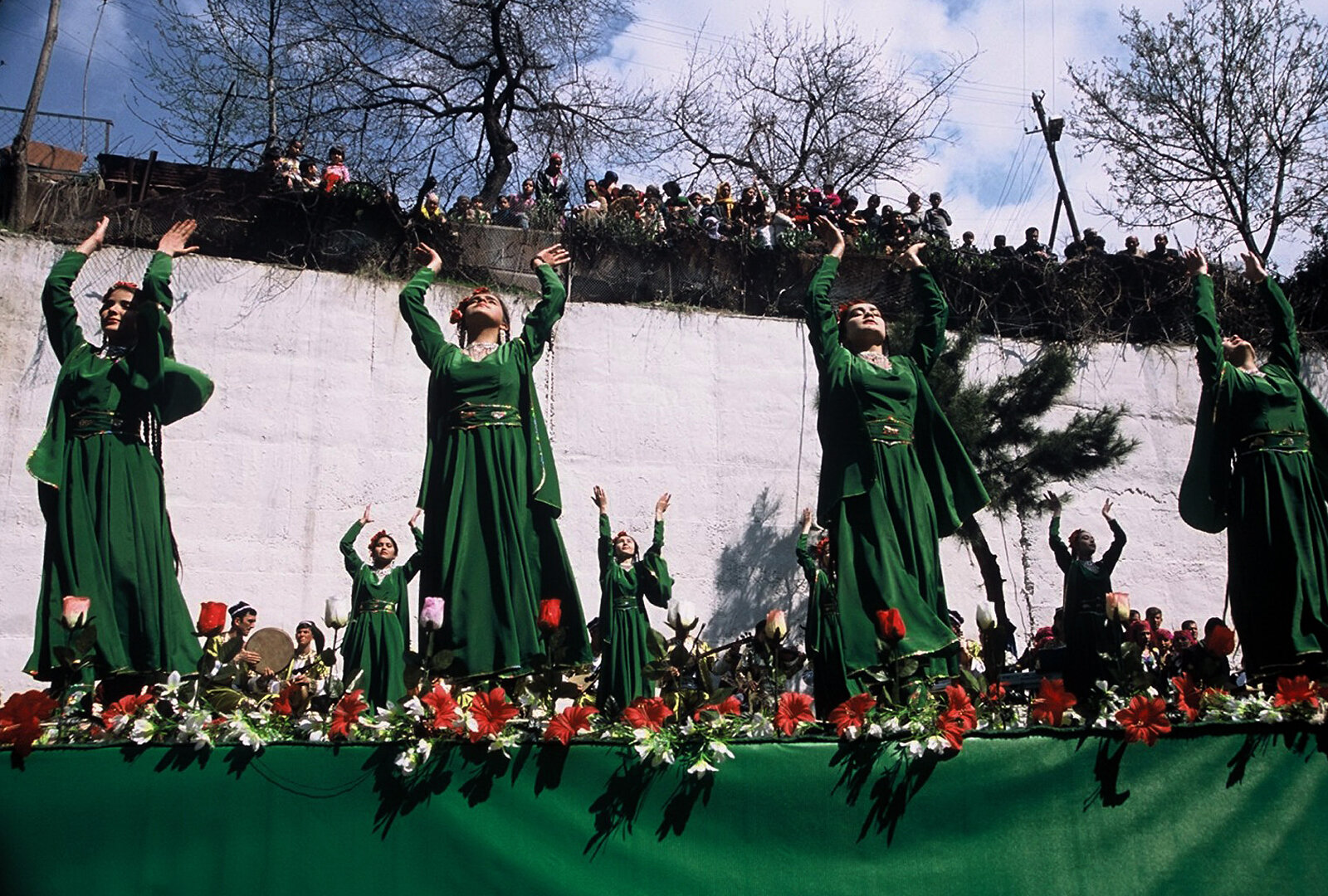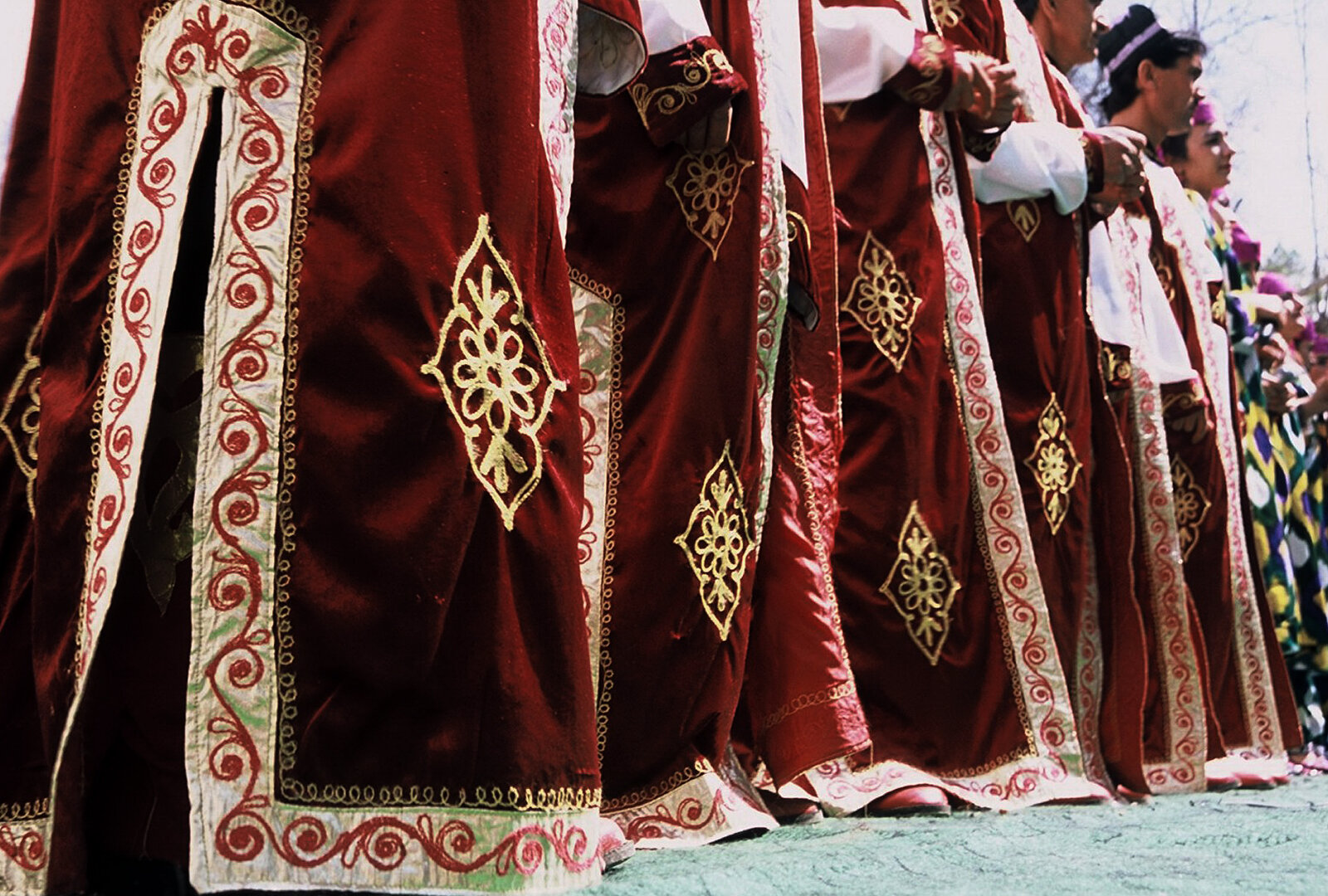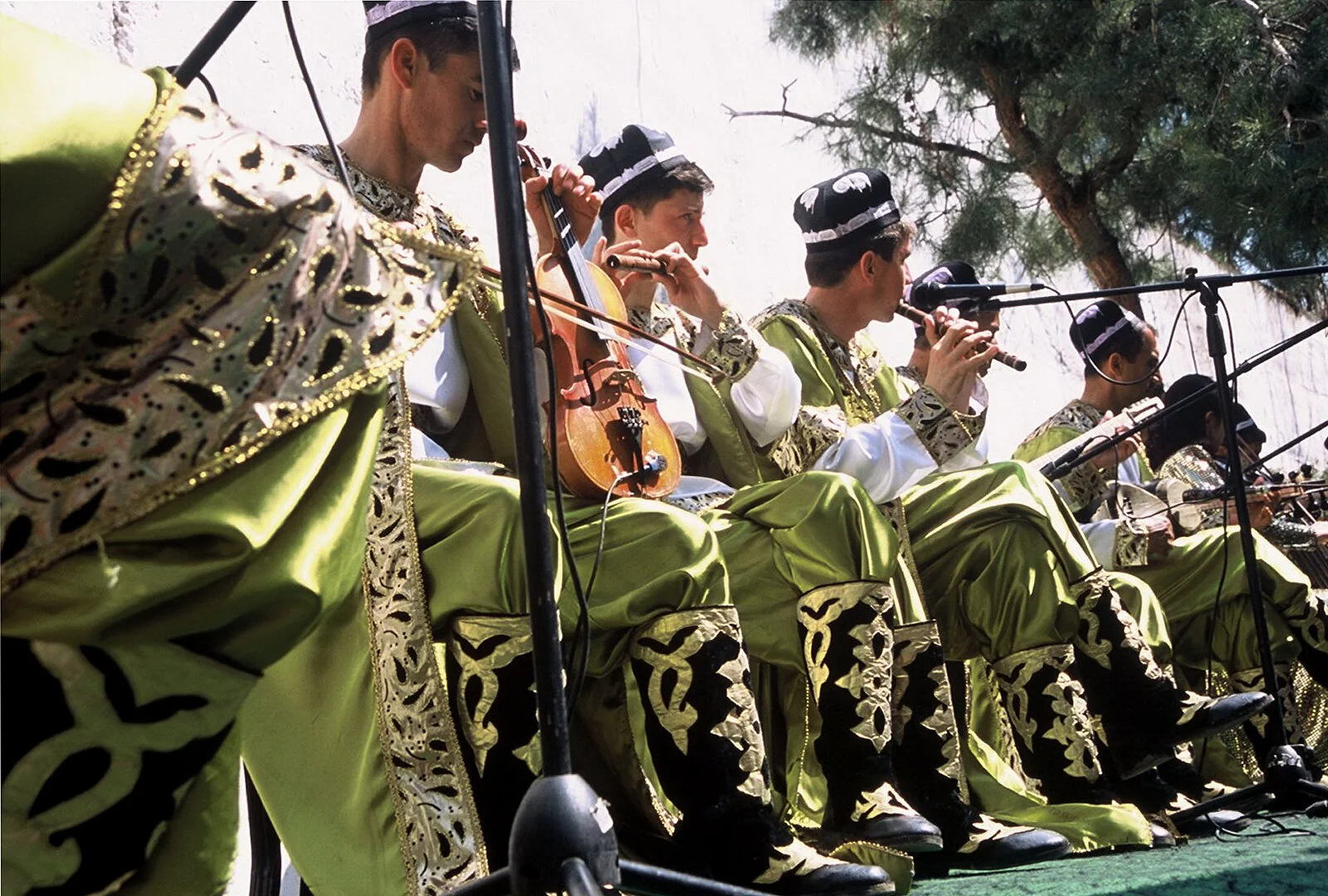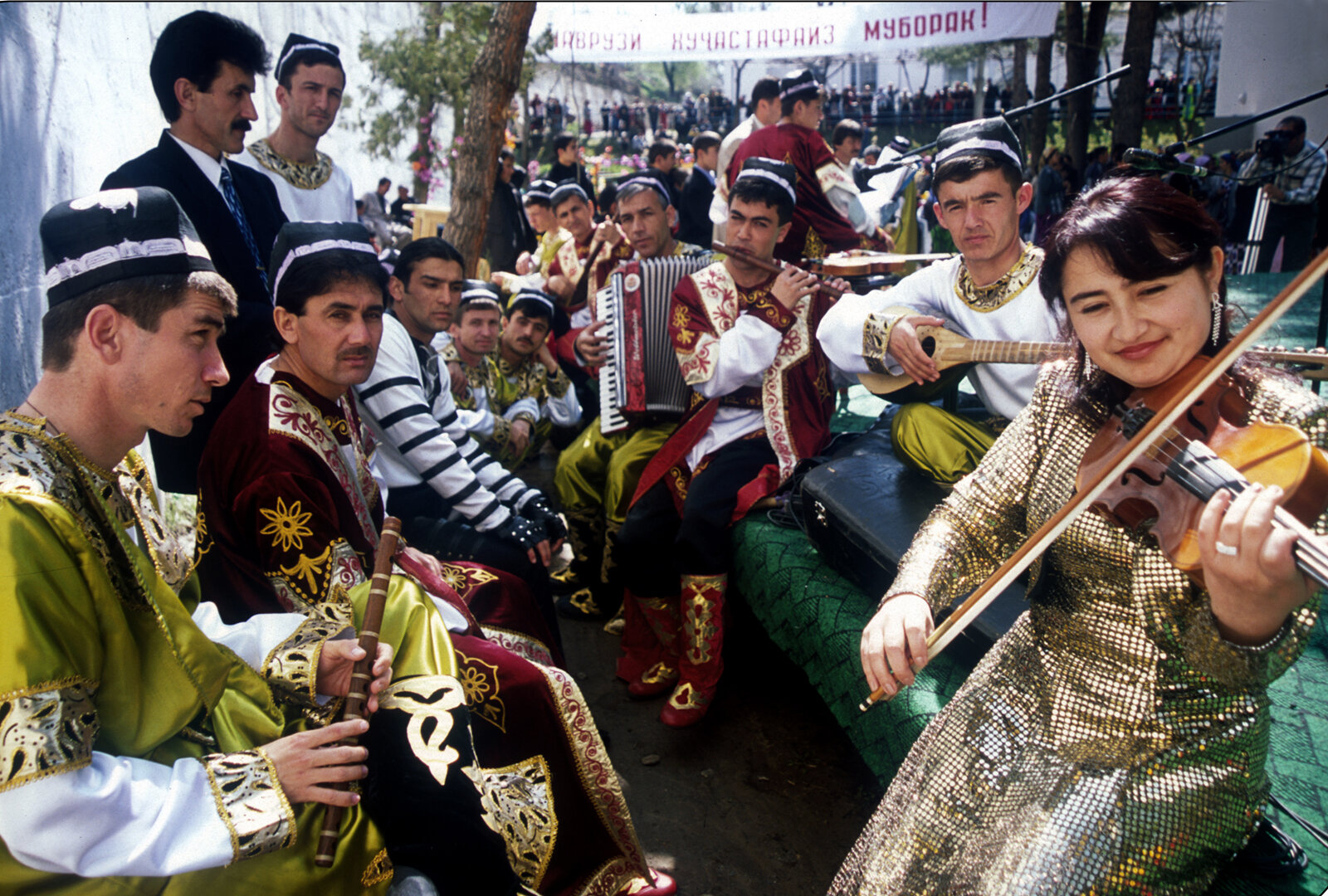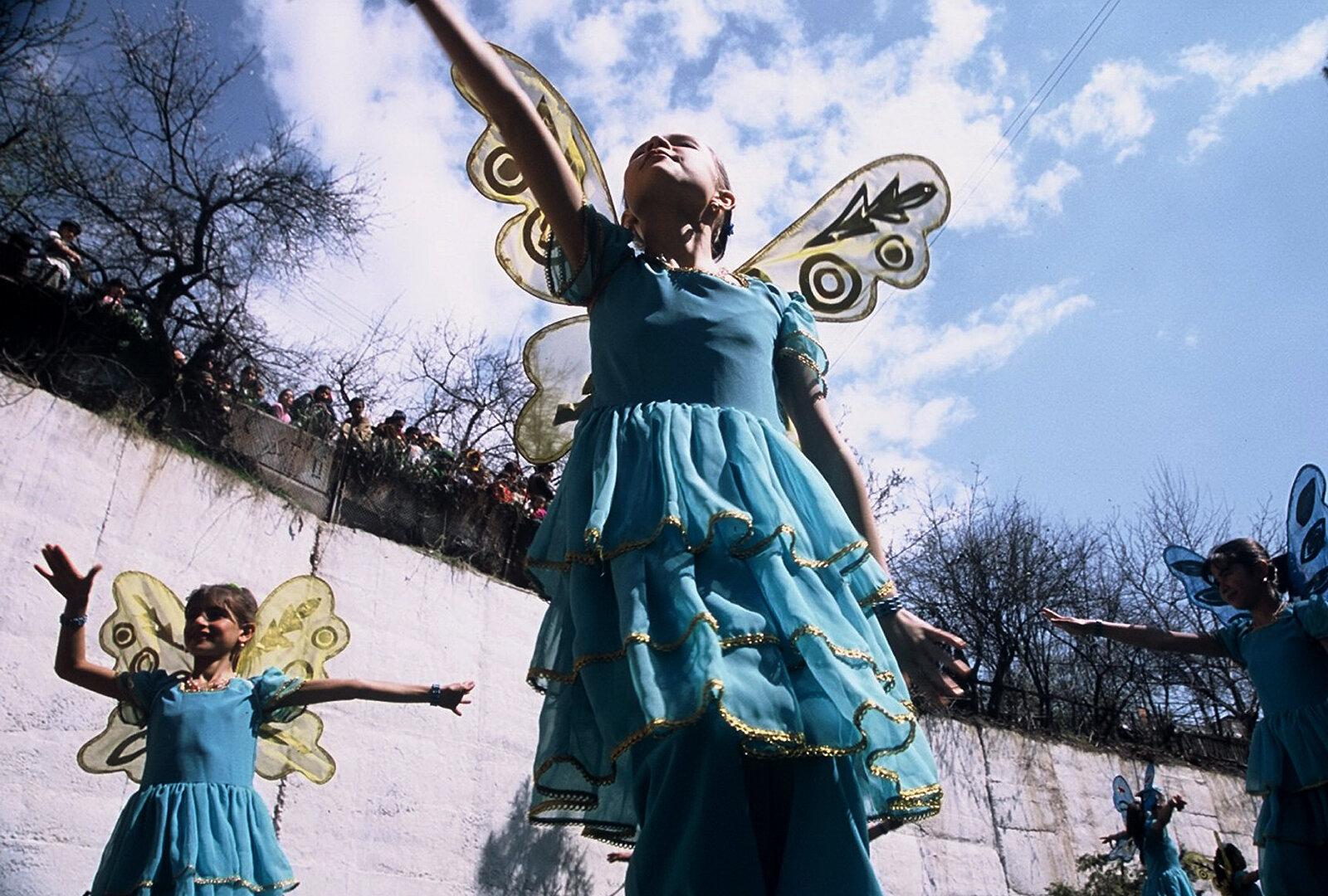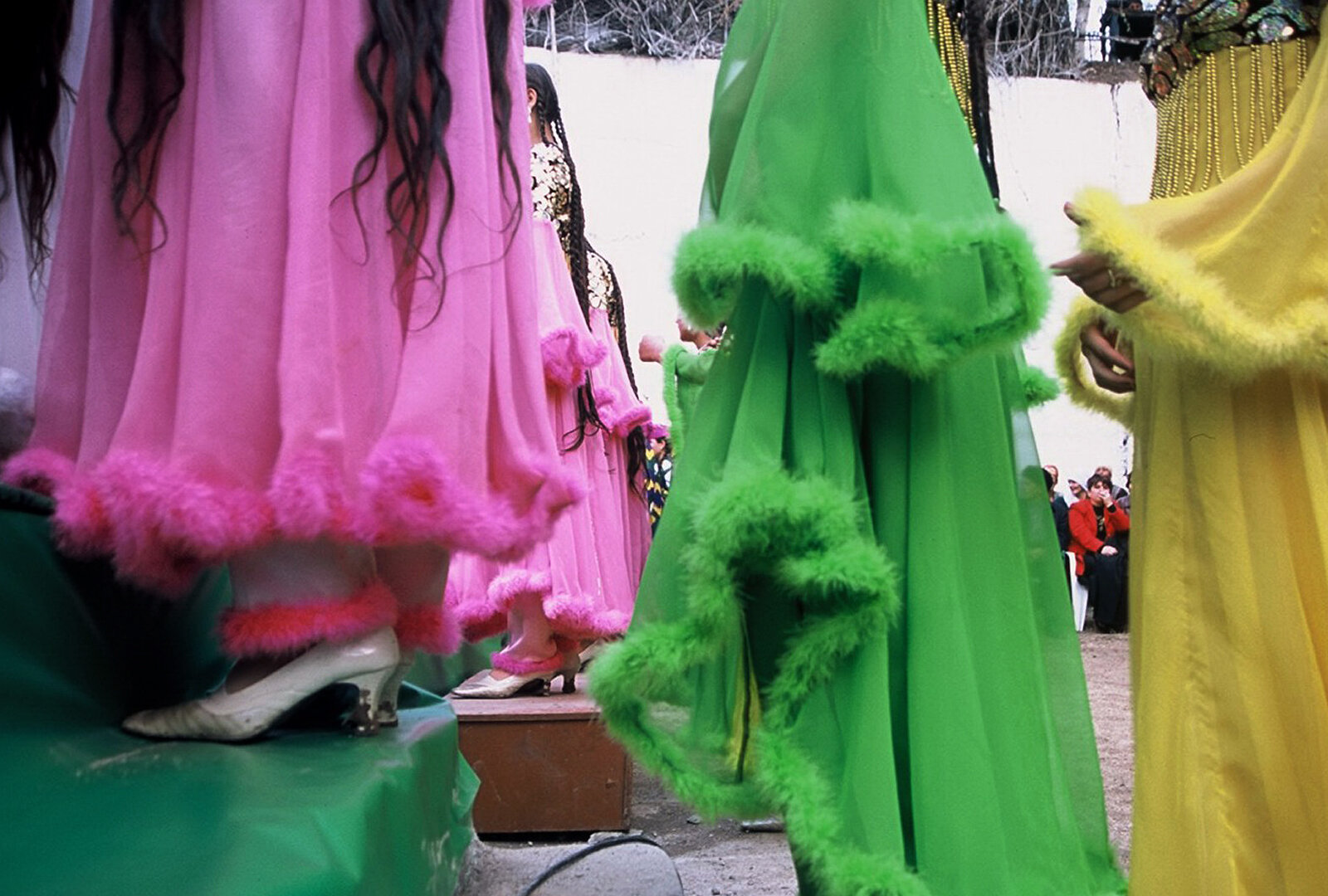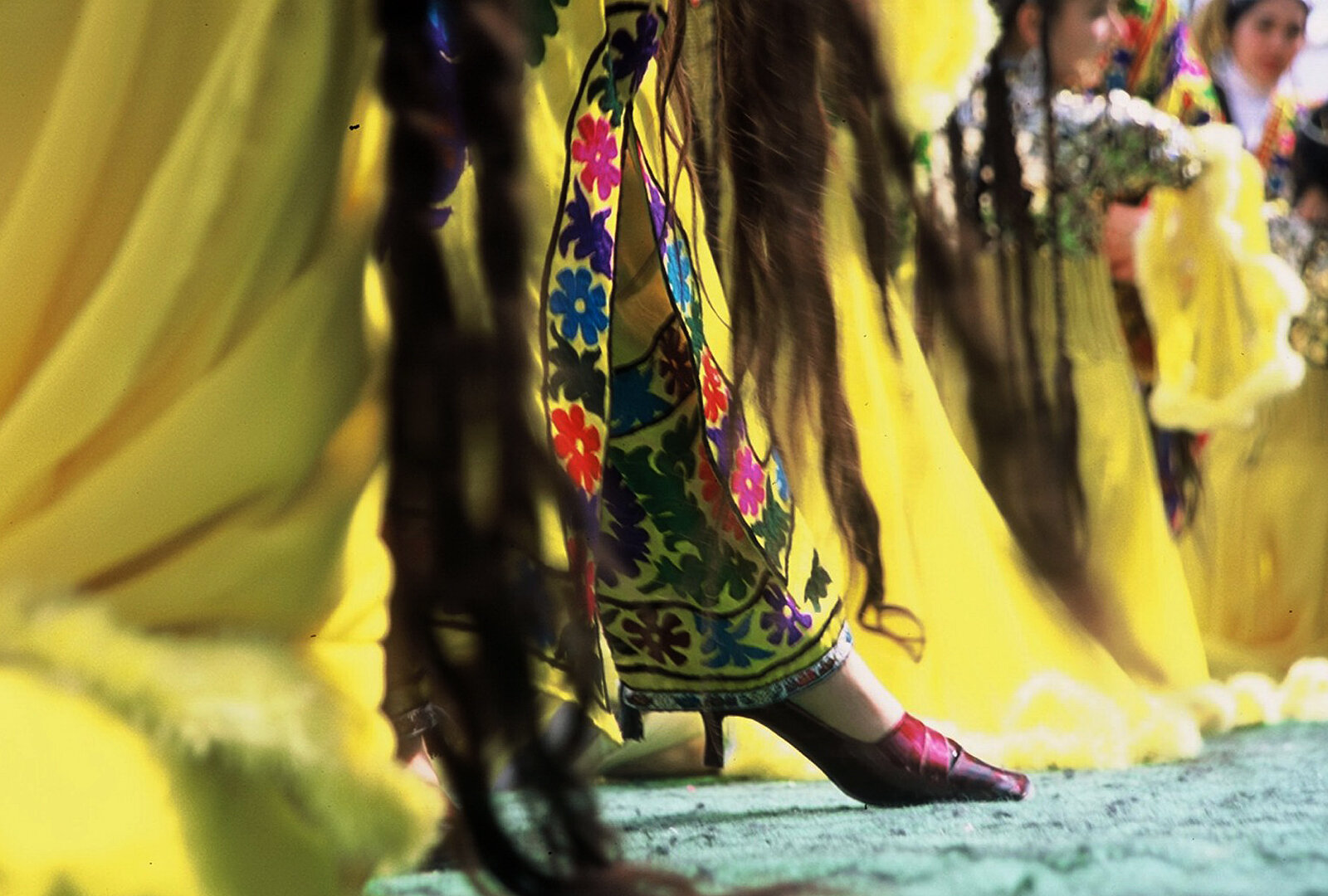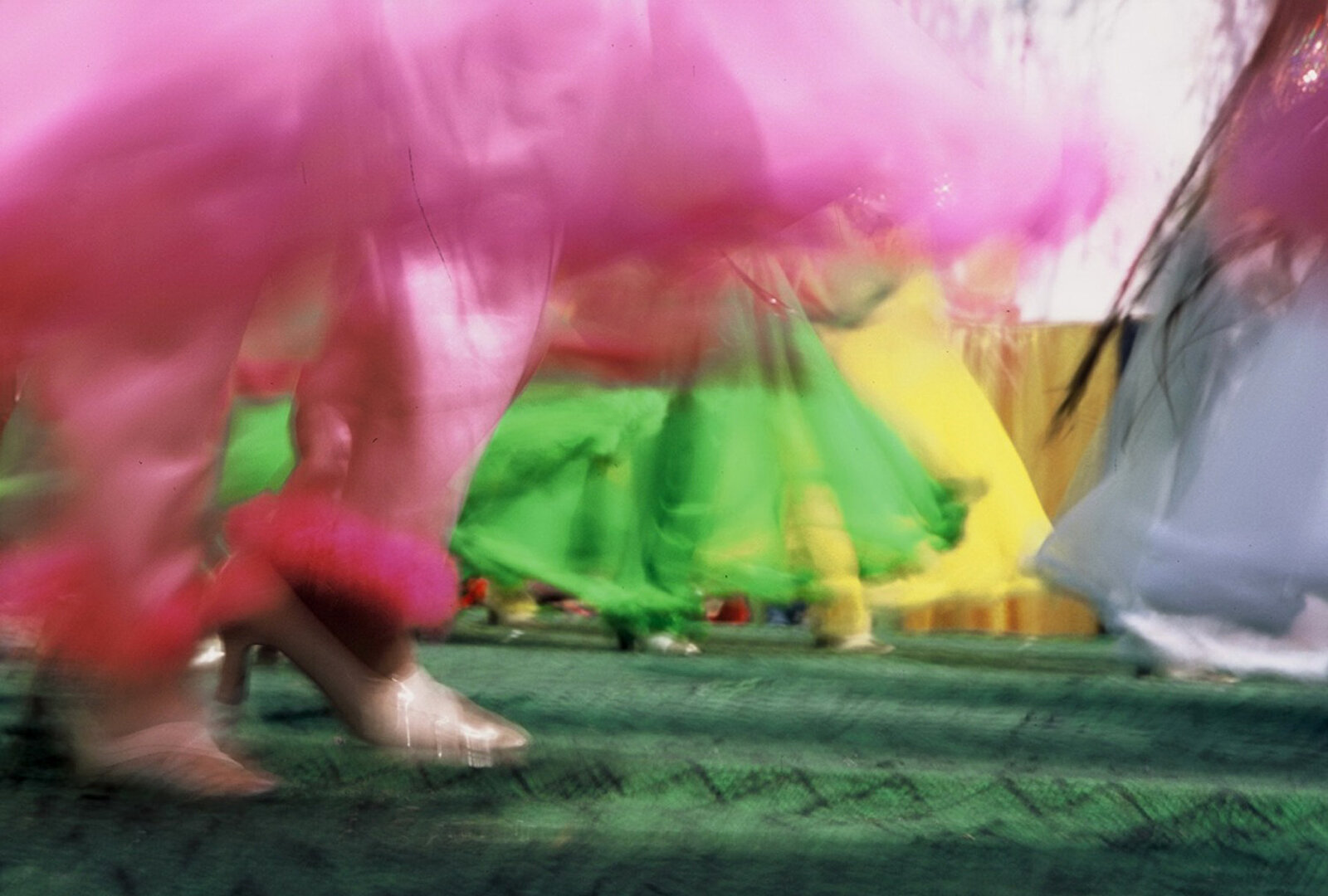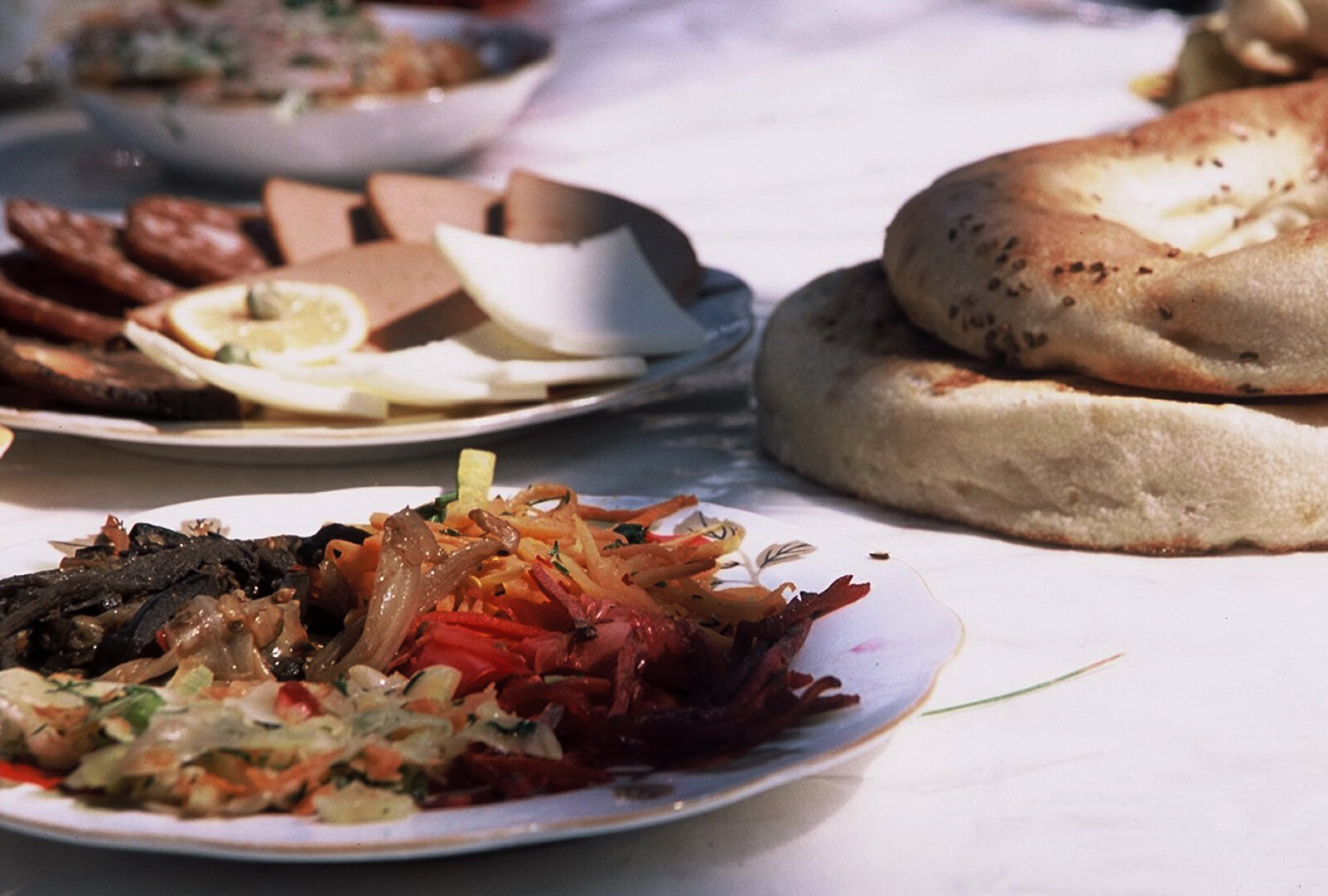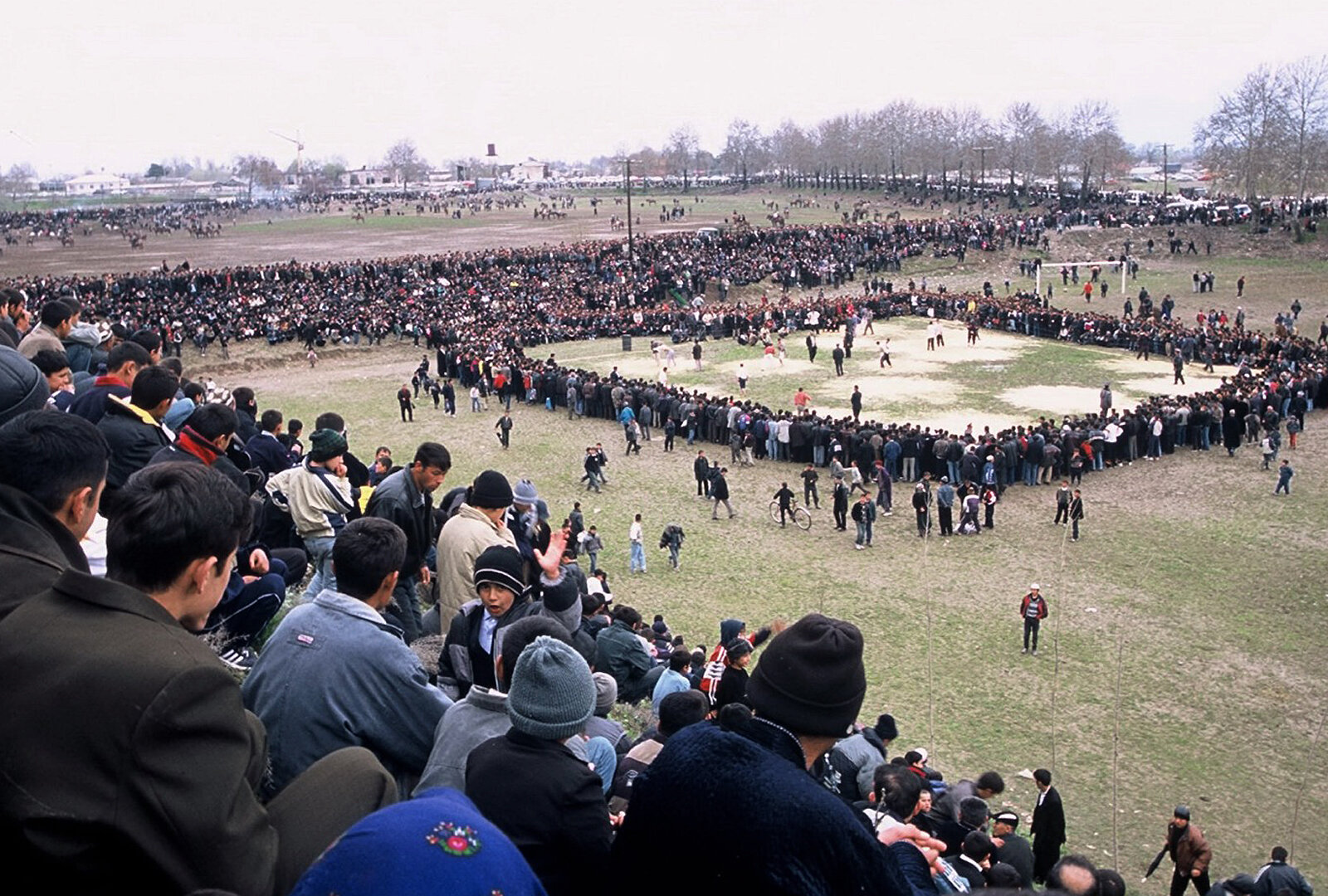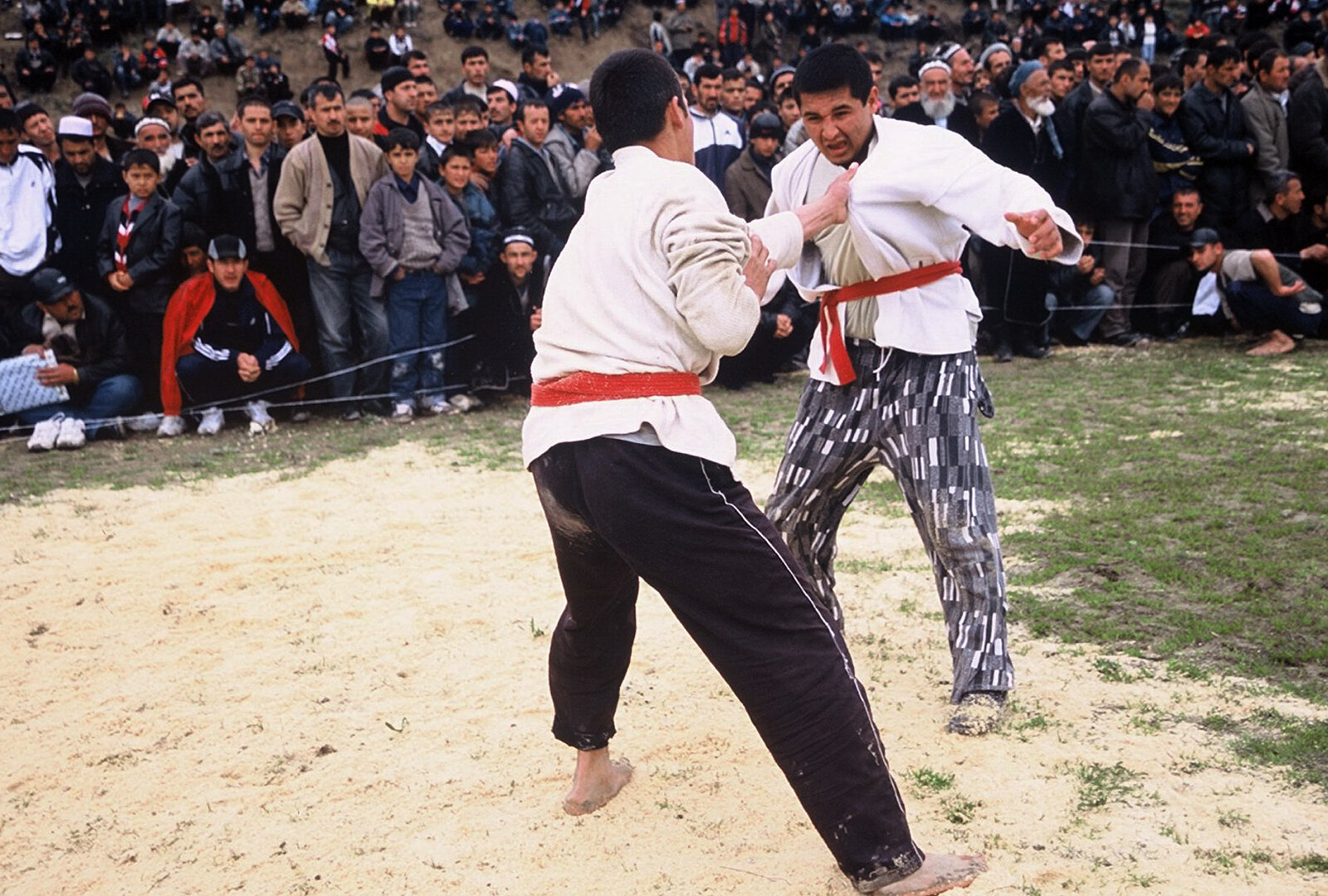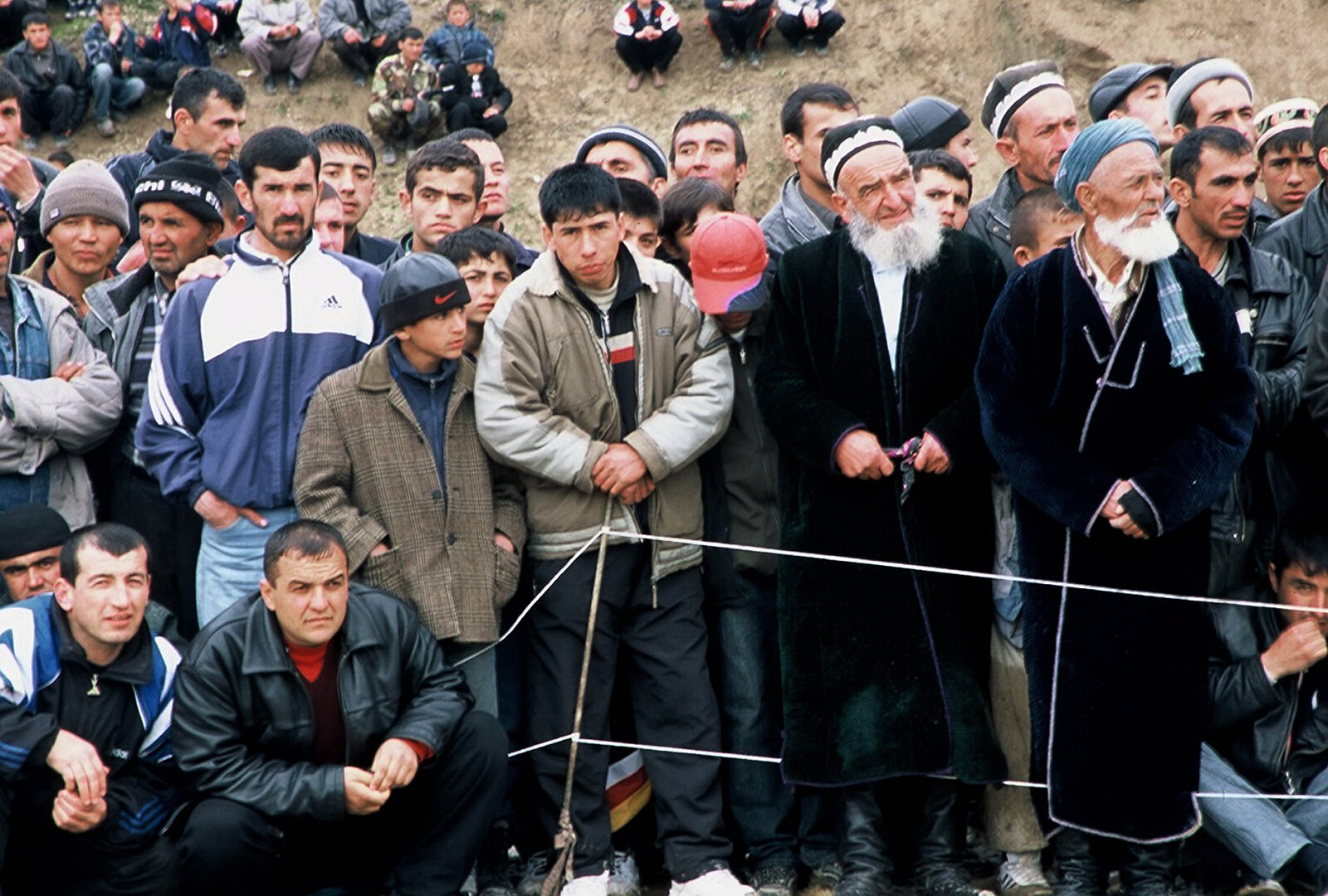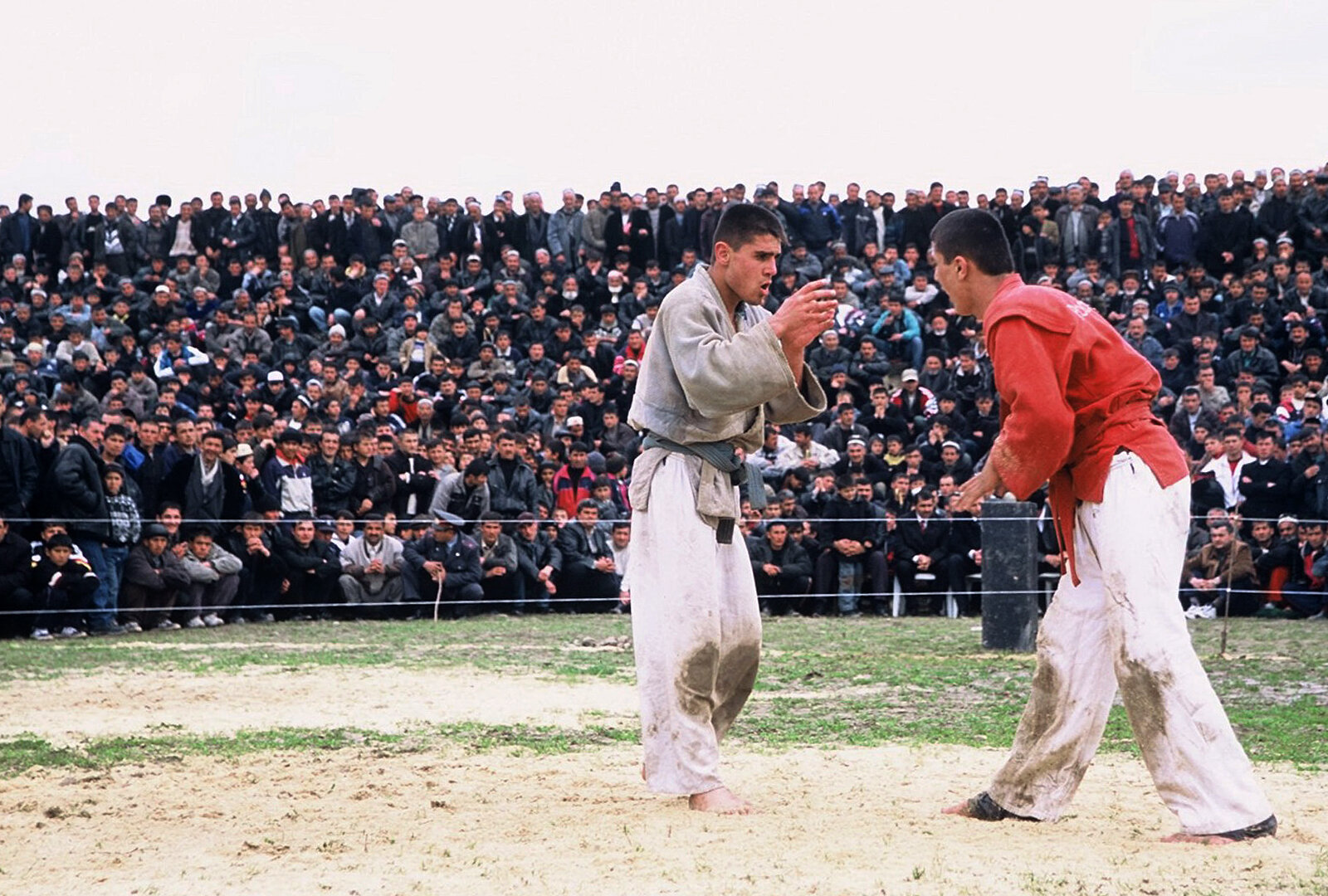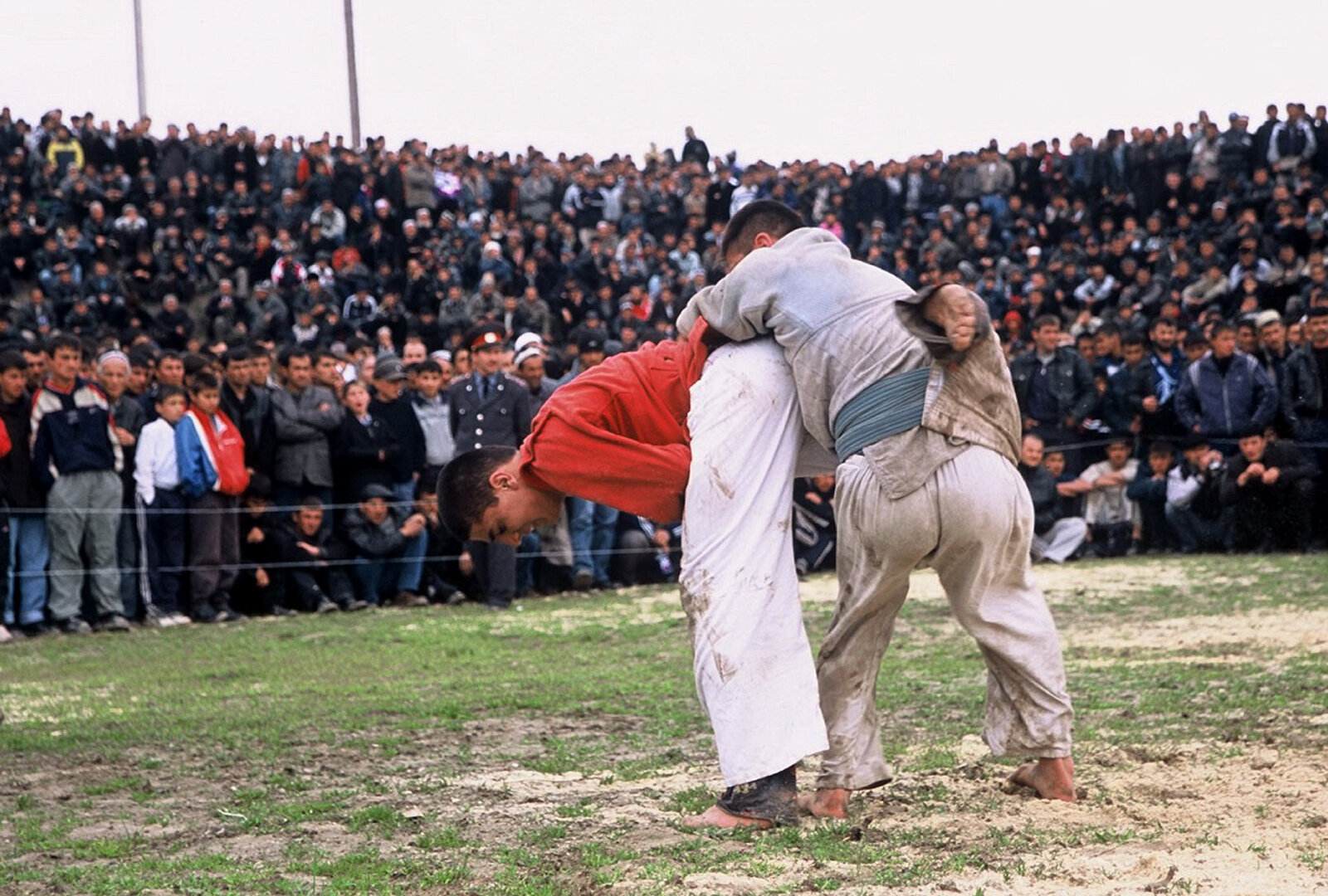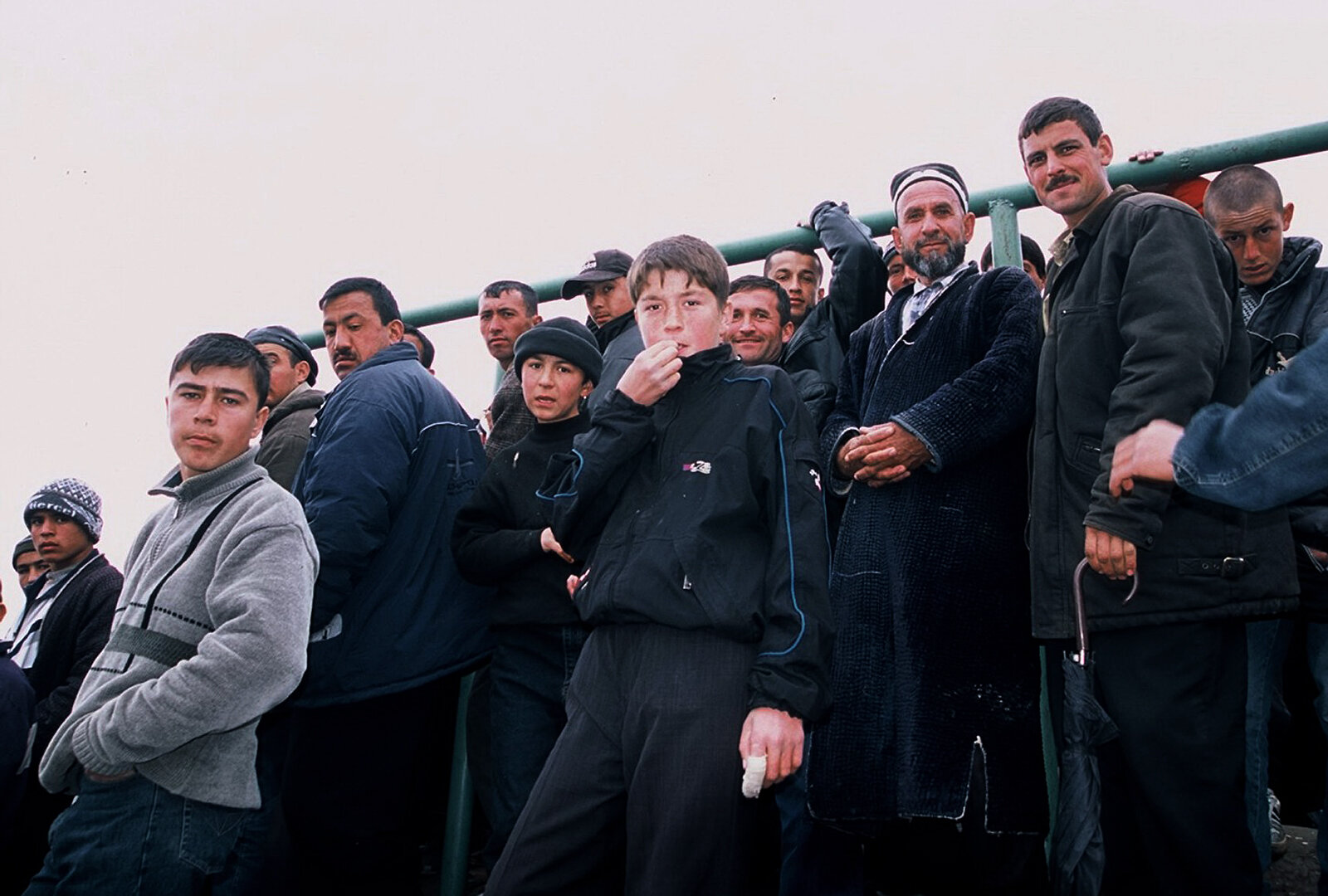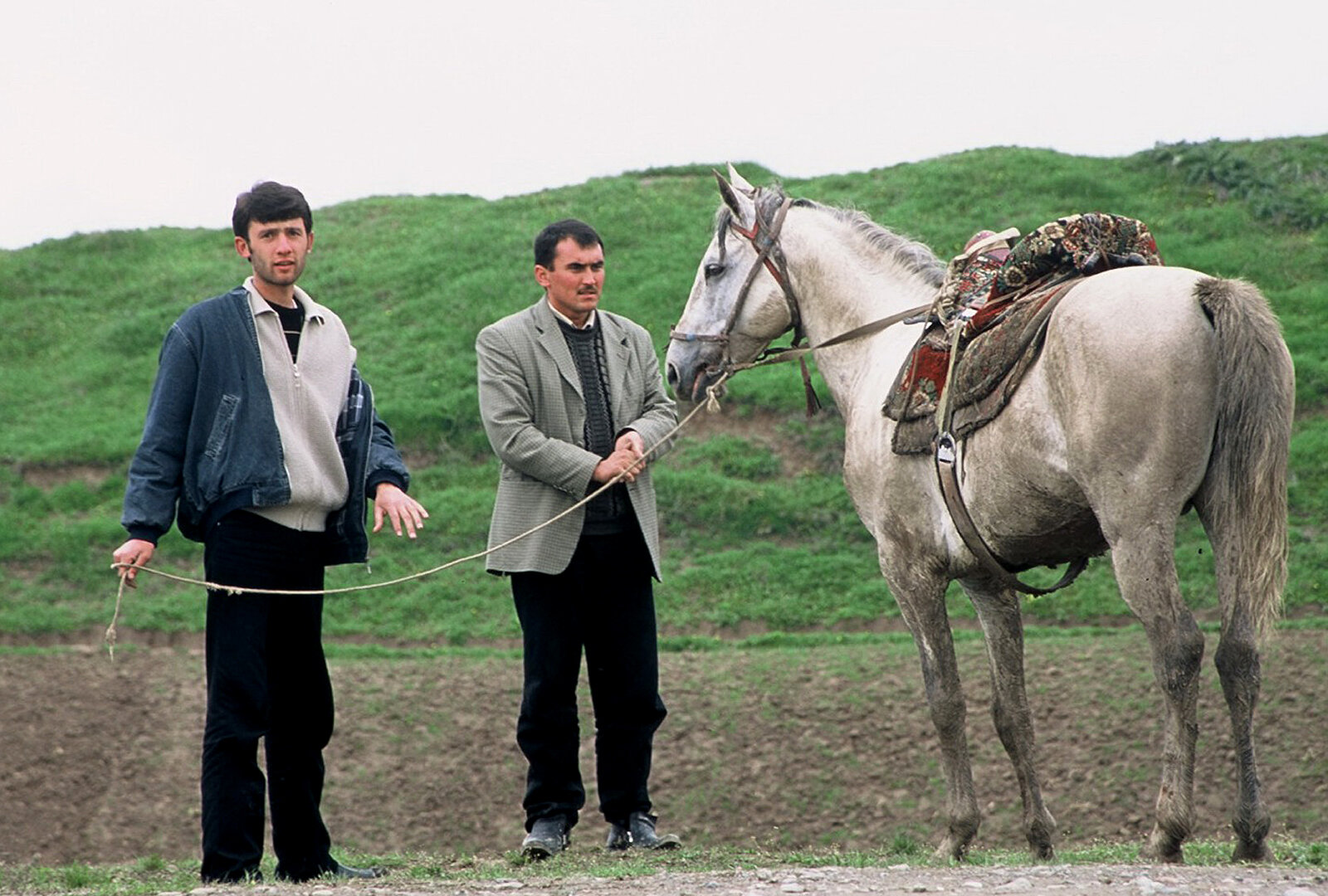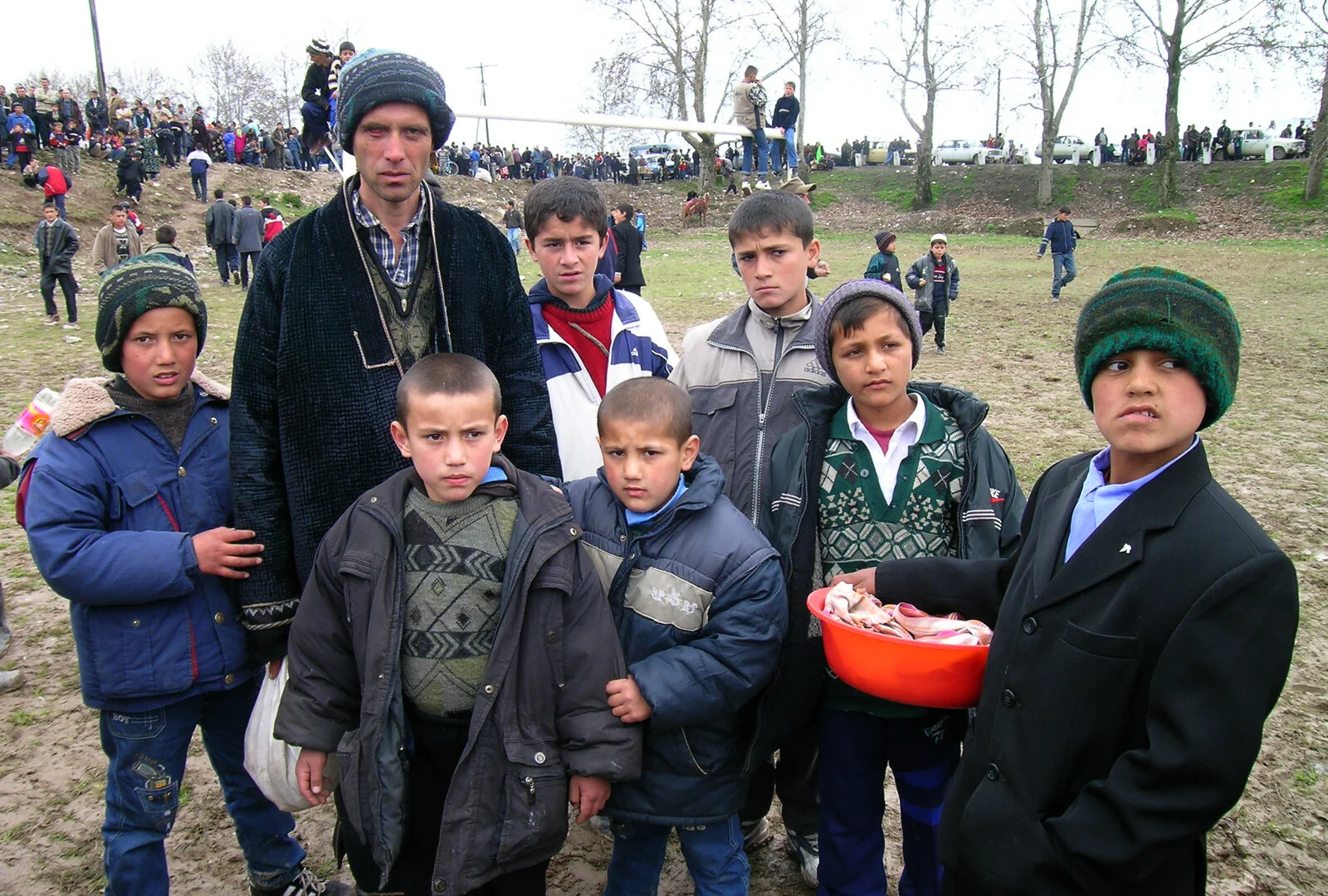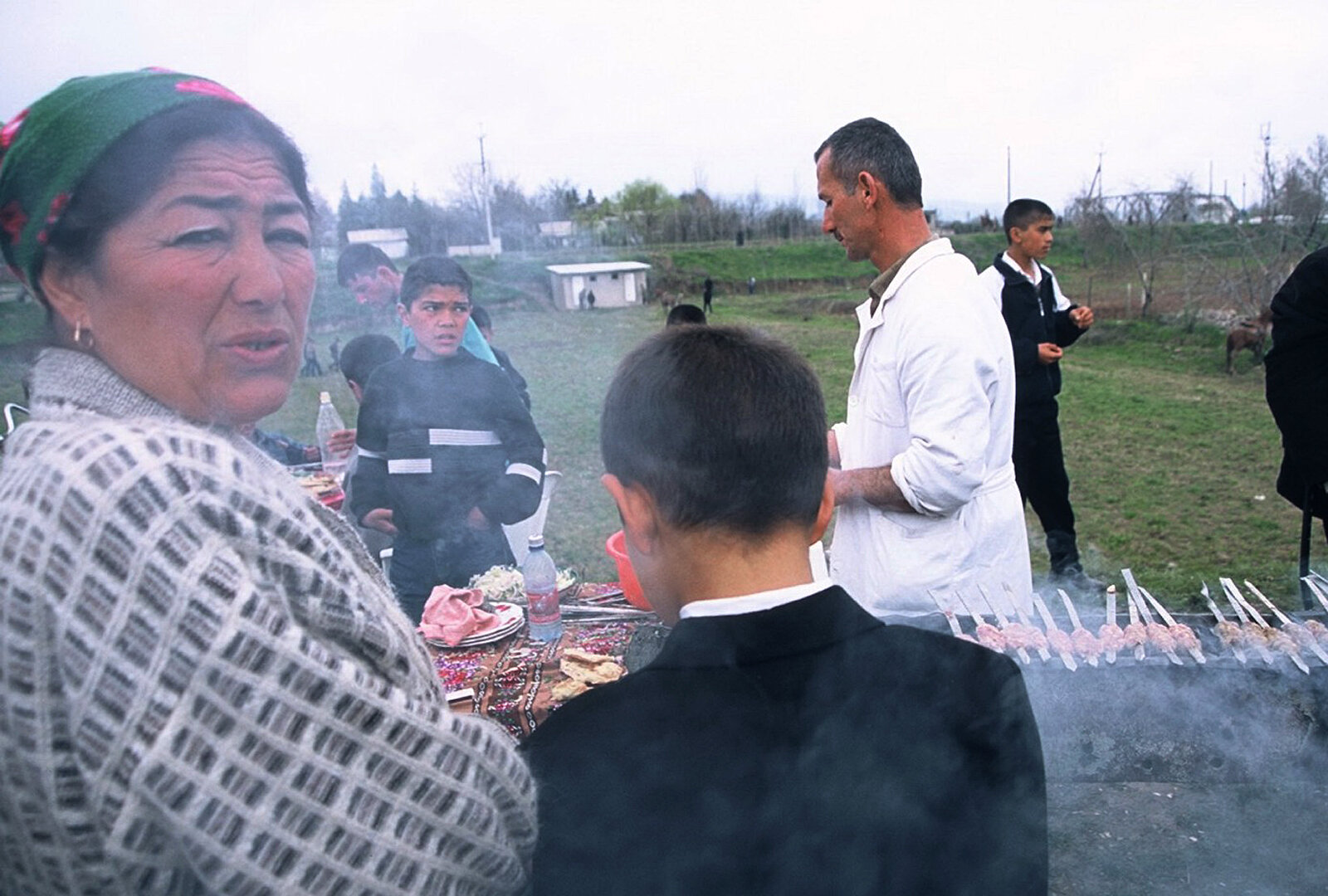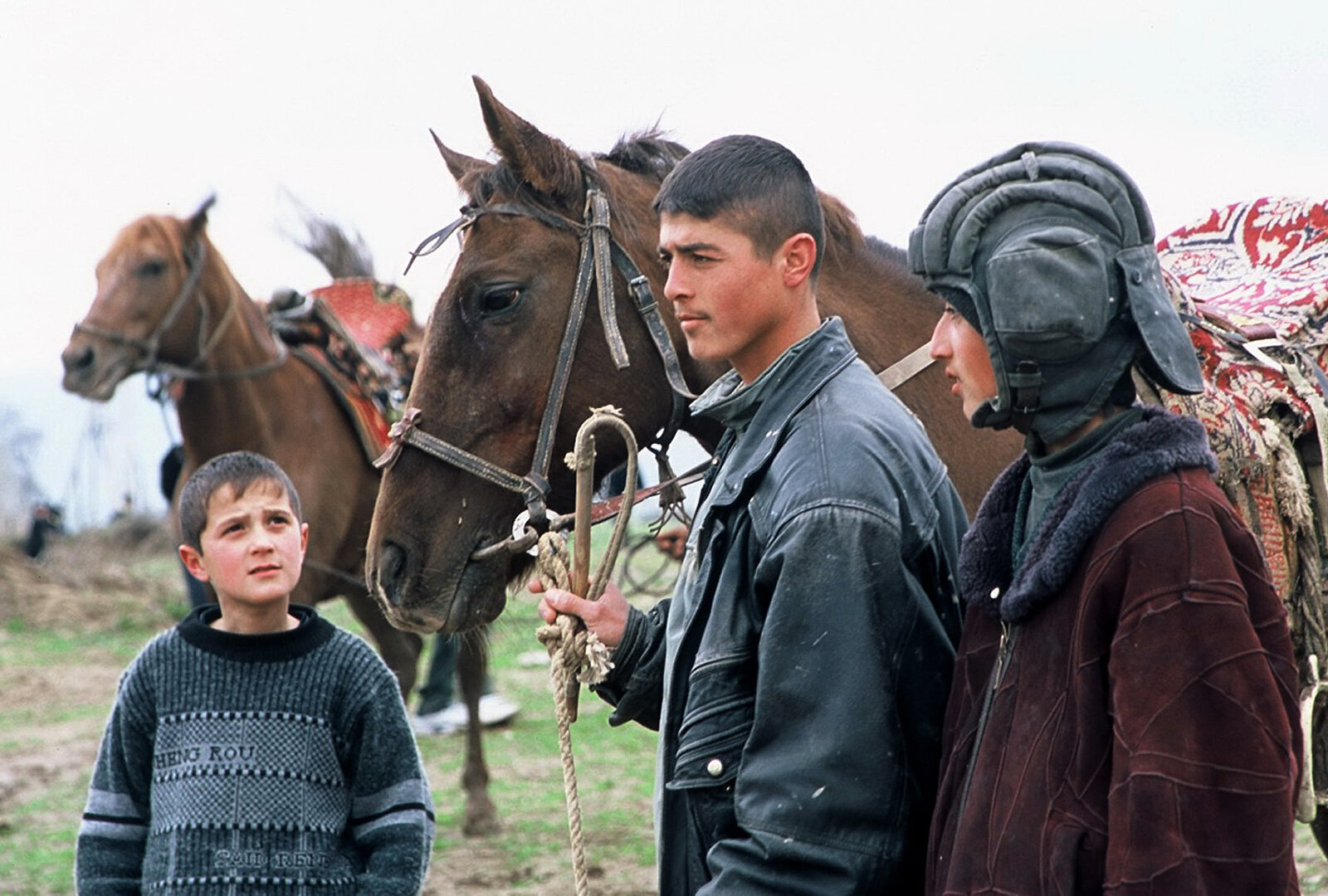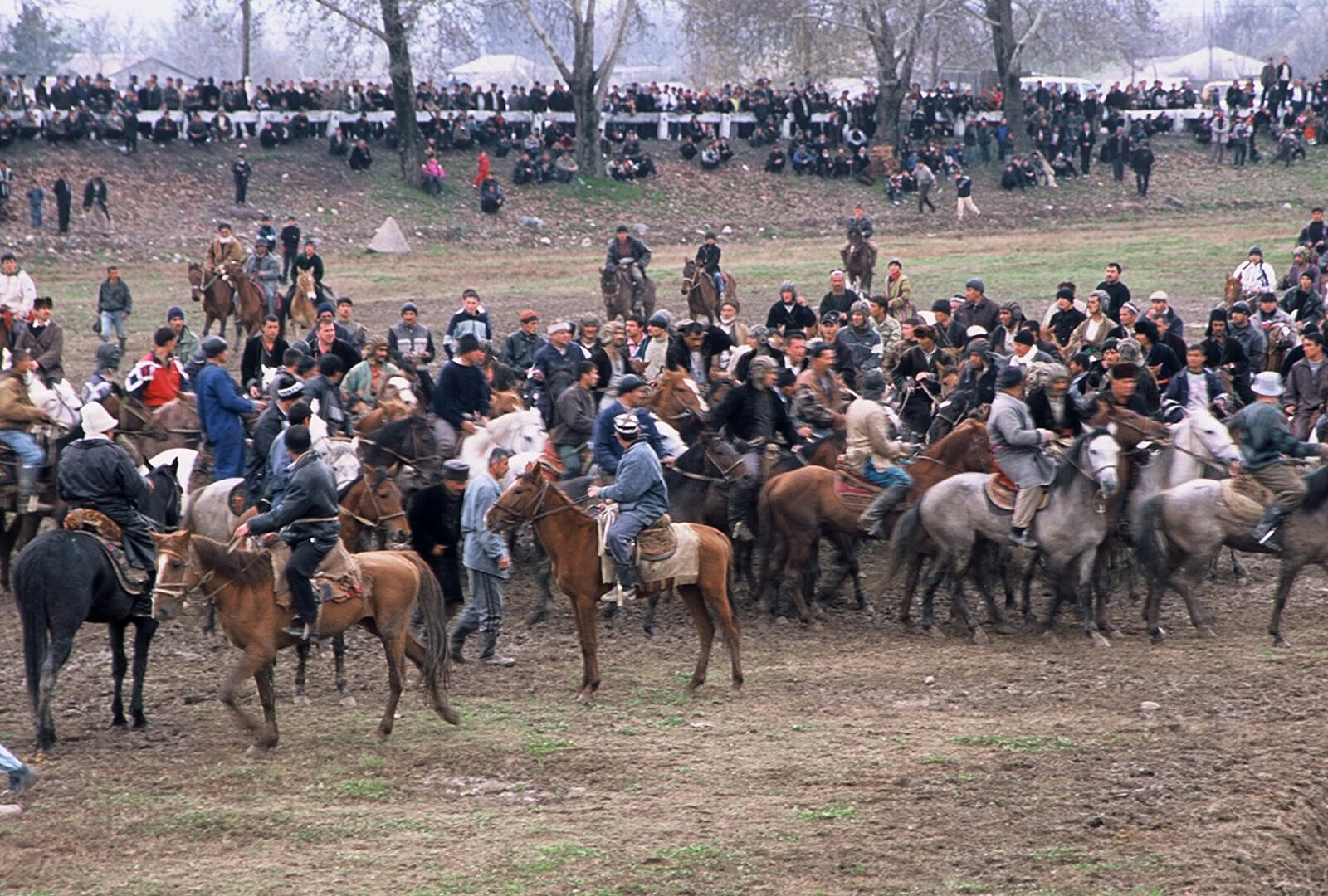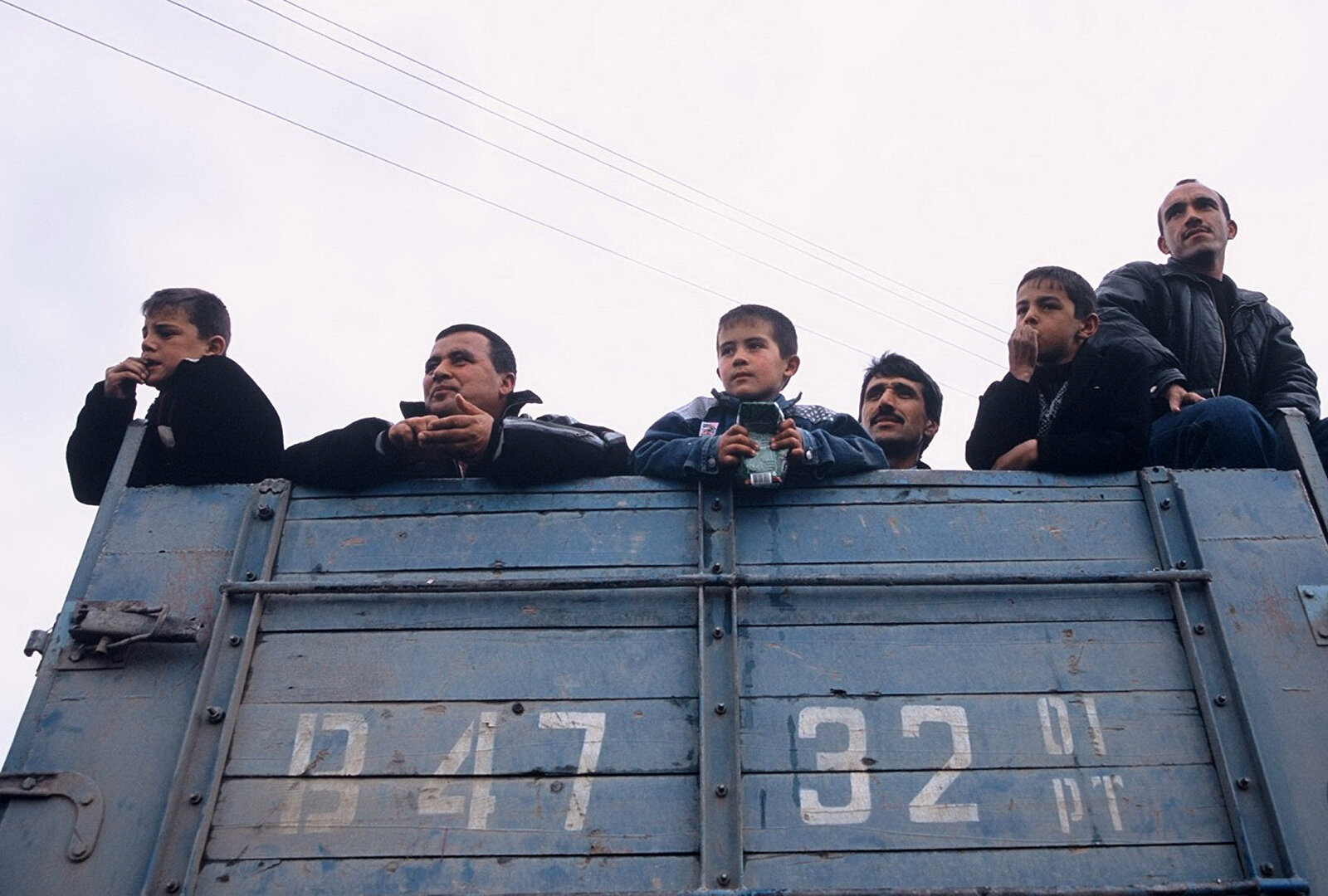DOCUMENTARY COLLECTIONS
A Maldivian Portrait
I had the privilege of learning and working for a year in the Maldives. The projects I supported and observed focused on climate adaptation, food + water security, capacity building for decentralized governance and women’s empowerment…
Inspired by “Humans of New York” concept, this set of images are a sampling of the inspirational people I met when working here, illustrating the people who make up the fabric of this unique country. Comprised of under half a million people, they are sprinkled all over the archipelago, living on 200 out of the 1190 islands. The Maldives relies heavily on its tourism and fishing industries, and nearly a third of its population is made up of migrant workers from neighboring countries. [2015-2016]
THE BEDUIN
While visiting Jordan, I was naturally drawn south to visit Petra, once a metropolis in the 4th century B.C. A thriving city carved in relief in the red canyon walls with gardens, temples, theatres, tombs, villas, markets and camel caravans that linked the east and the west. By the 7th century what remained of Petra was mostly a ghost town, except for a small tribe of Beduin peoples who took up residence in some of the caves on their nomadic routes through the dessert. And many remain, trying to survive off of the benefits of tourism, agrarian practices, and various forms of development funding. As awestruck as I was by the intact and extravagant architecture of Petra, my heart was captured by the Beduin, in somewhat of a struggle under these modern day development constructs which has eroded their traditional way of life and economic well-being. [These were photographed with HP5 film on a 1978 Rollie35, 2017]
WOMEN + LIVELIHOODS
My research and interests continue to investigate how changing forces, like climate change, political shifts or the fickleness of tourism and export markets impact marginalized communities. I am particularly interested in the economic and cultural opportunities vs the potential challenges that may arise. These images explore the resilience and adaptability of women, as entrepreneurs and familial providers in these changing contexts.
TAJIKISTAN: REVIVAL OF FALAK + B-ROLL
Thanks to film-maker Najeeb Mirza, I contributed to a very small crew to document the revival of Falak in Central Asia for a short film, partly funded by Canada’s National Film Board. Falak music translates as ‘heaven’, ‘fate’ or ‘universe’. Lyrics, often drawn from Sufi poetry, involve themes of love, human separation and suffering. This style of music, a deeply integrated cultural practice, was suppressed and hidden under Soviet rule in Tajikistan until independence in 1991. Then civil war erupted and did not end until 1997. Finally, in 2004, Musicians came to Dushanbe from all over the traditional Badakhshan Pamir region: Afghanistan, Kyrgyzstan, Uzbekistan as well as Kazakhstan for a conference to mark a festival of cultural revival. This work influenced the direction of my Masters degree.
The first few images in this set are favorites from an exhibition I curated (of Falak performers, a master instrument maker and a herder, many hearders sing Falak). The remaining images are b-roll—lesser images that got filed and forgotten, but stand out to me now. They are simple, off-the-hip observations I made as we moved through rural and urban settings and experiences. [Shot on E-6 or Ilford HP5, 2004]




